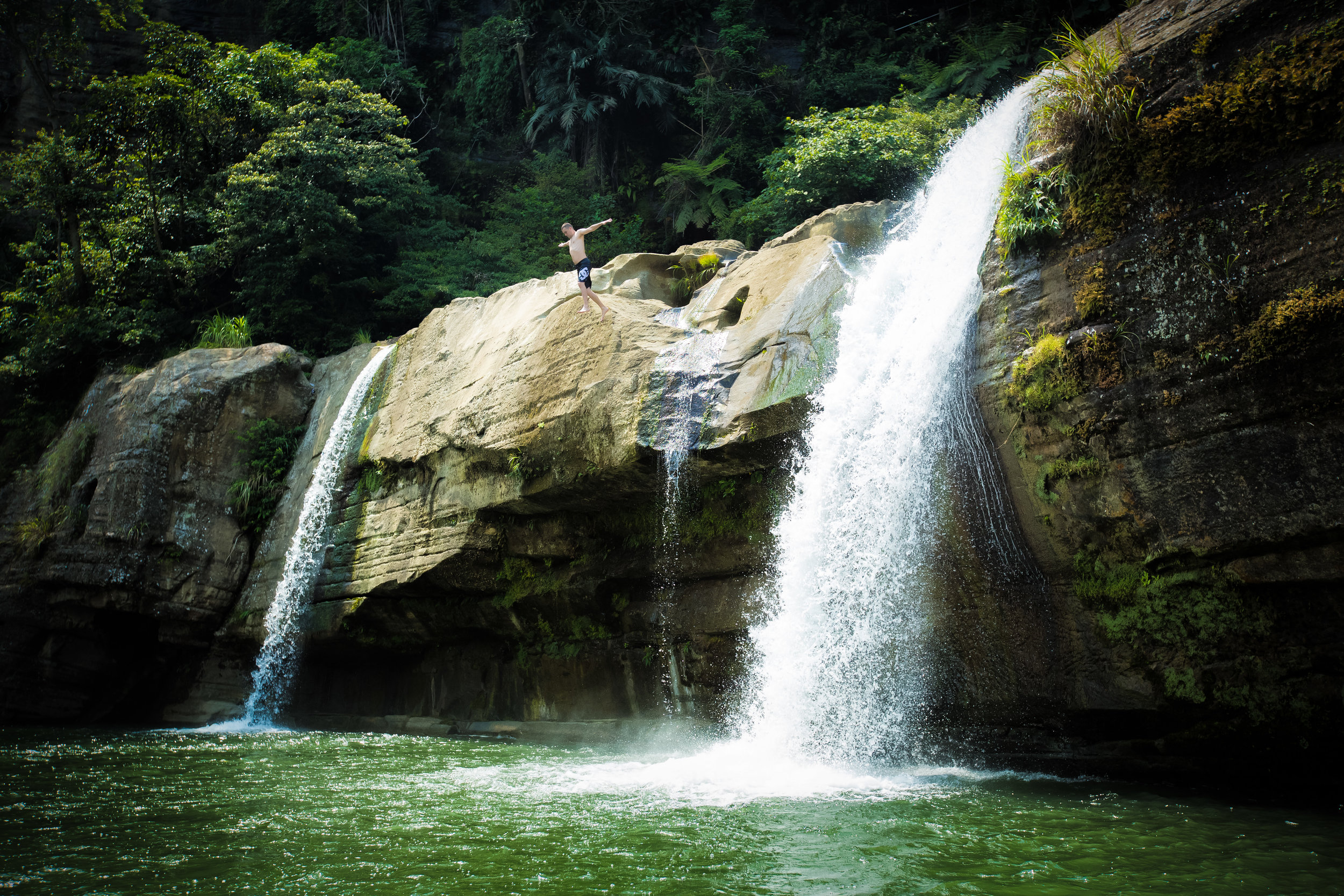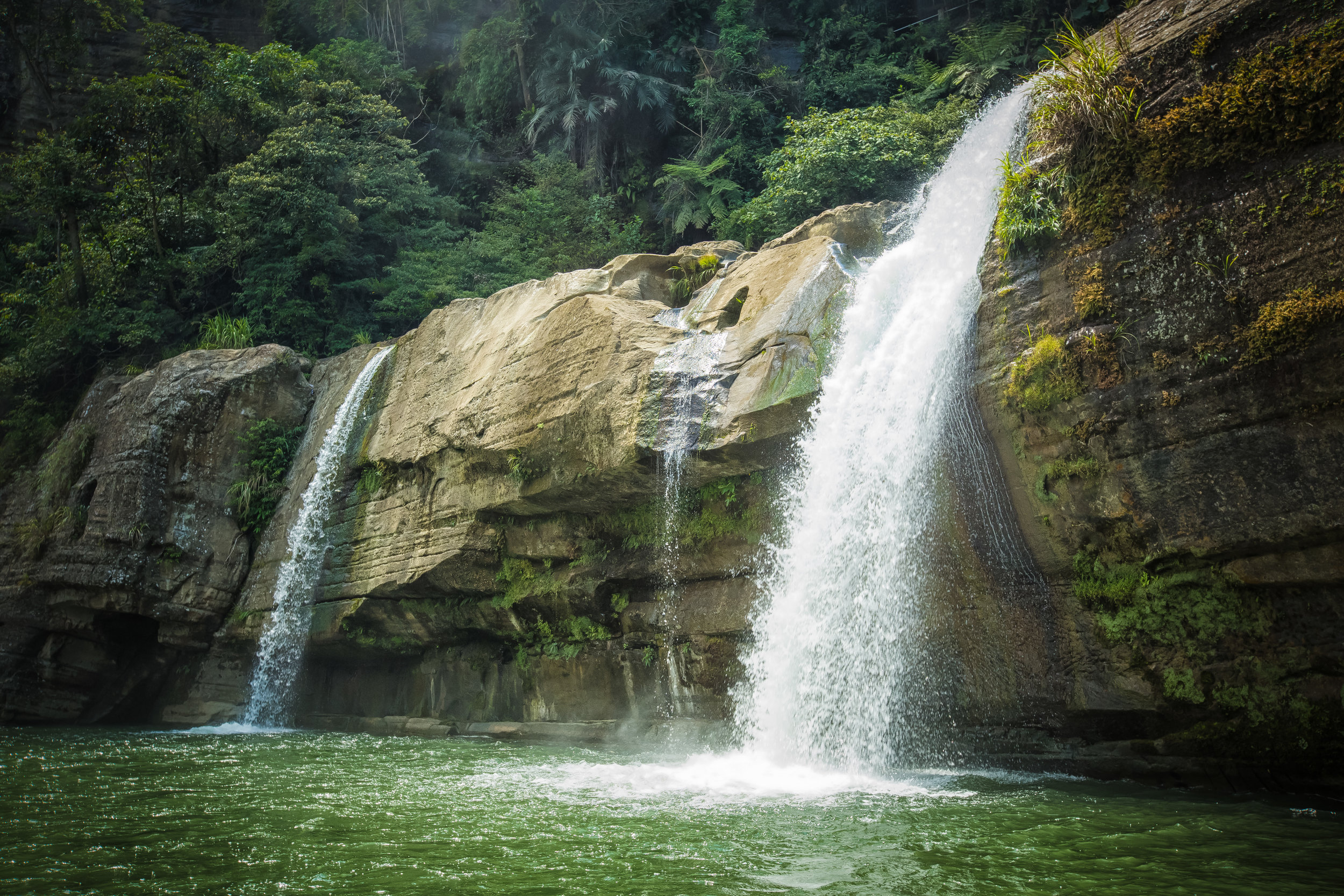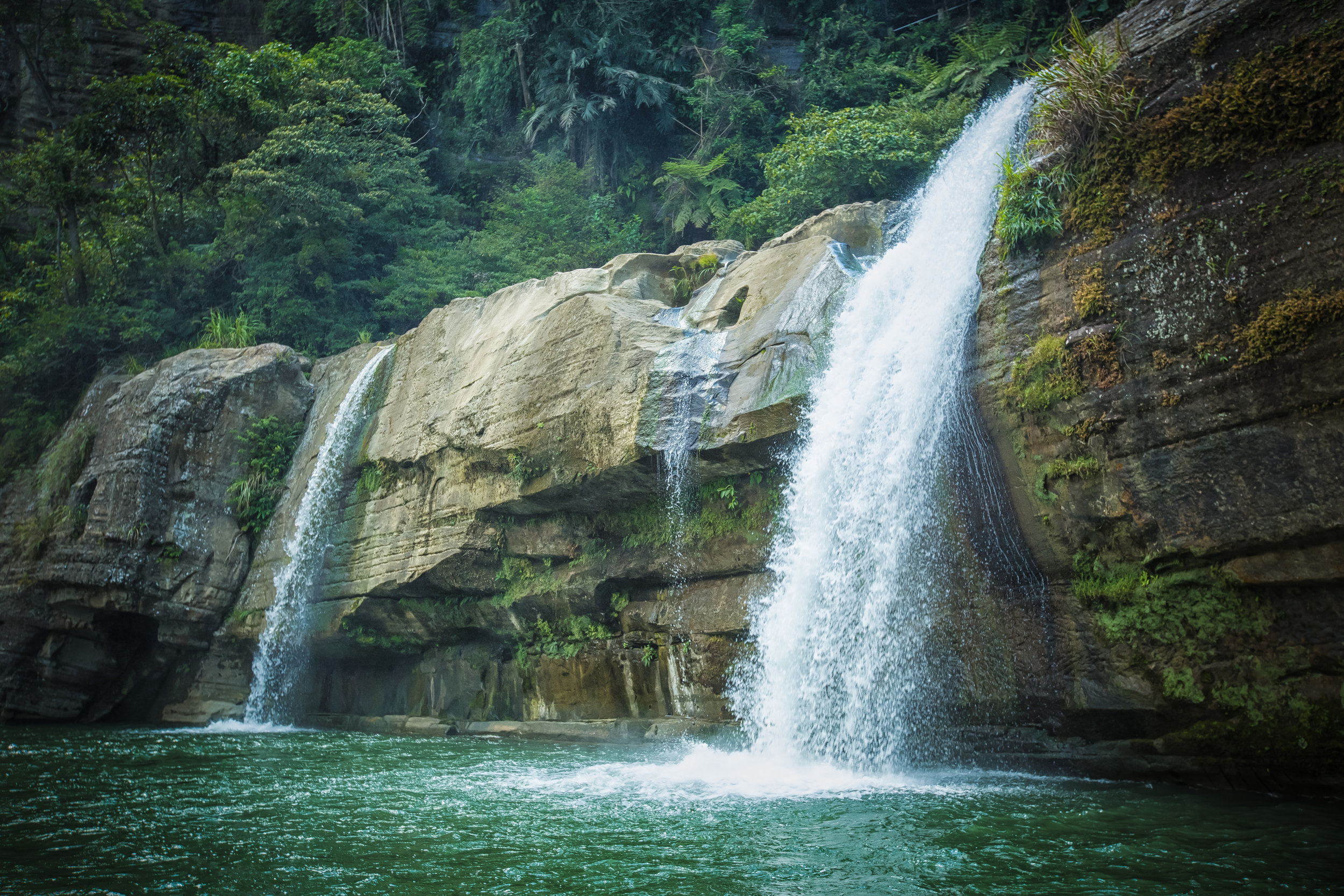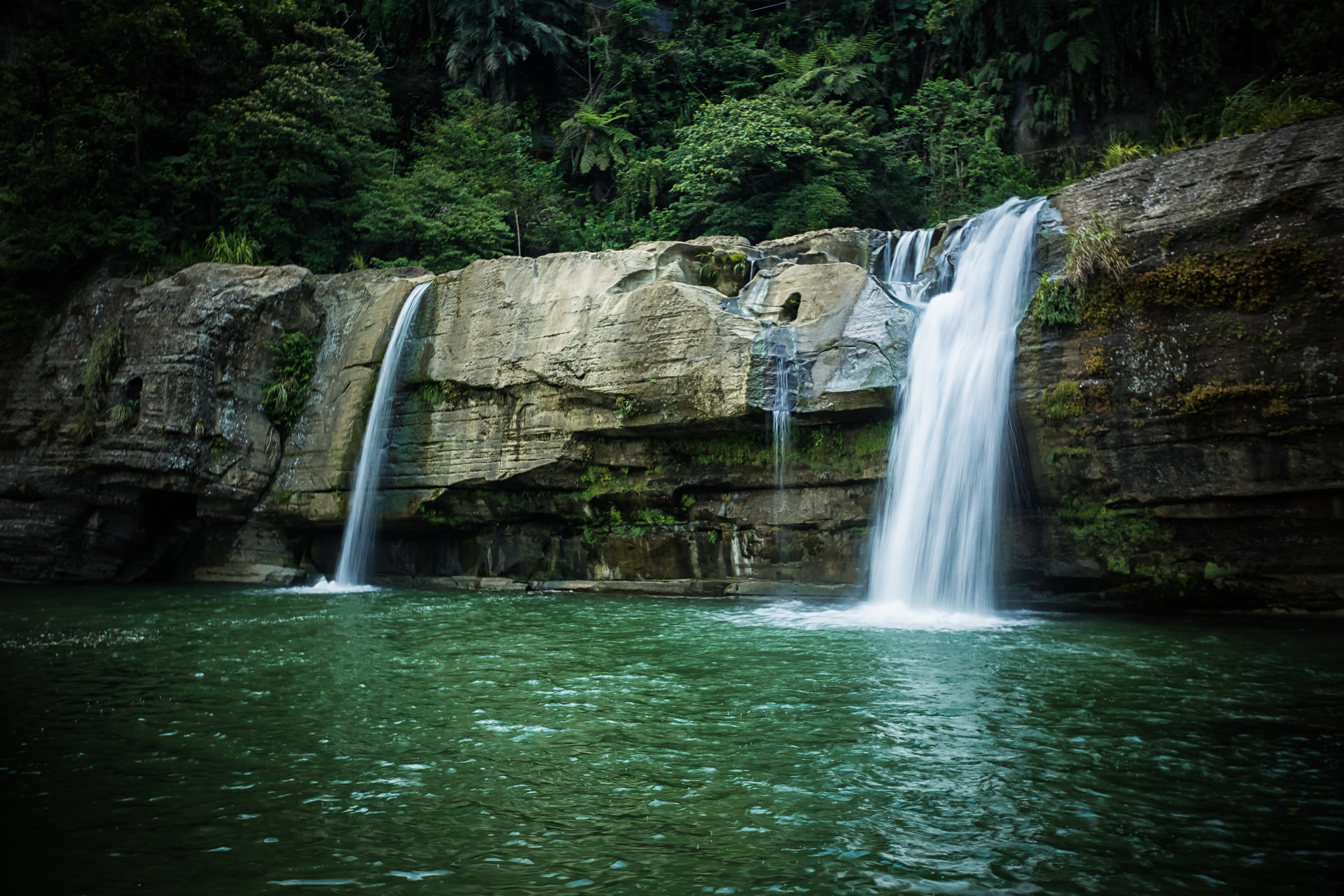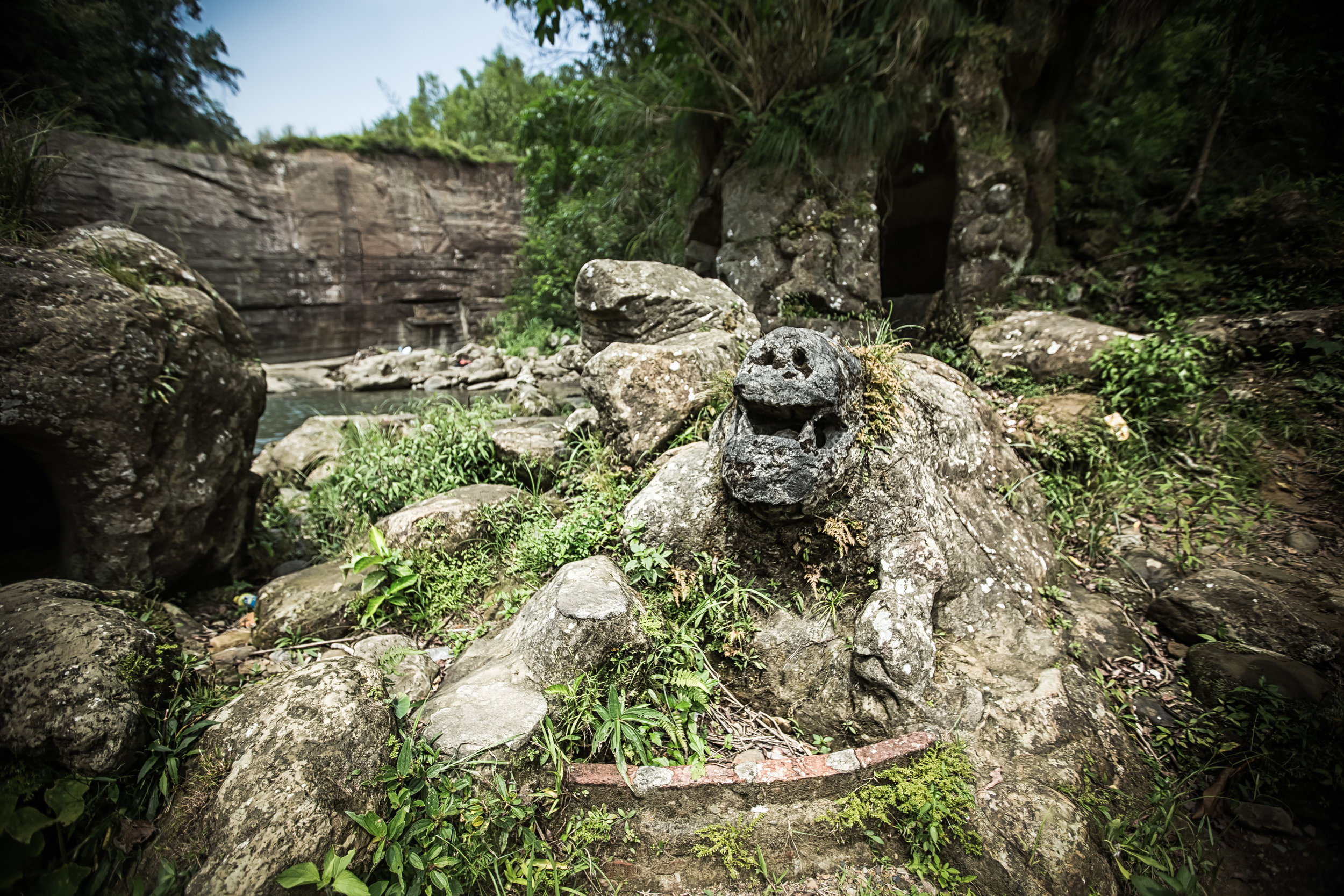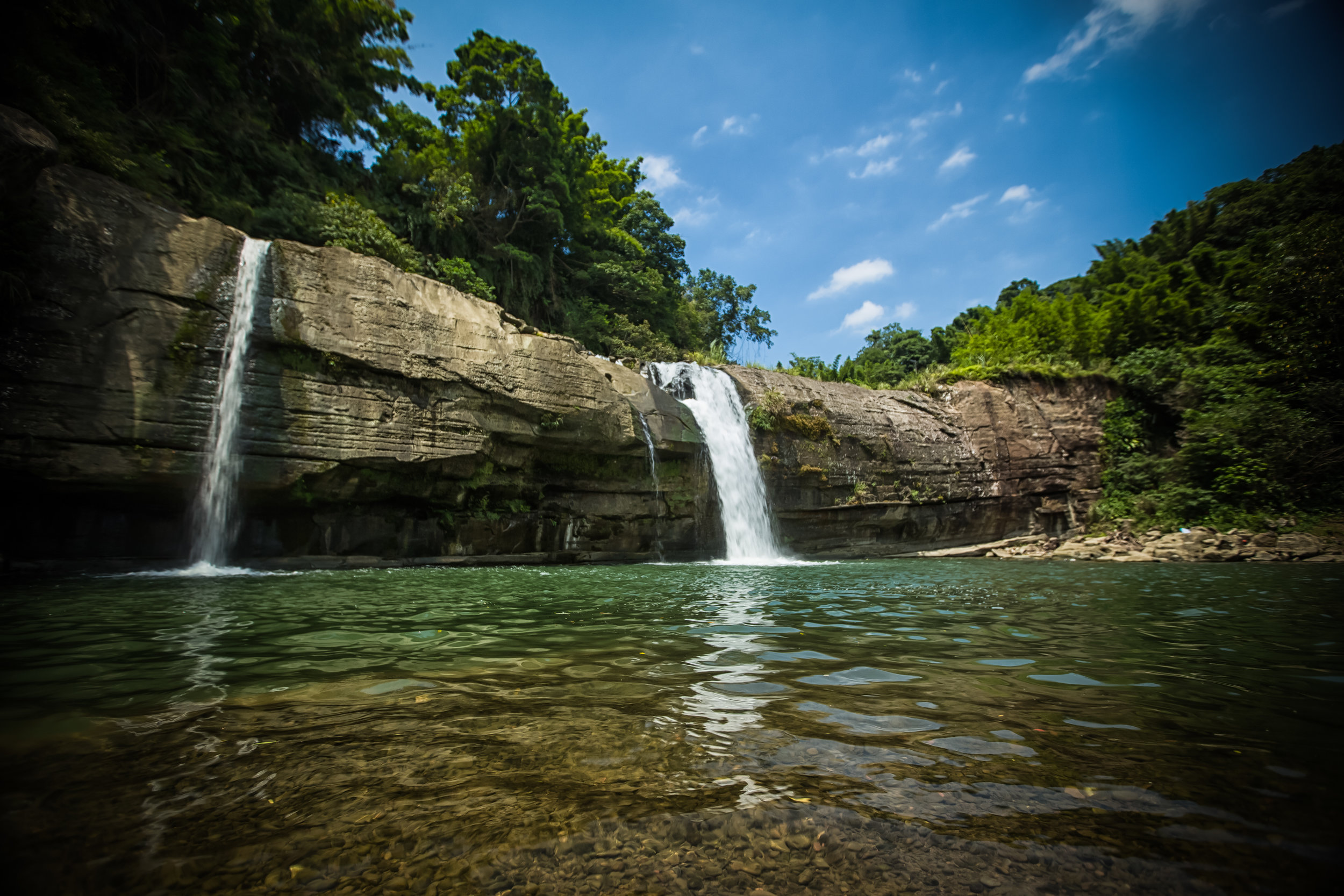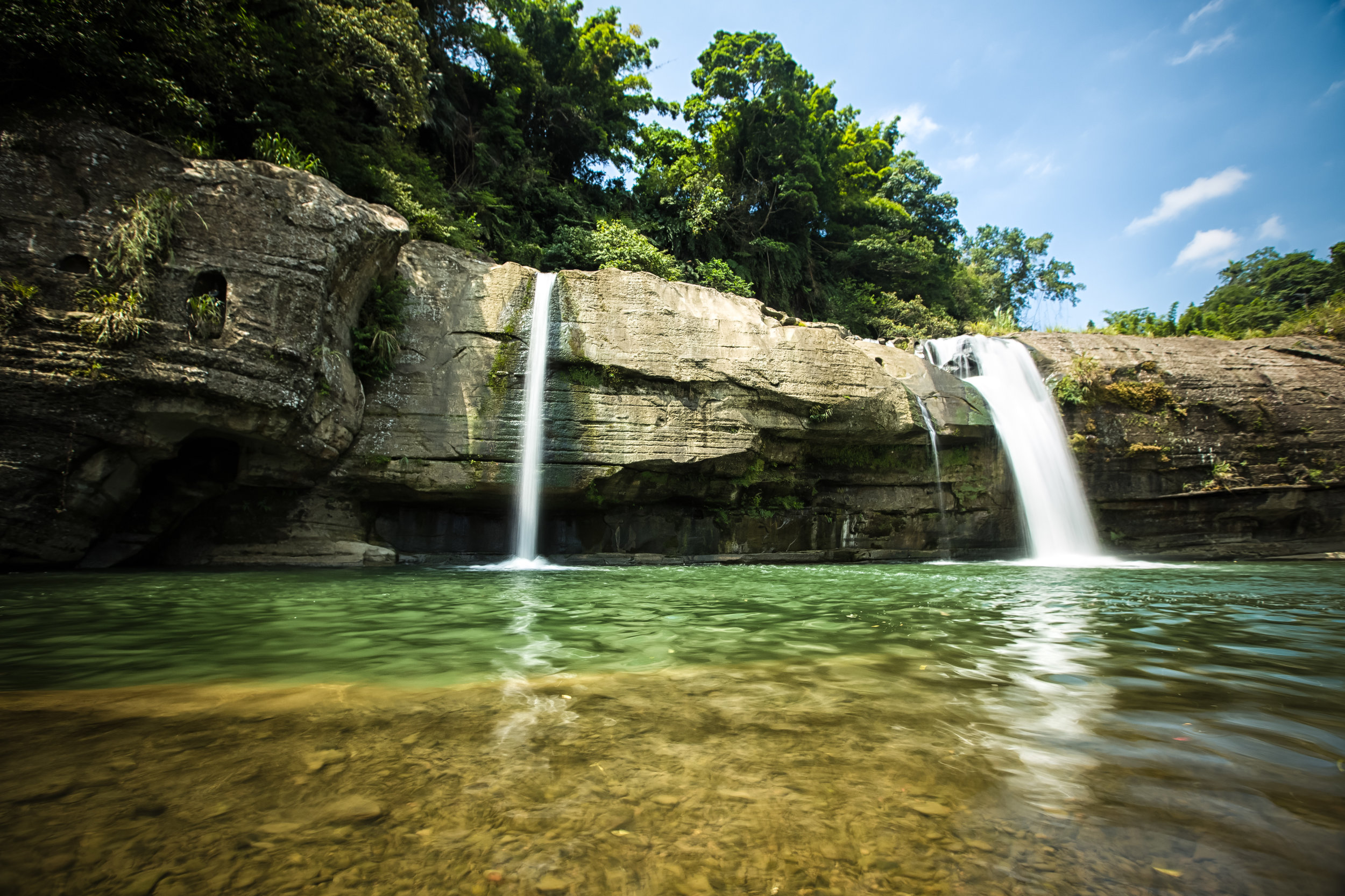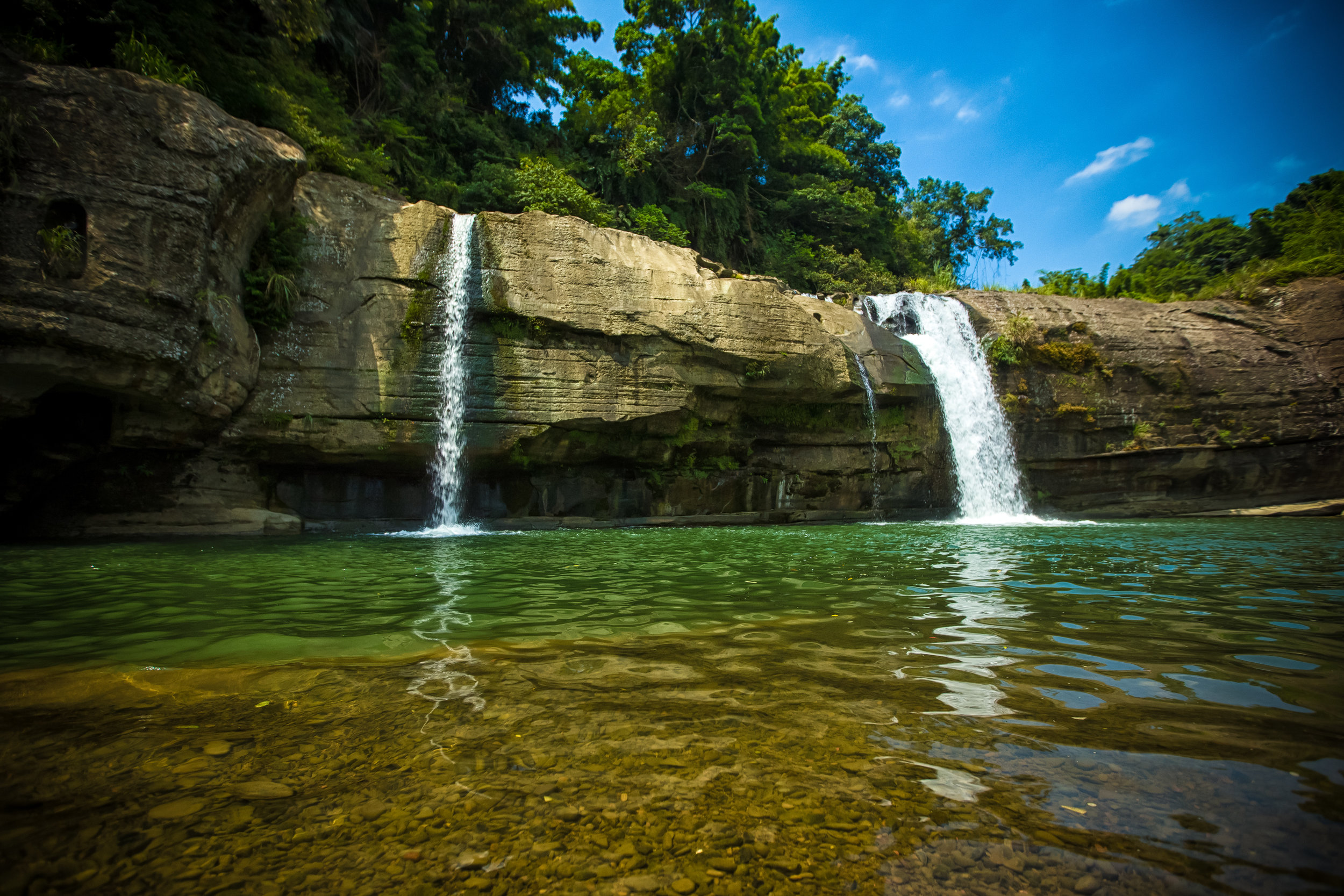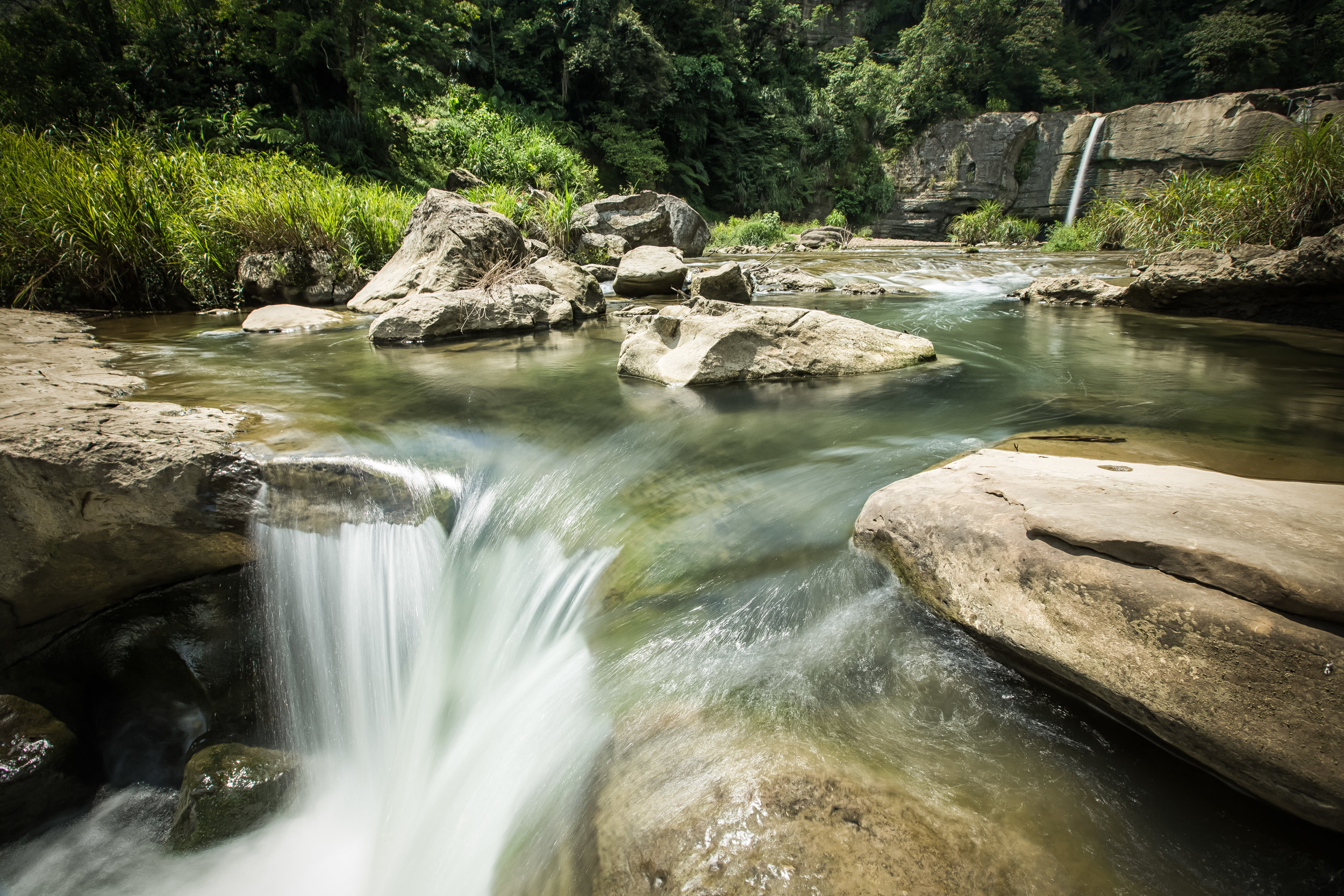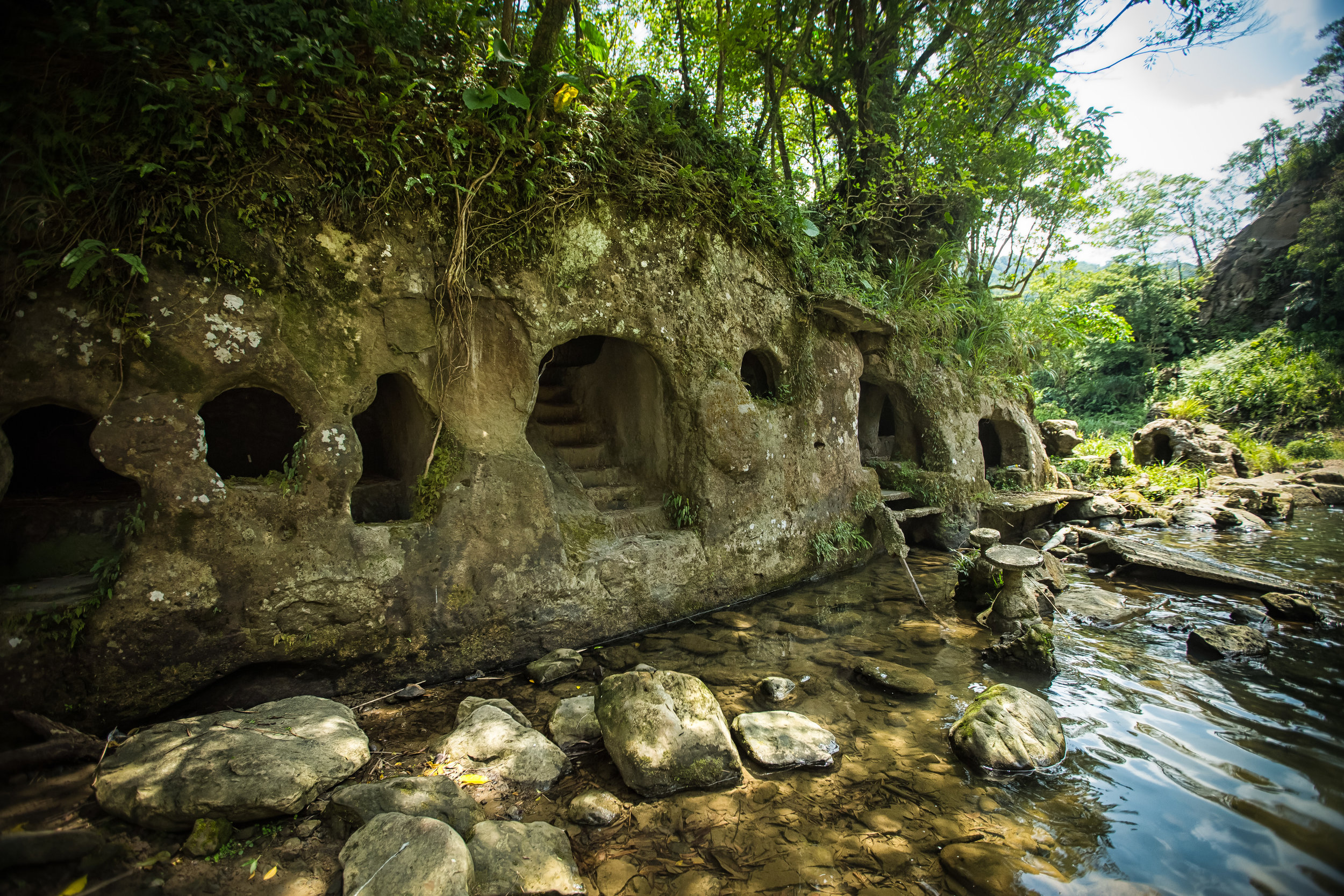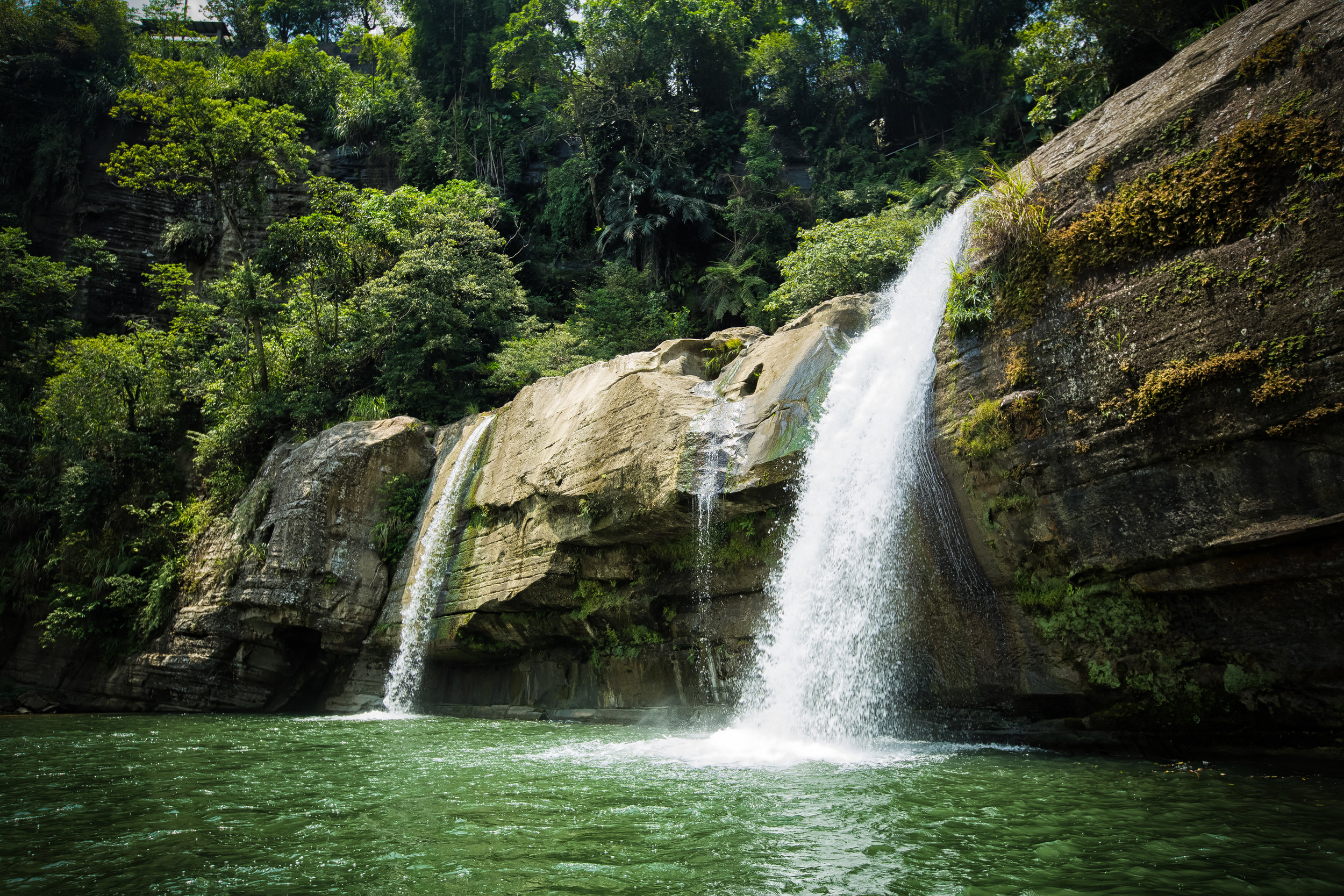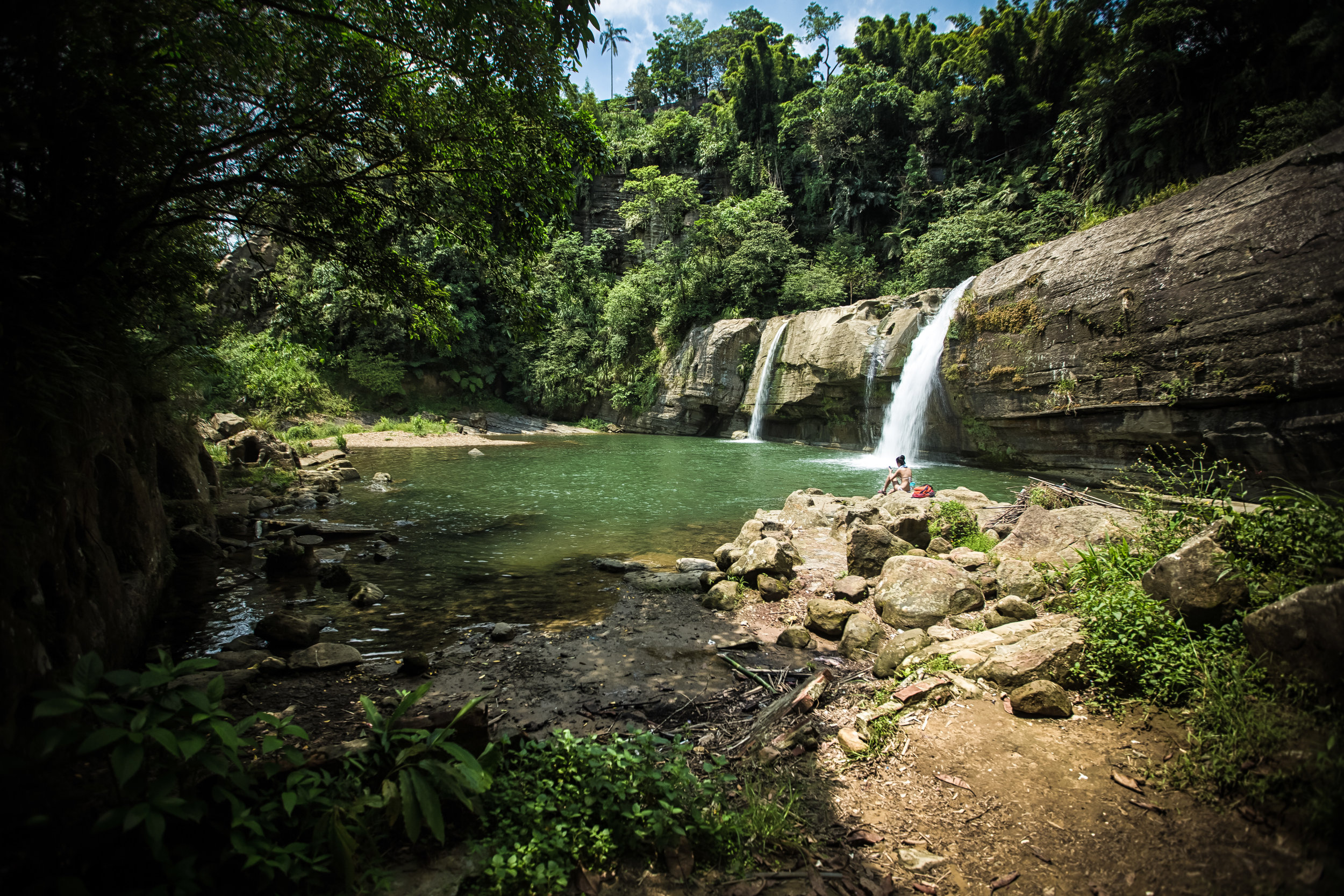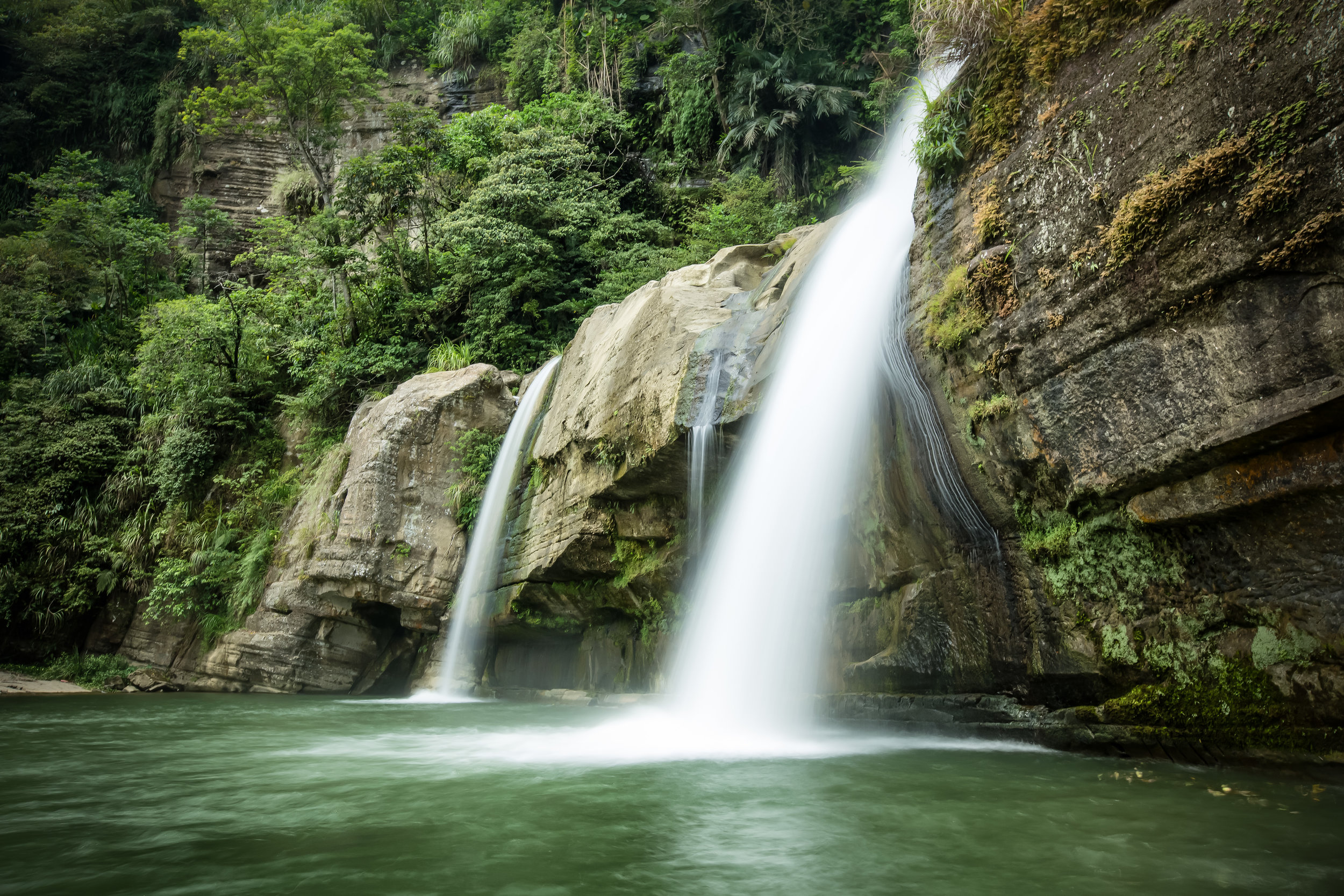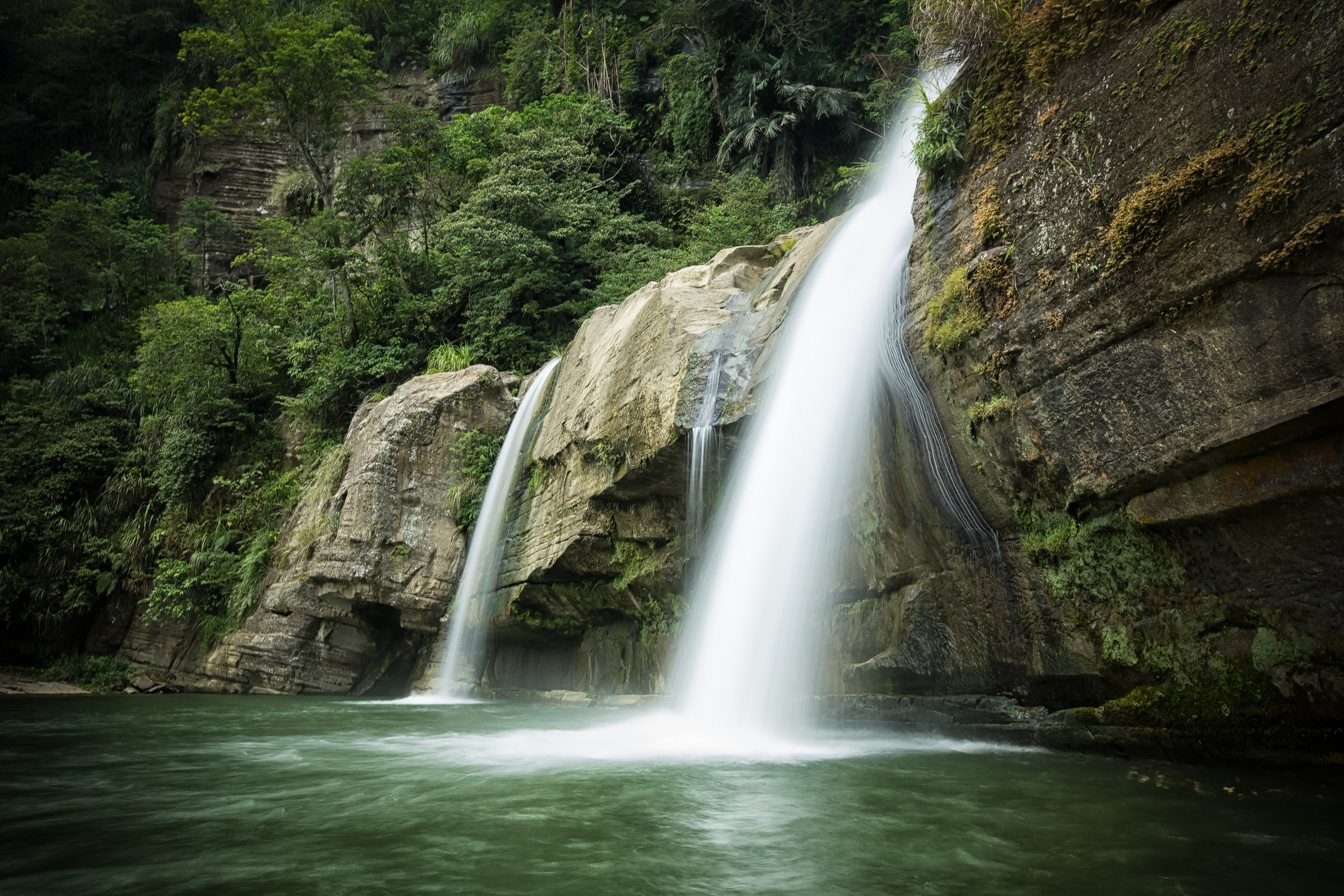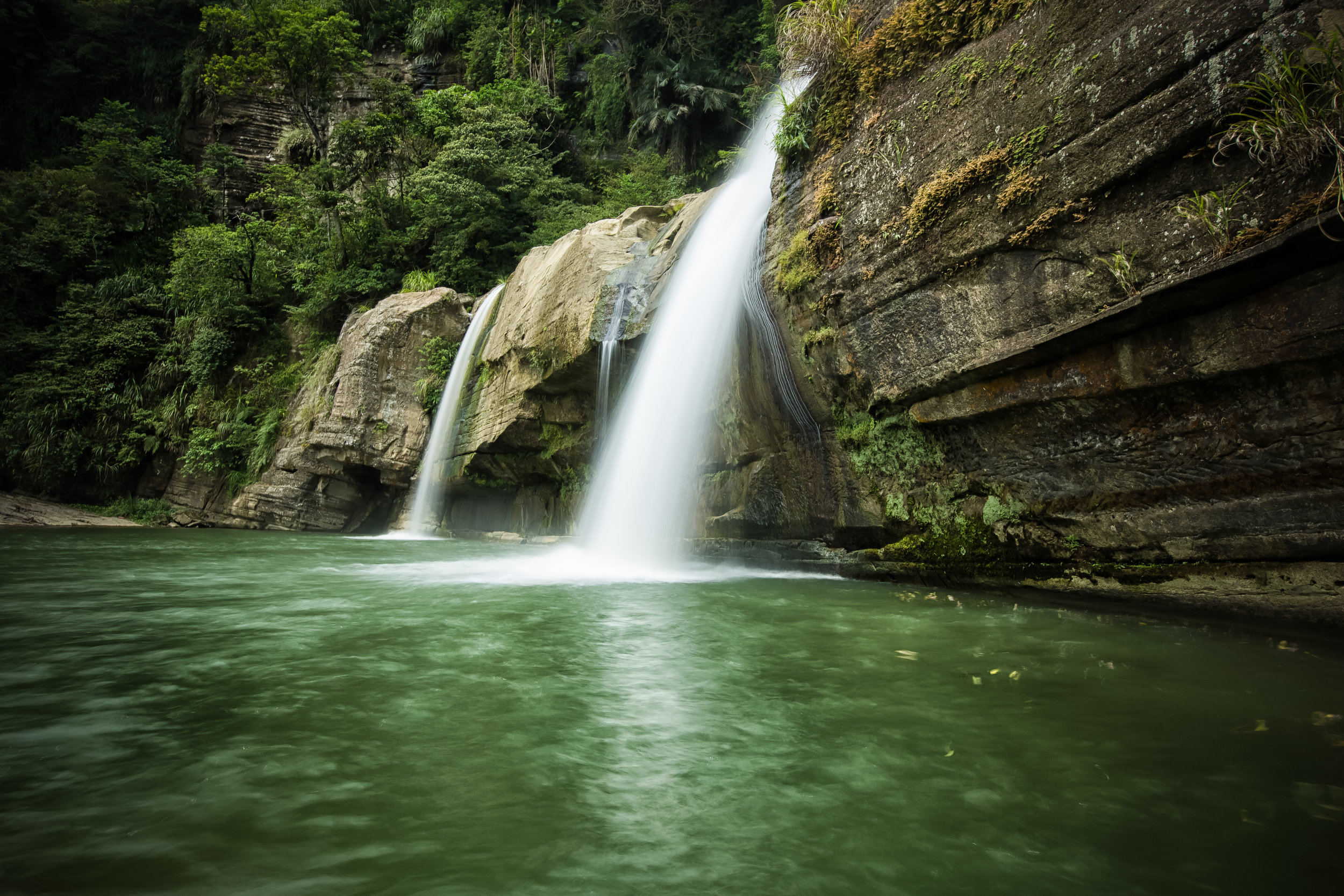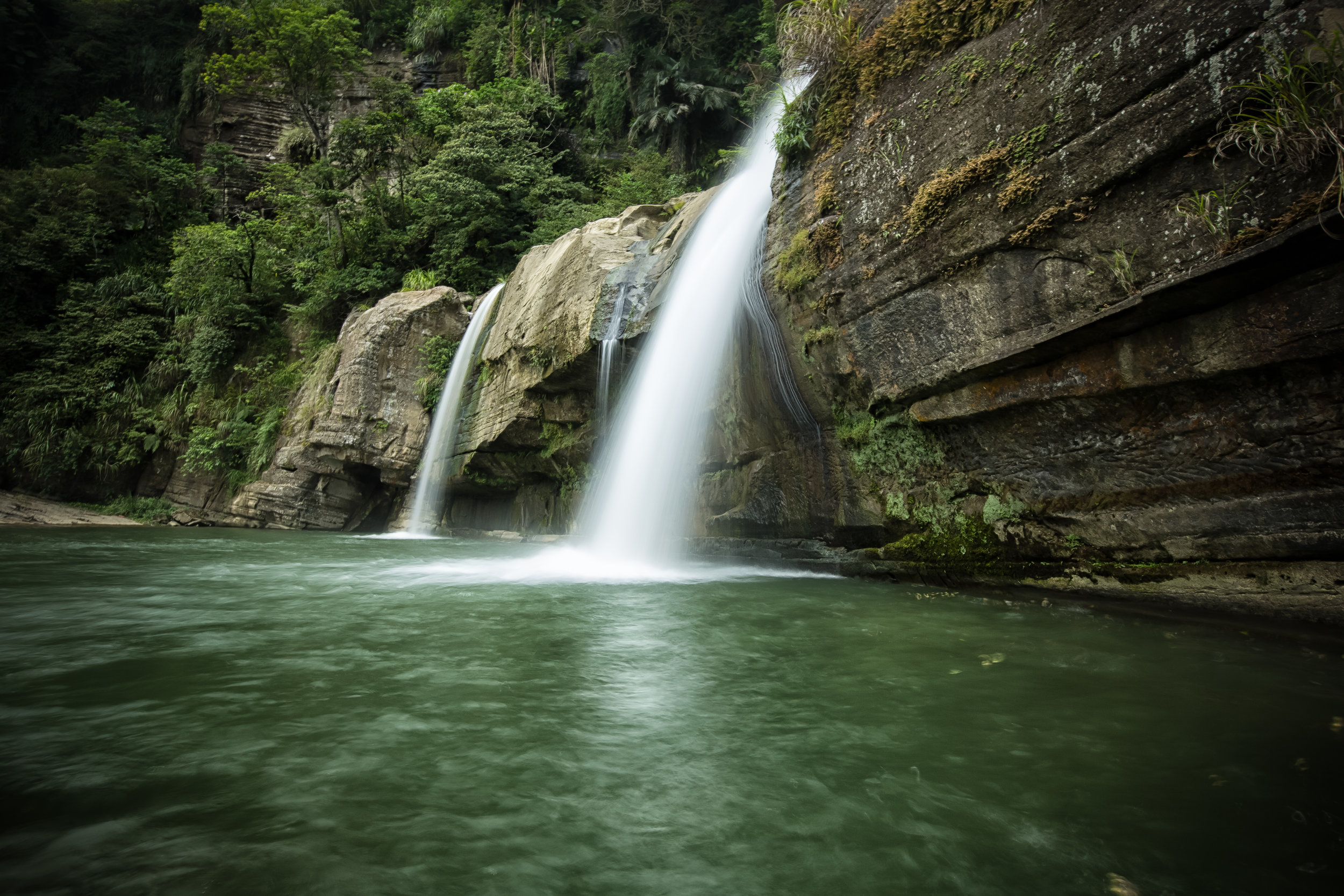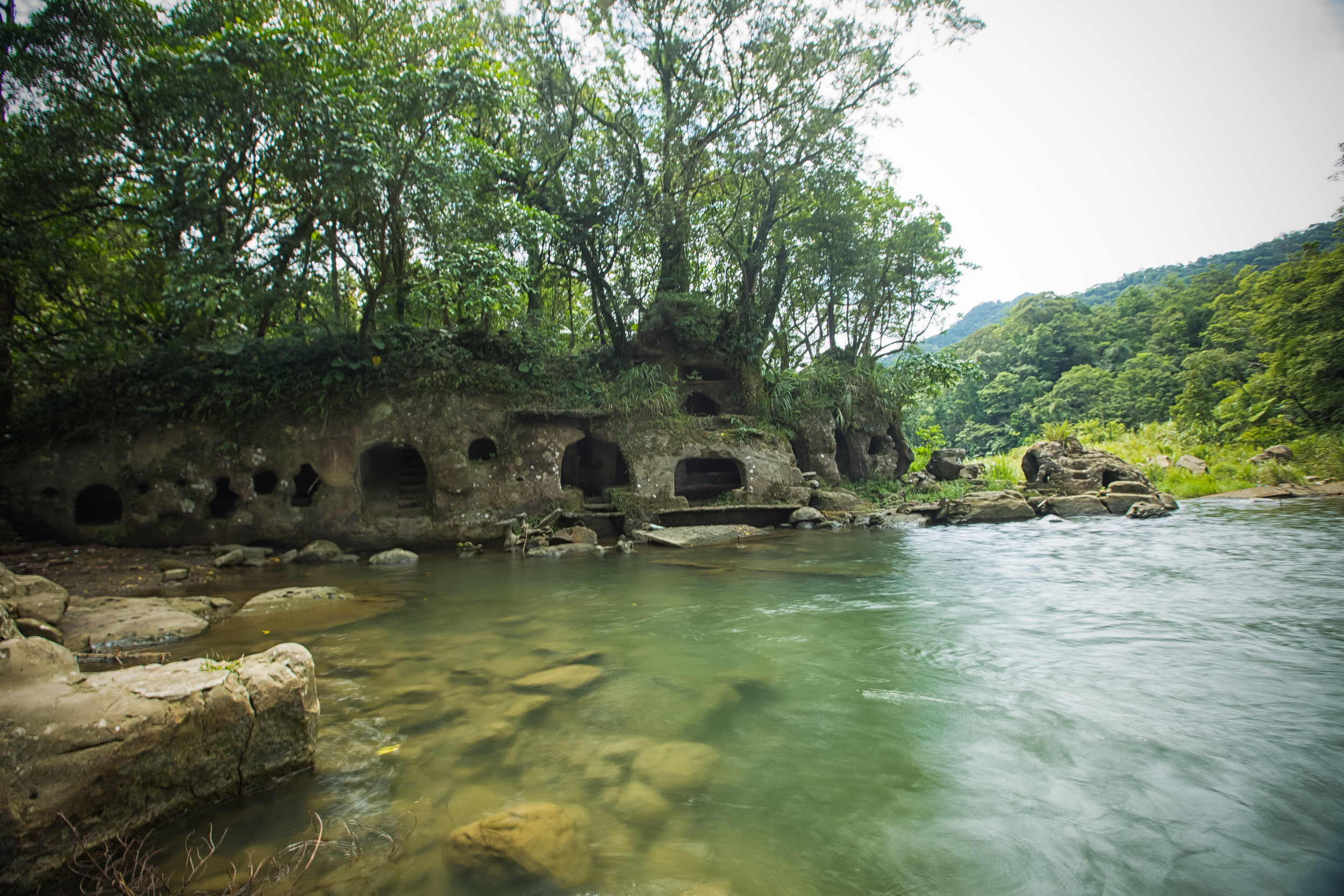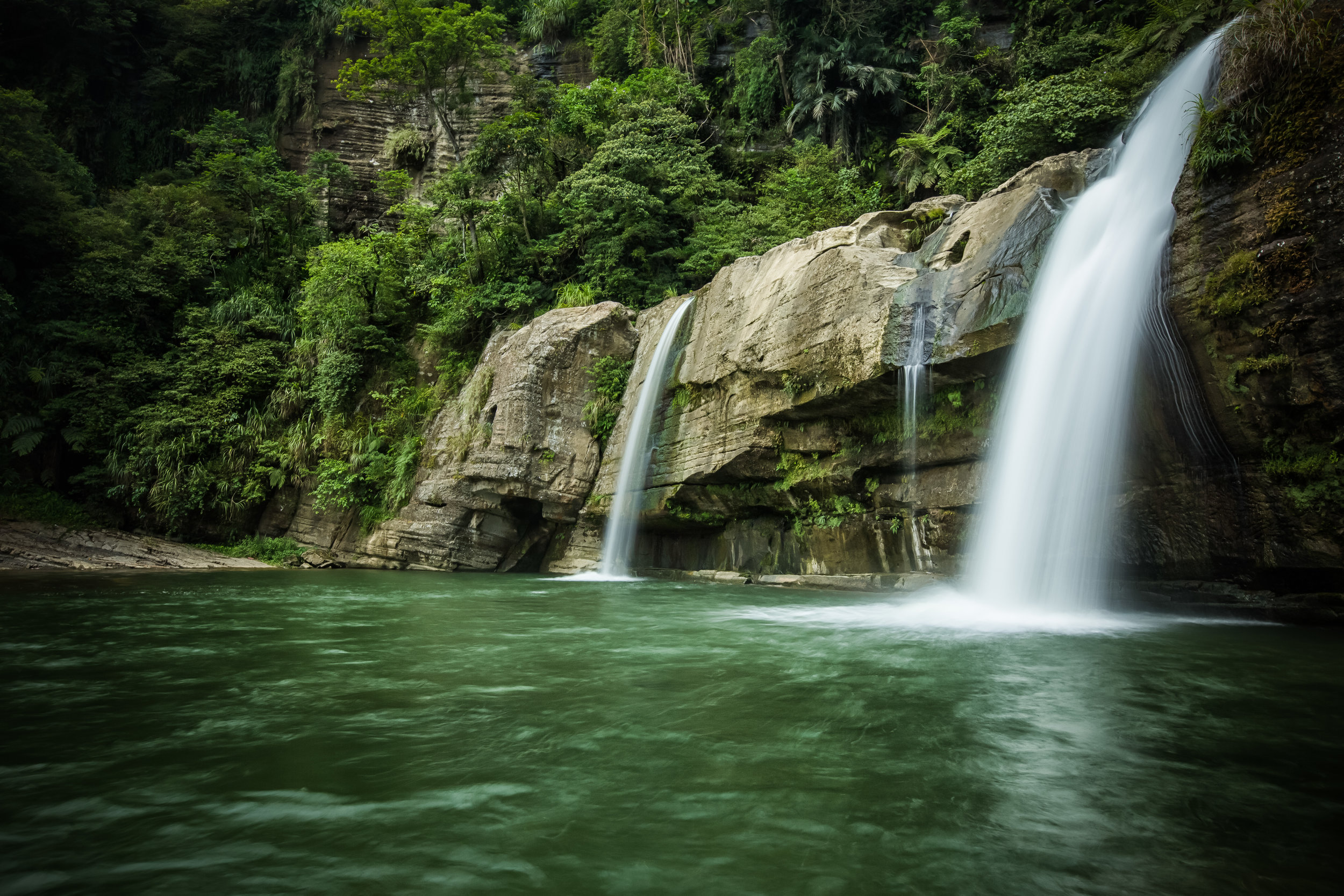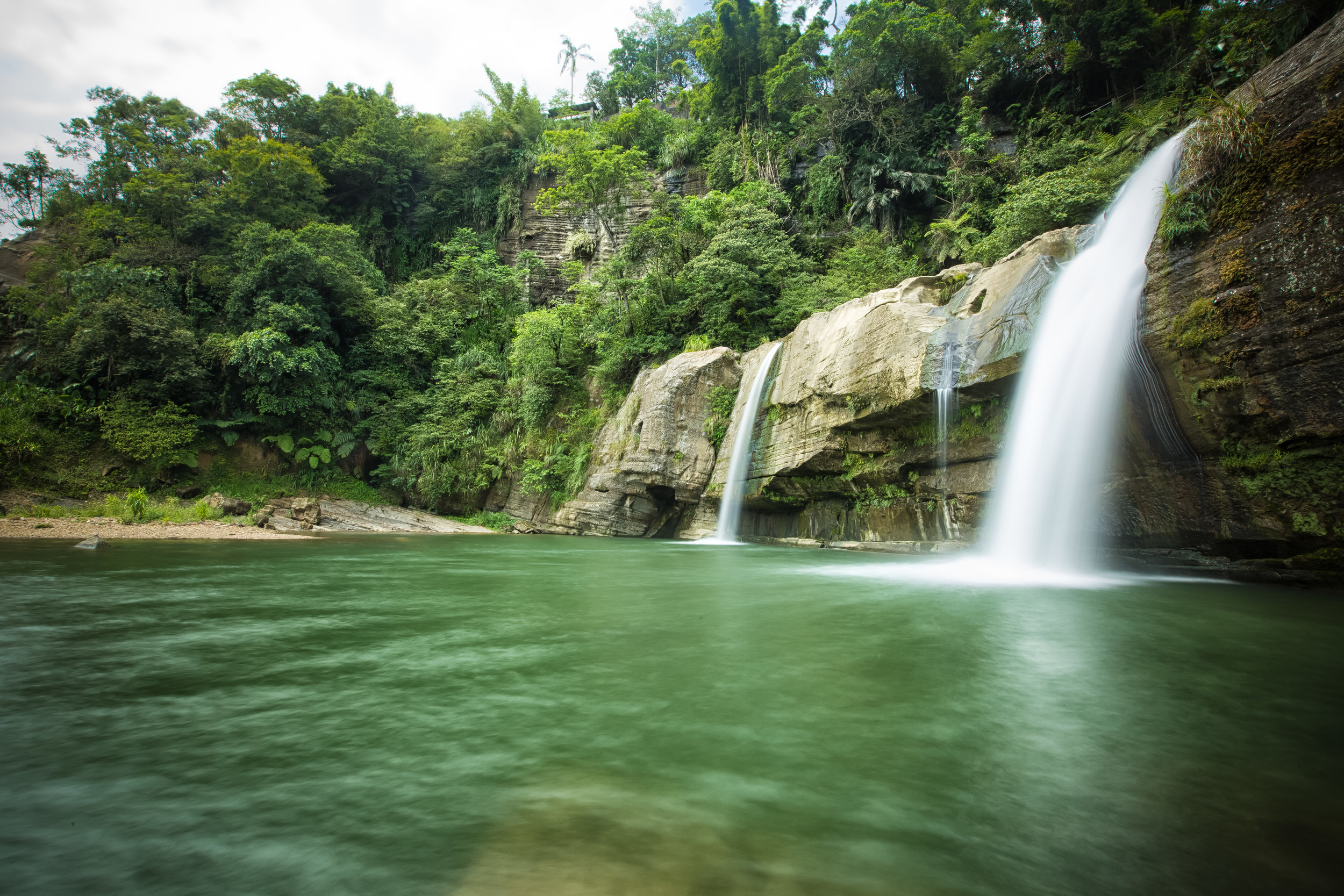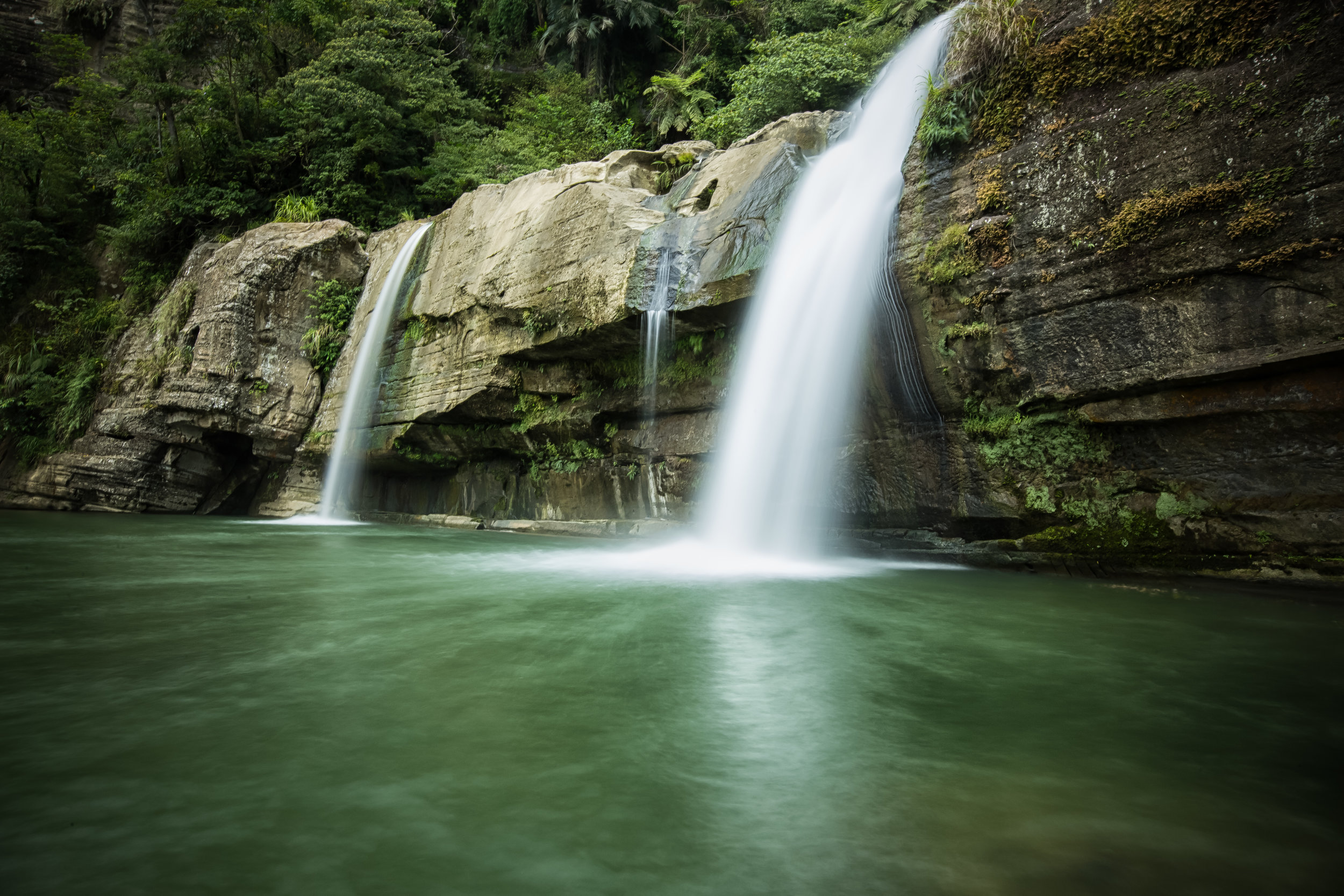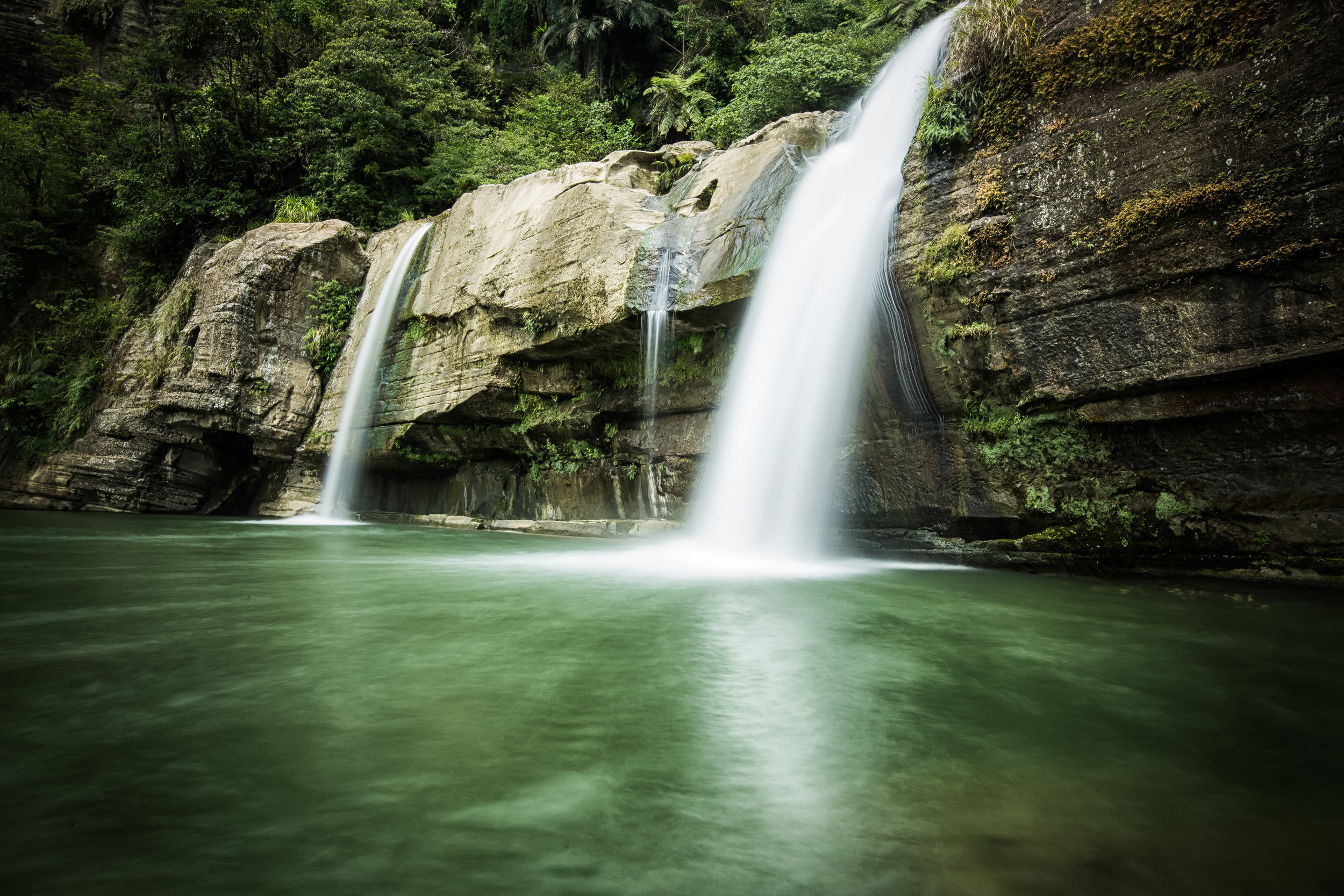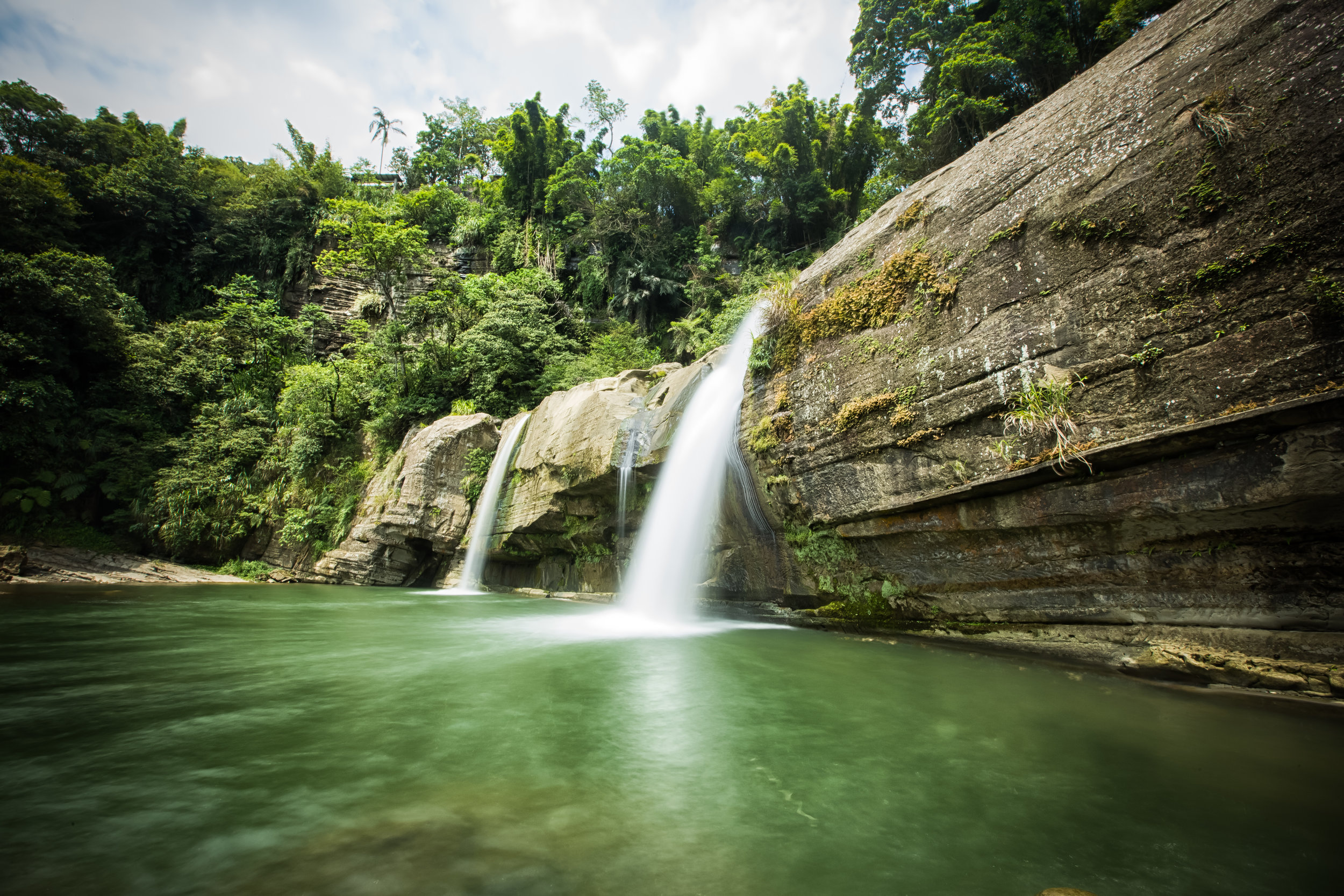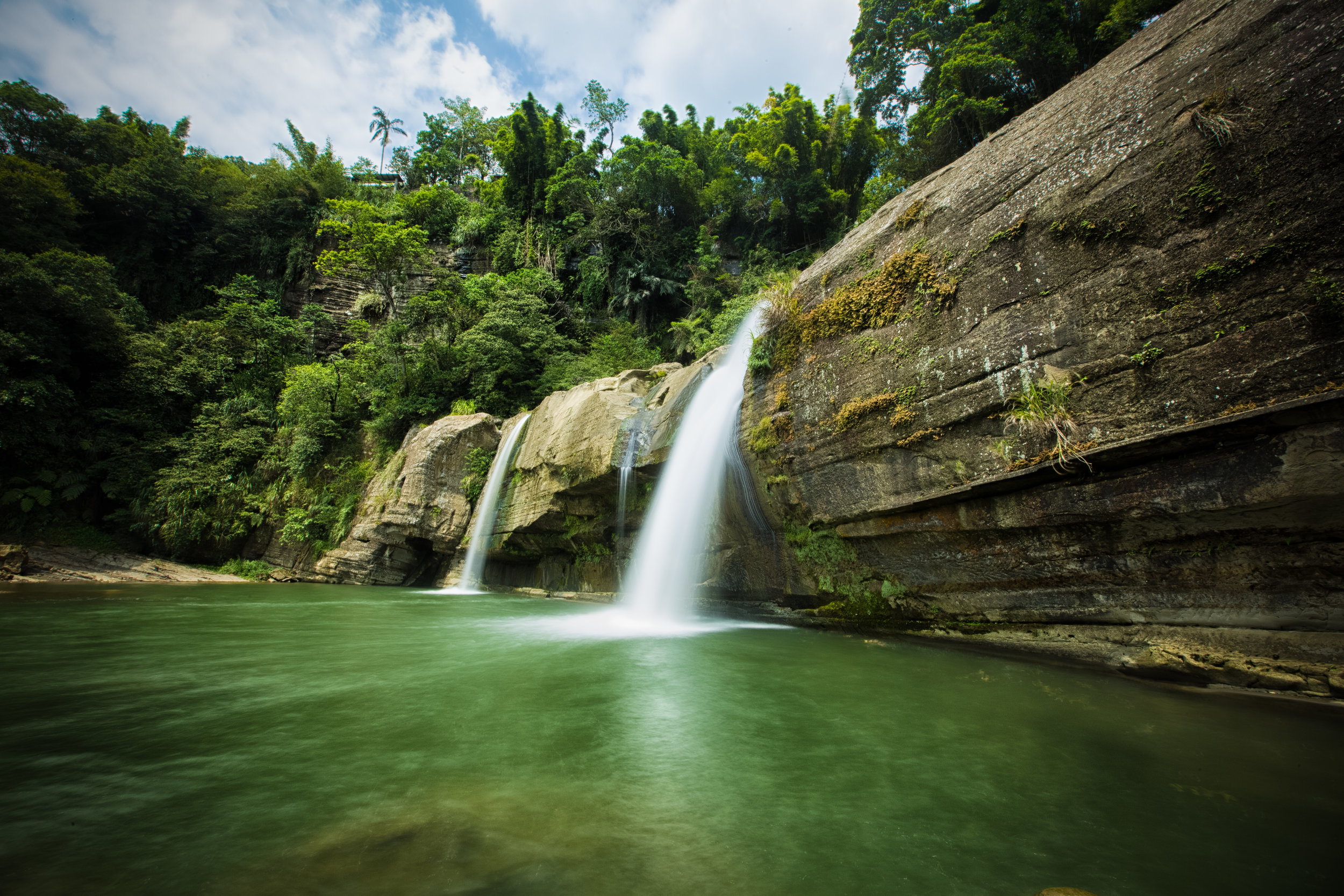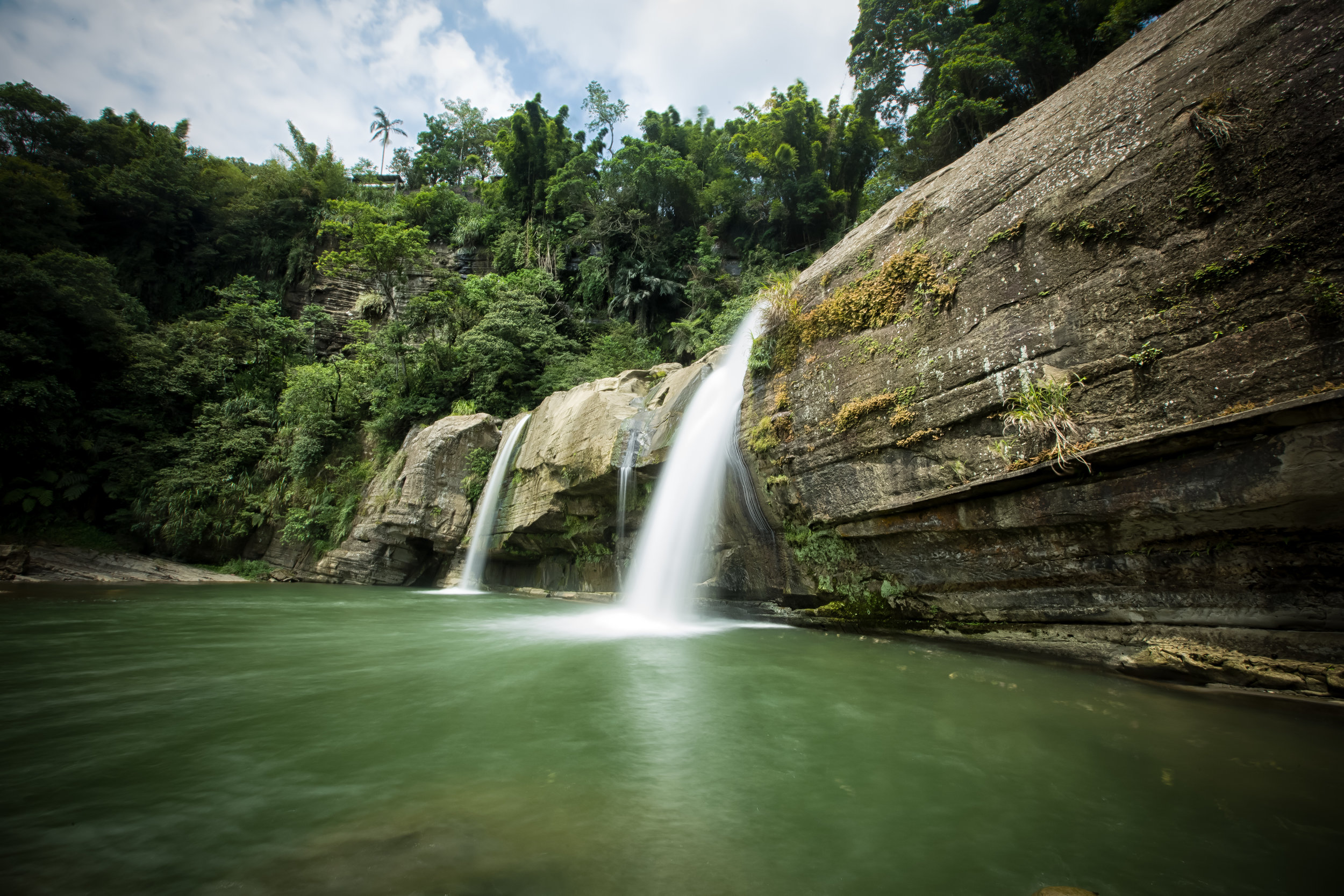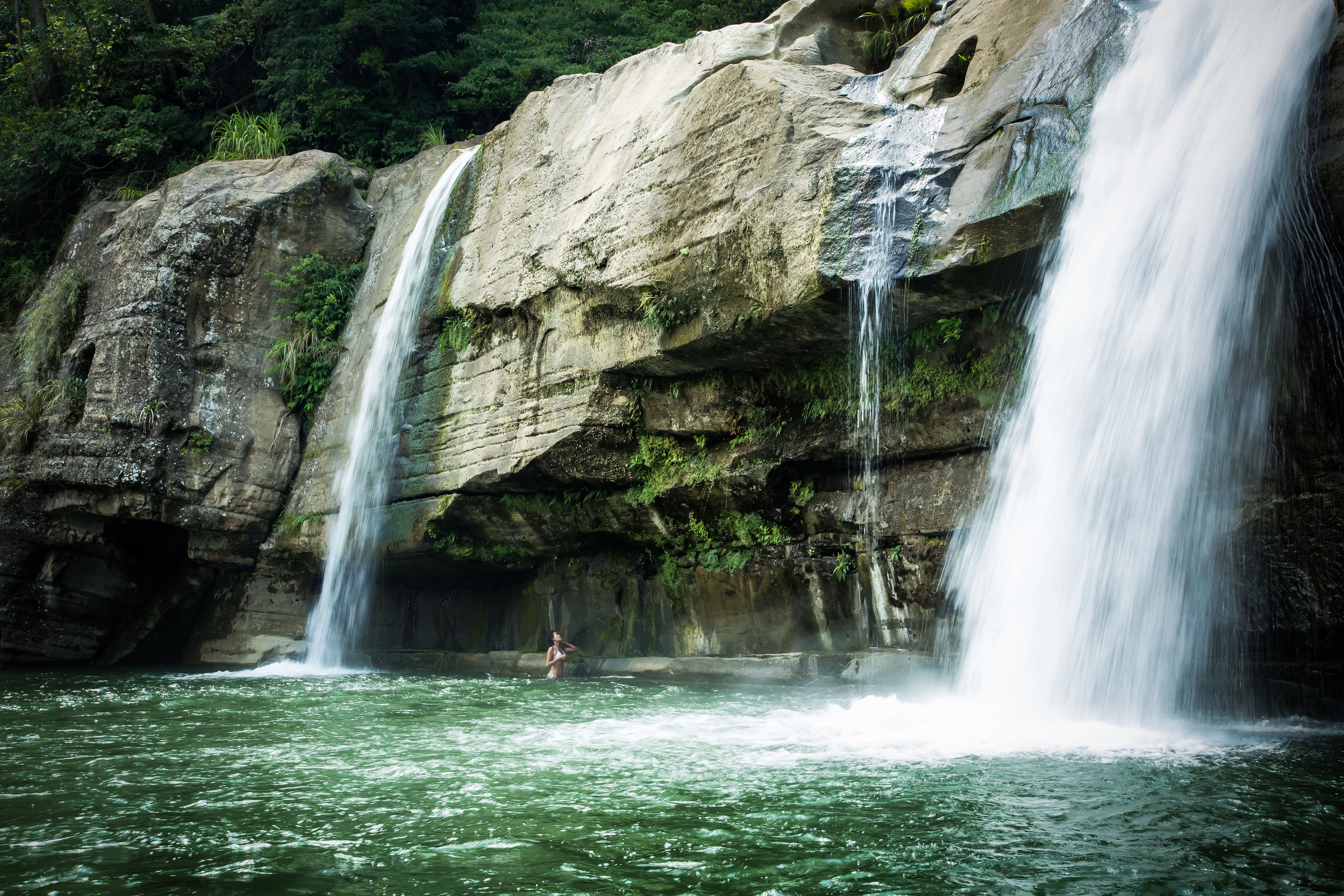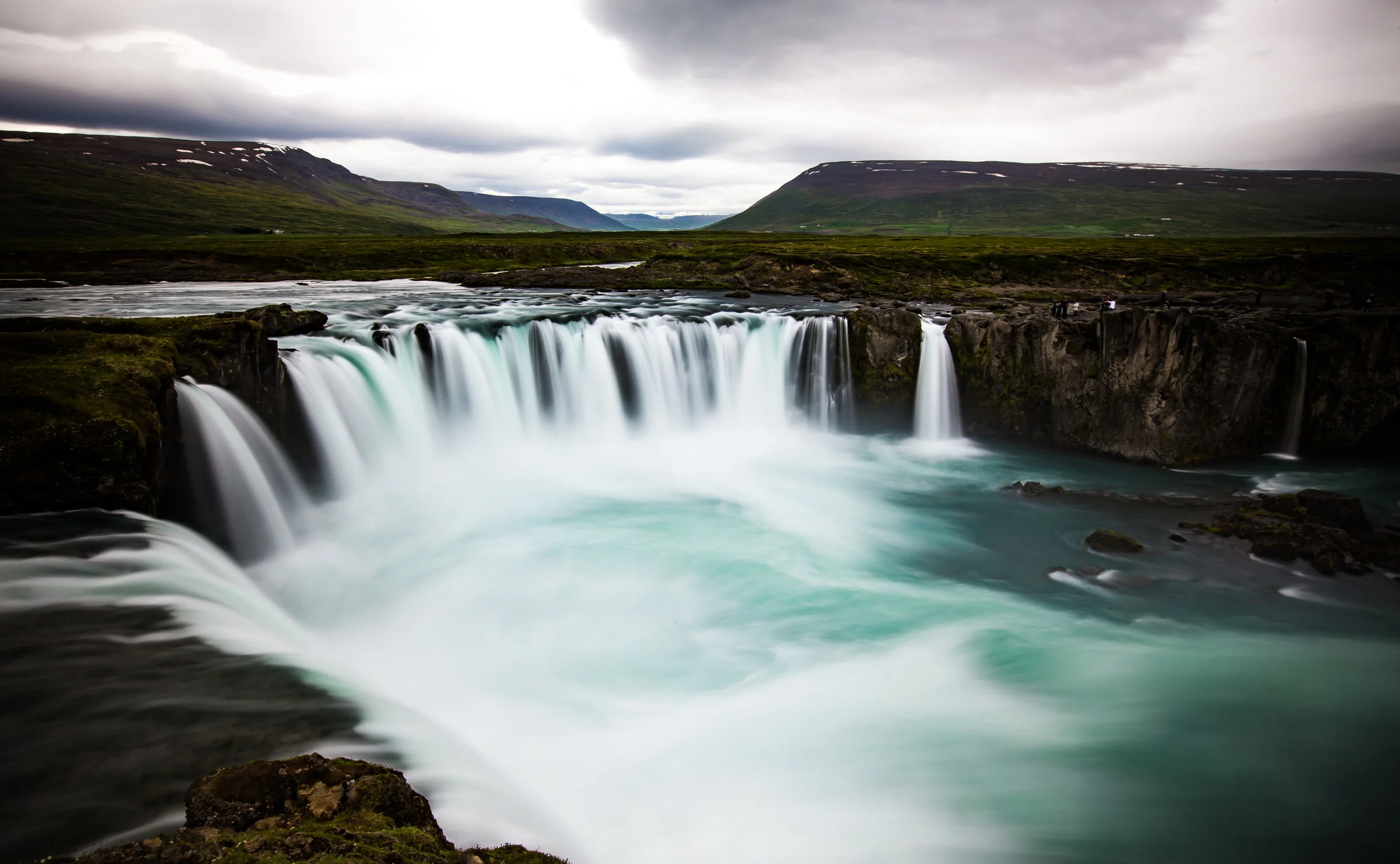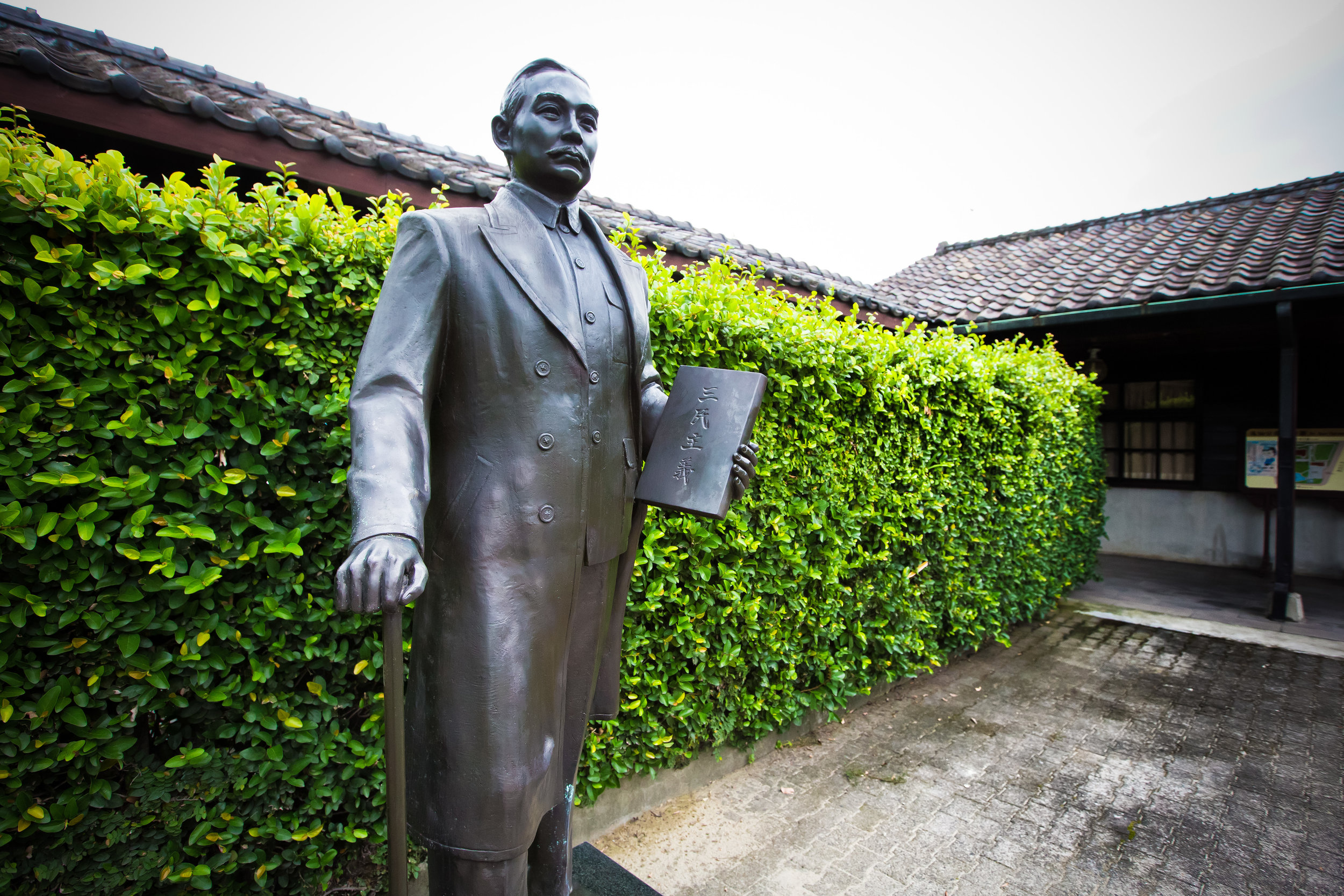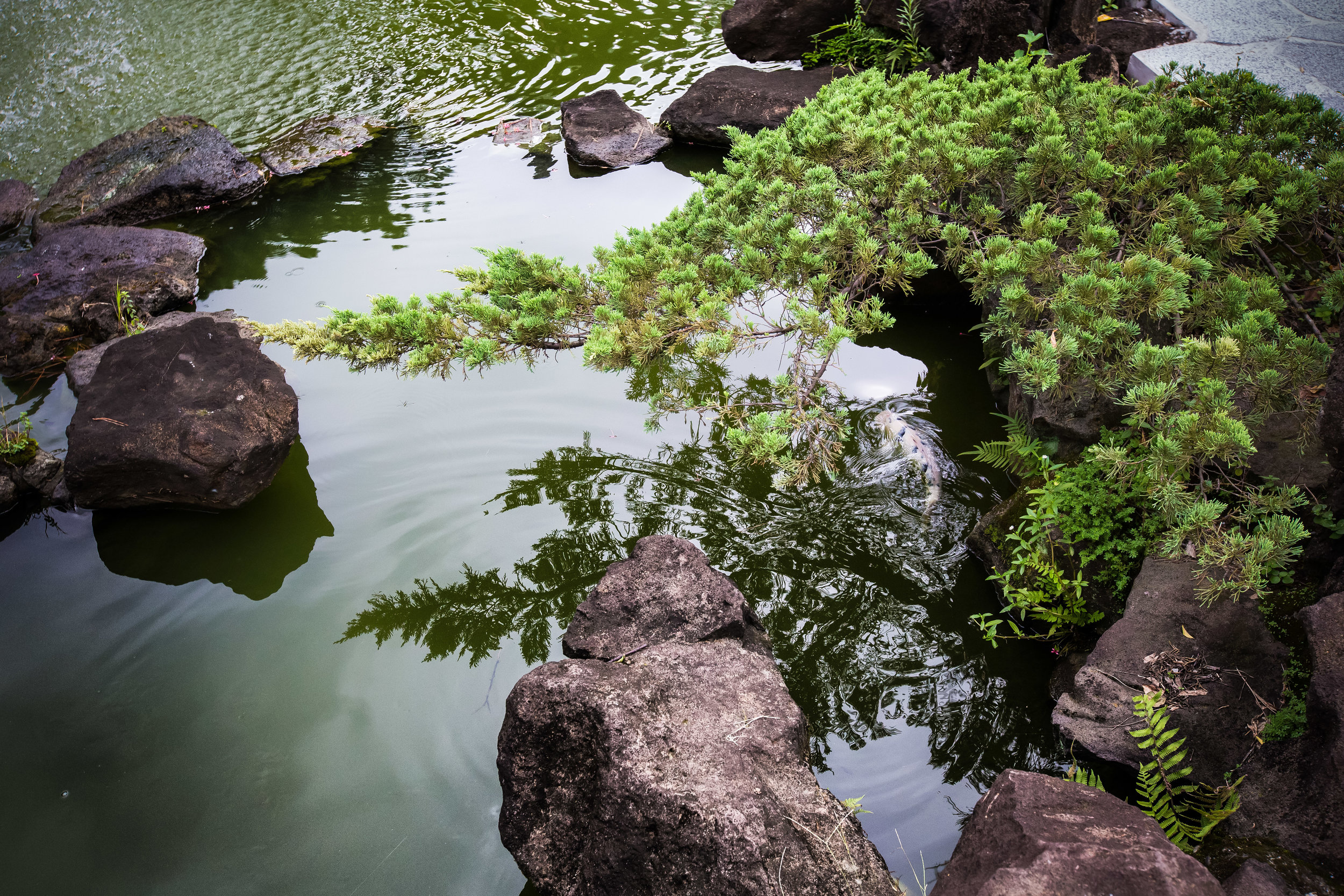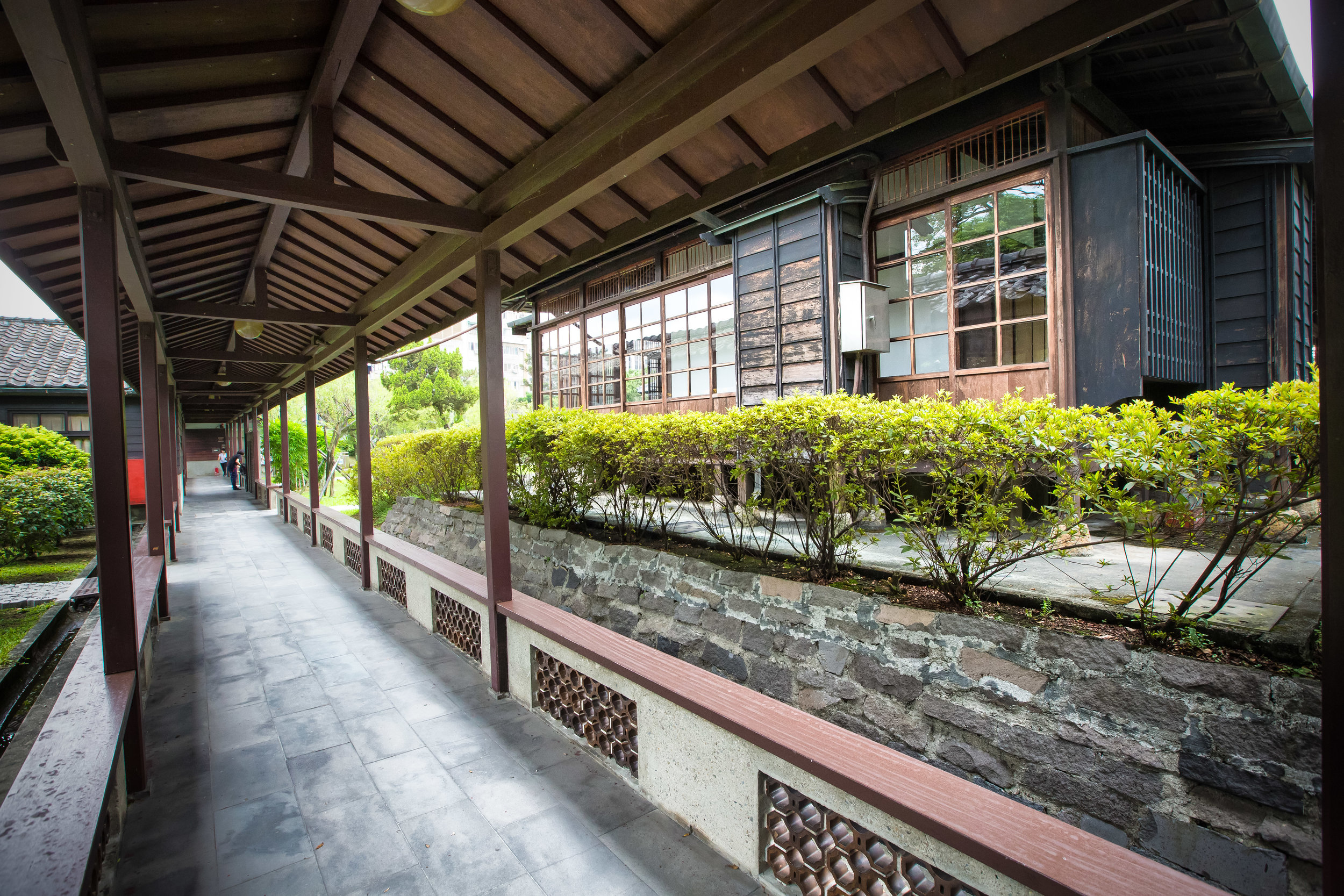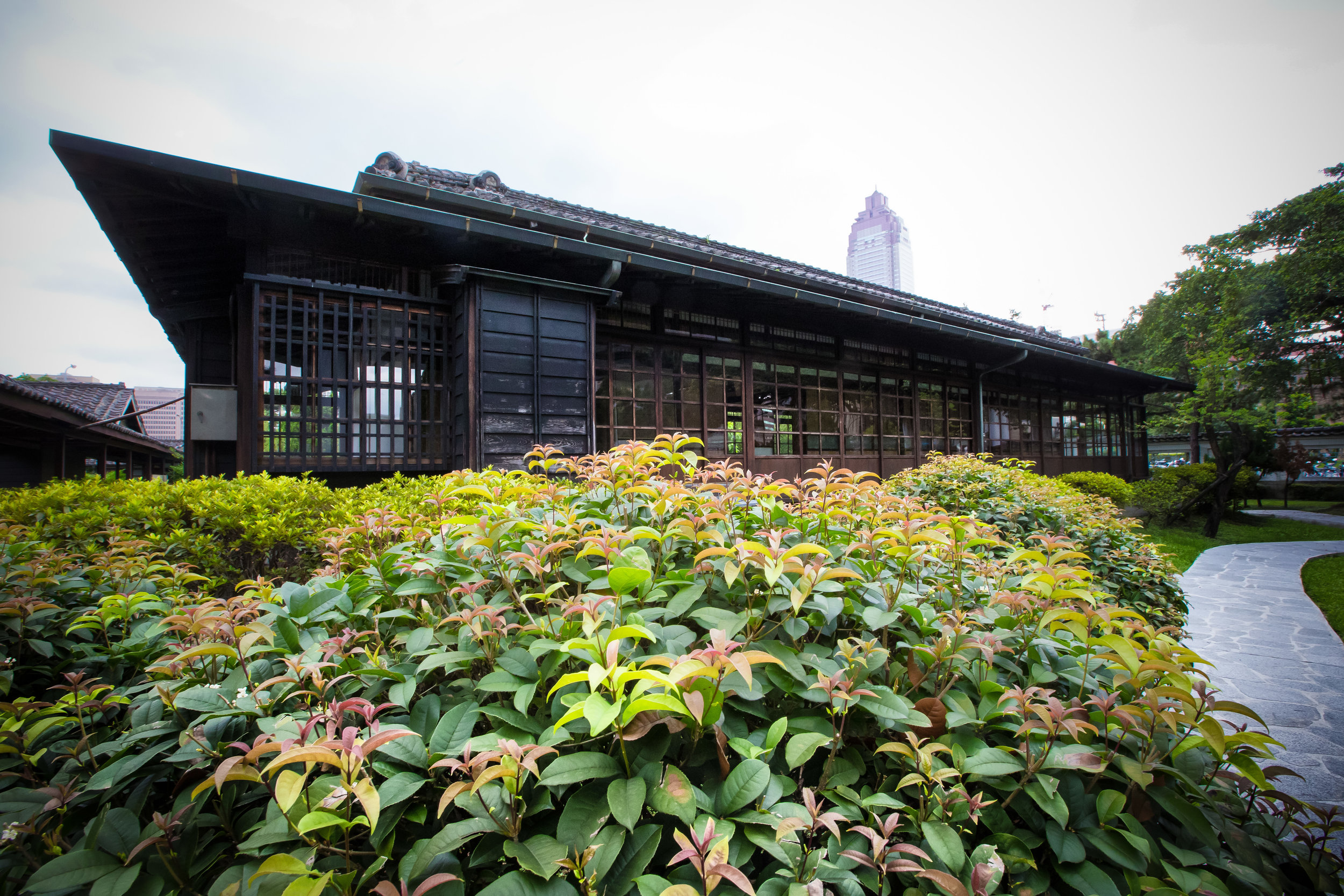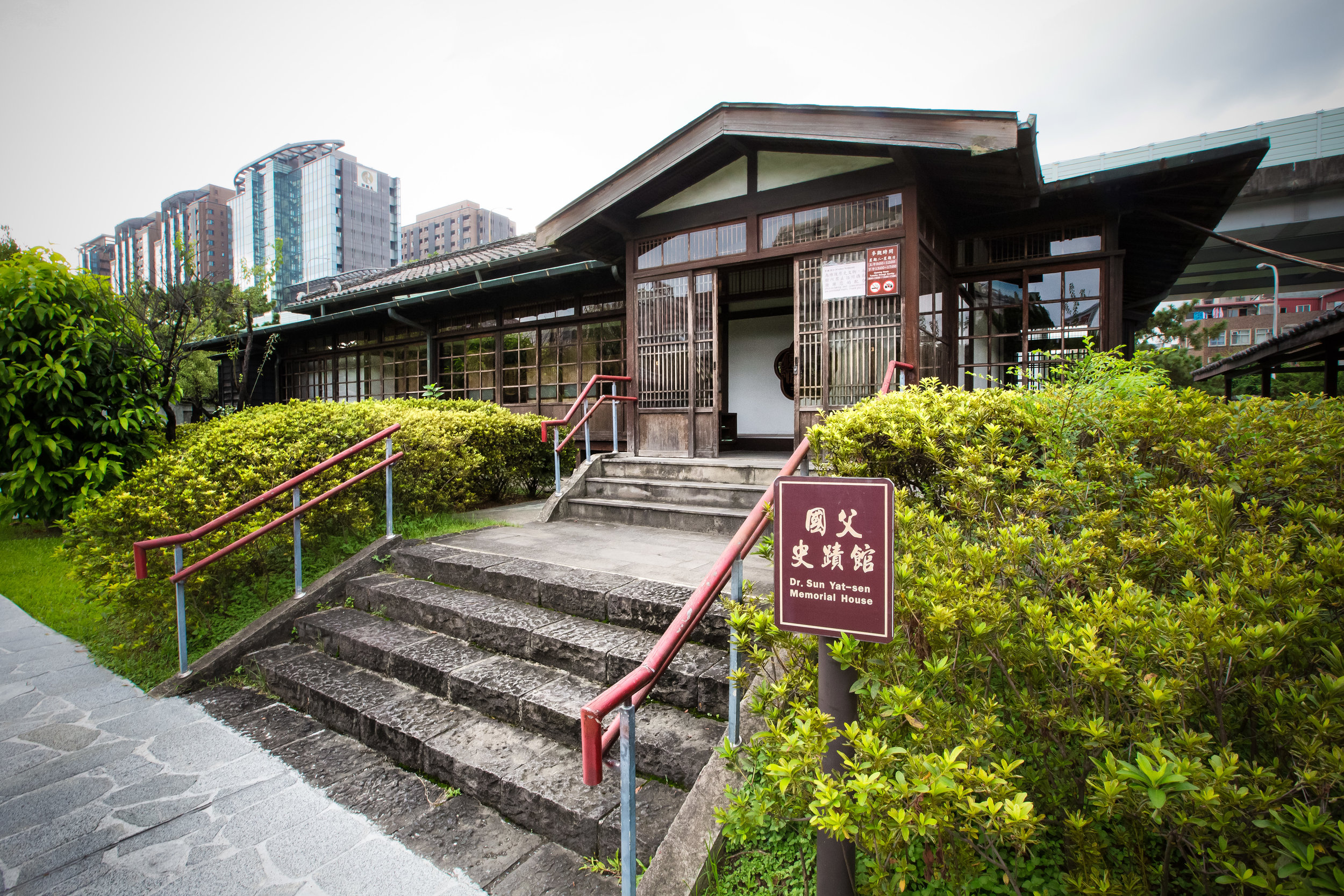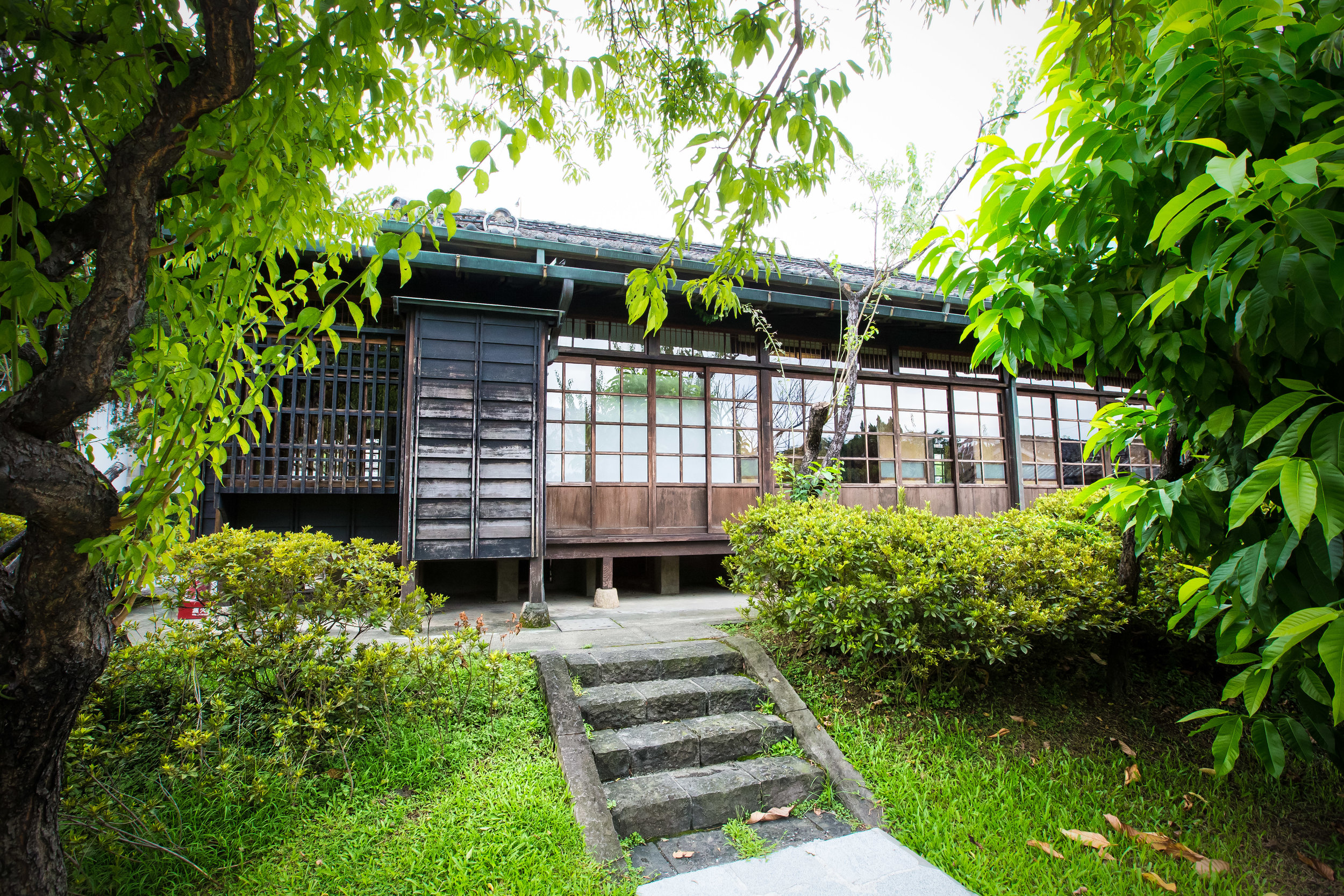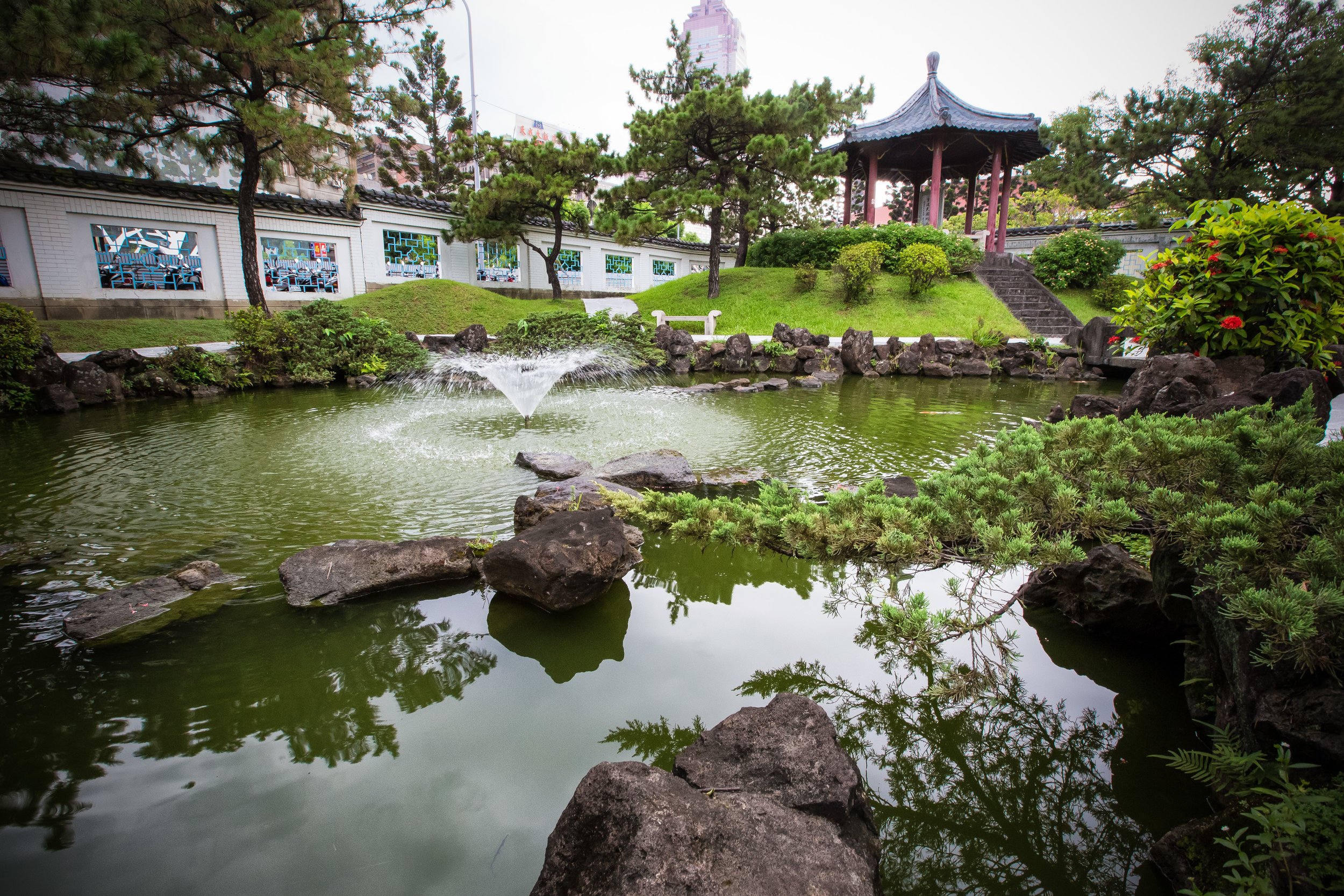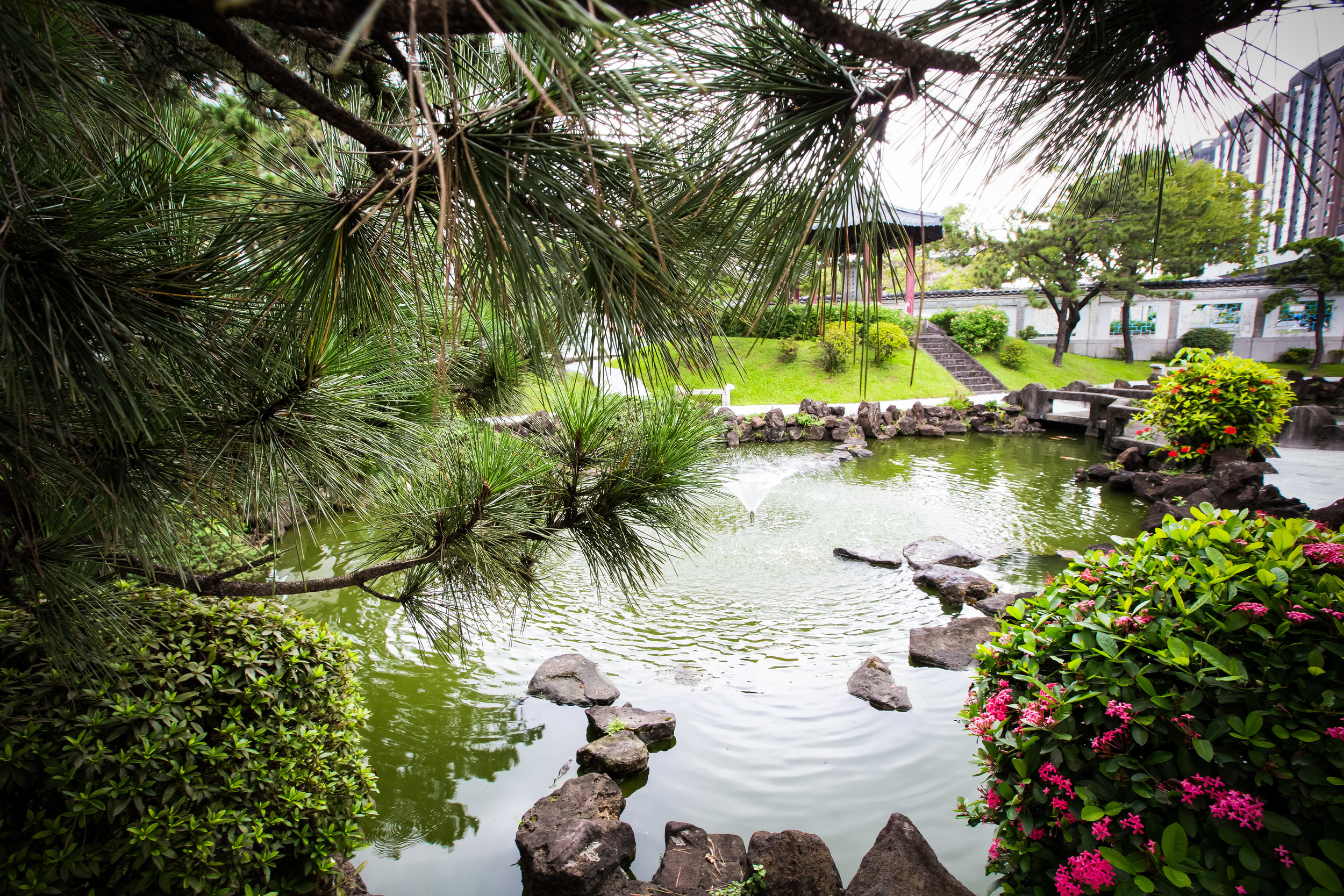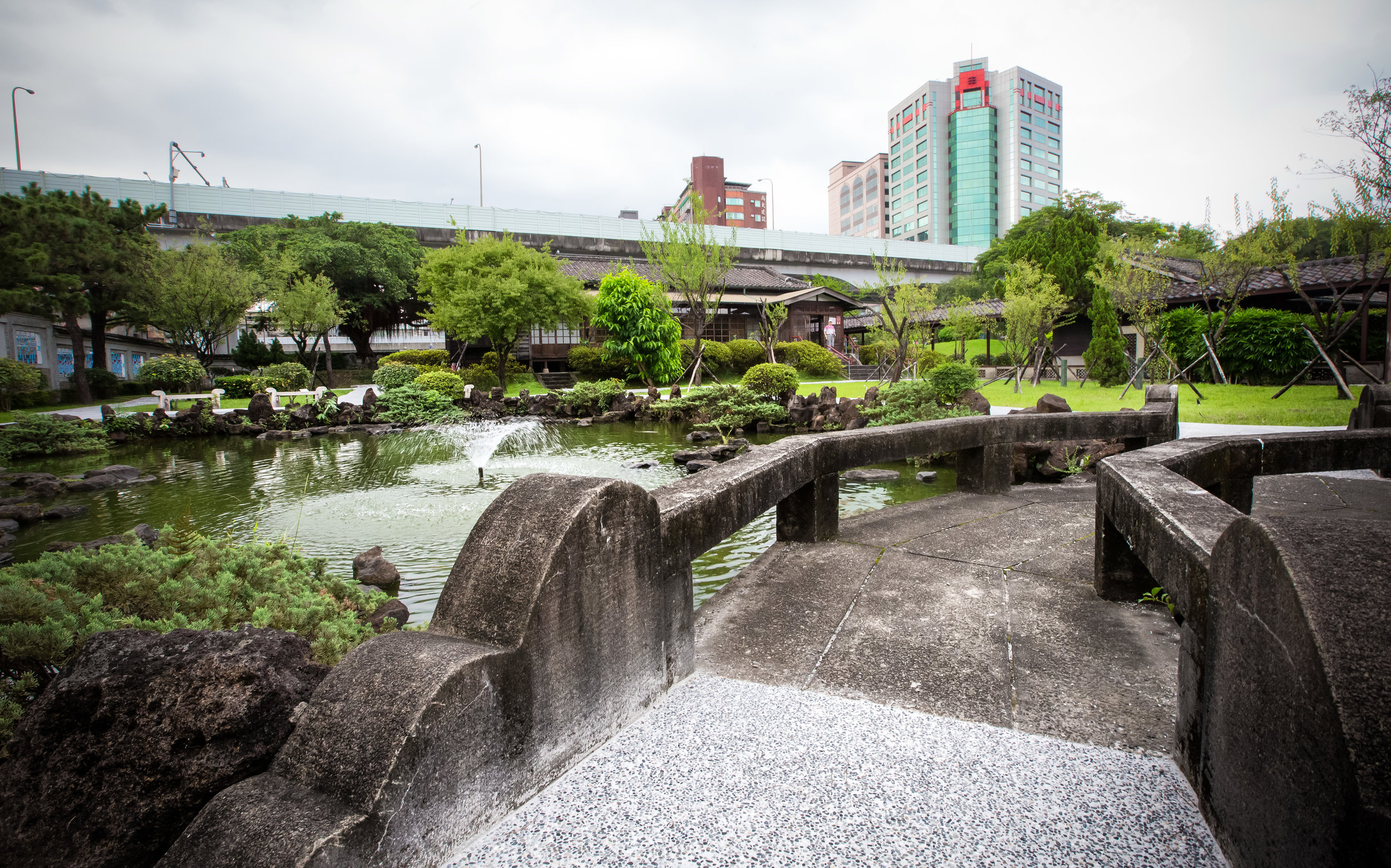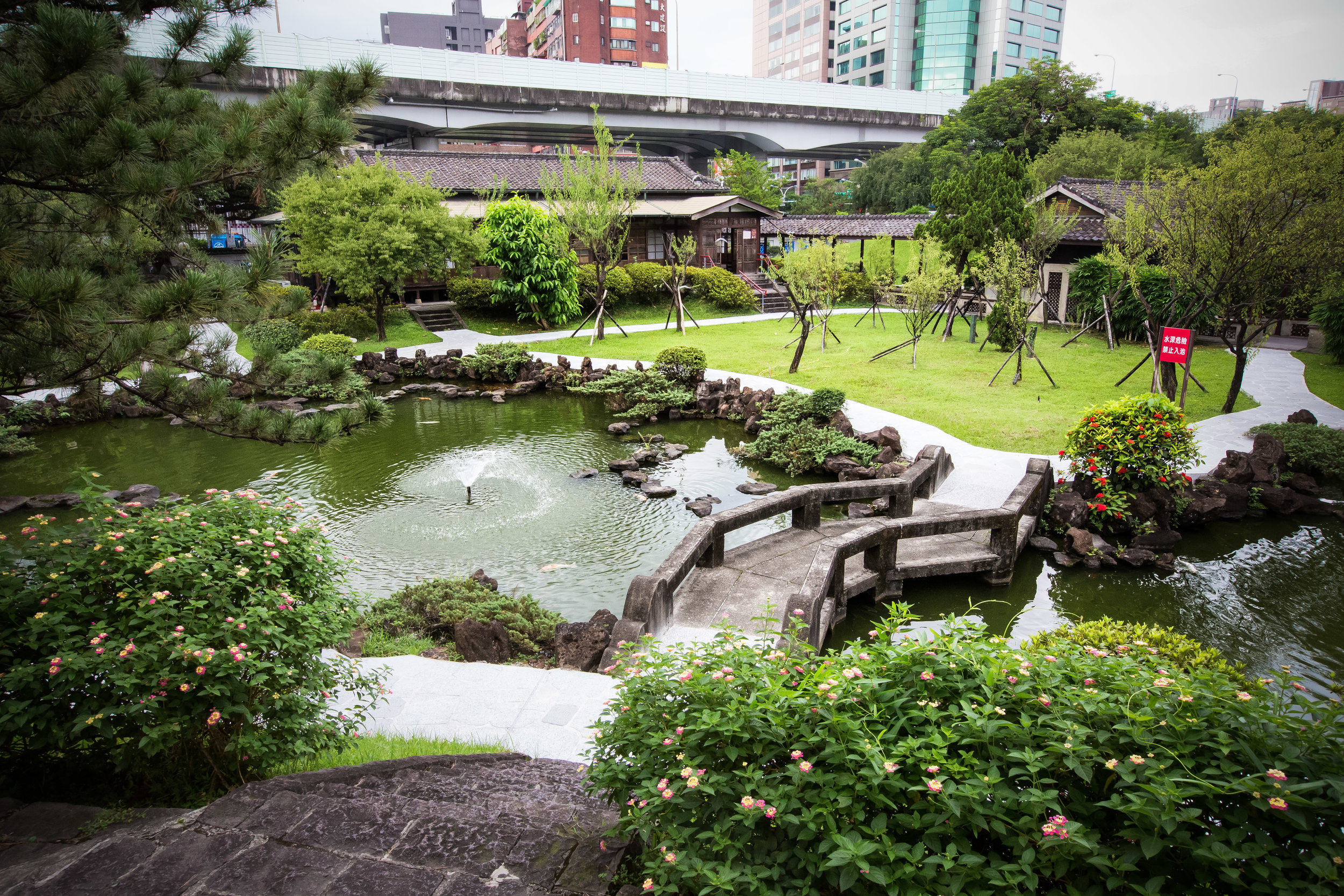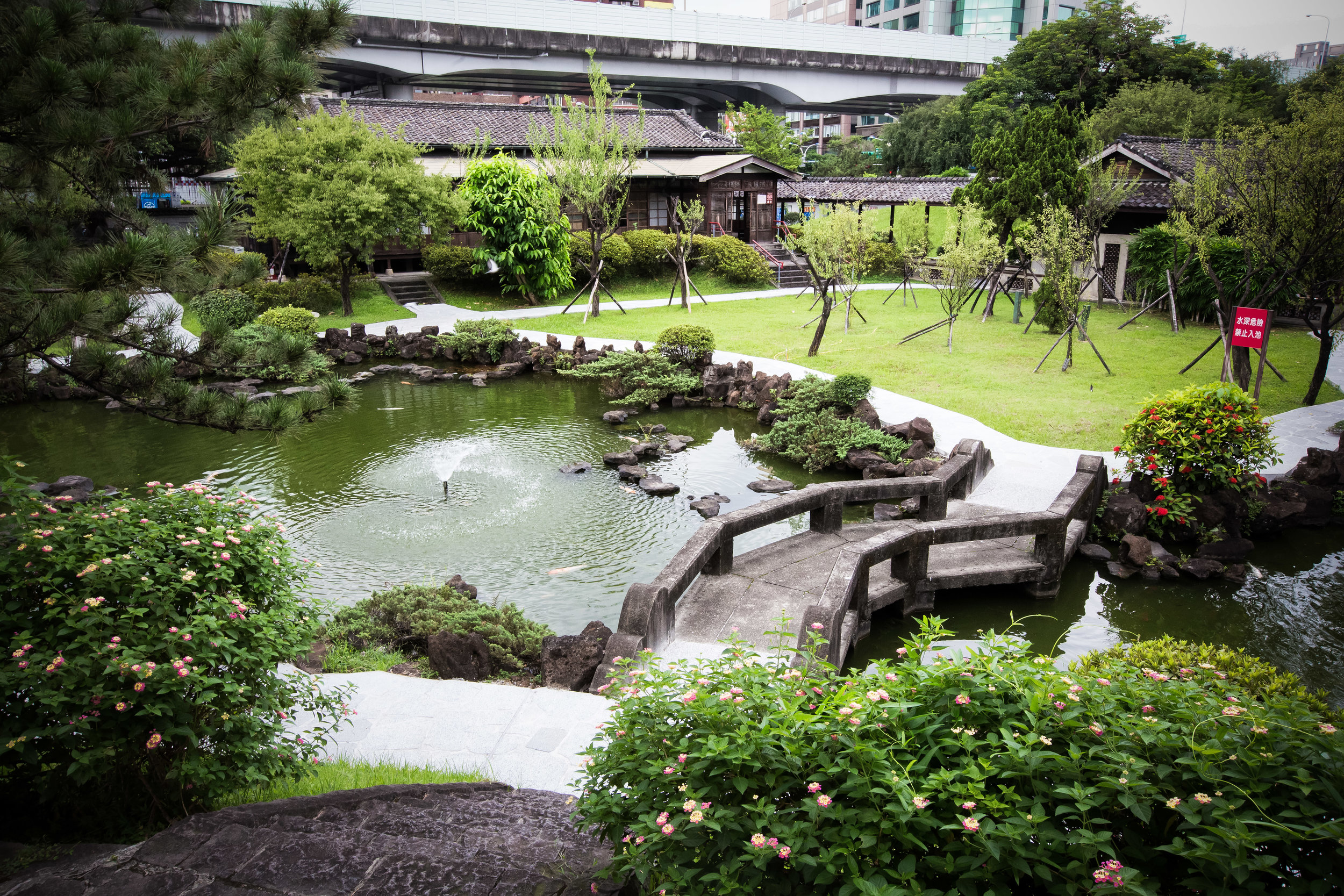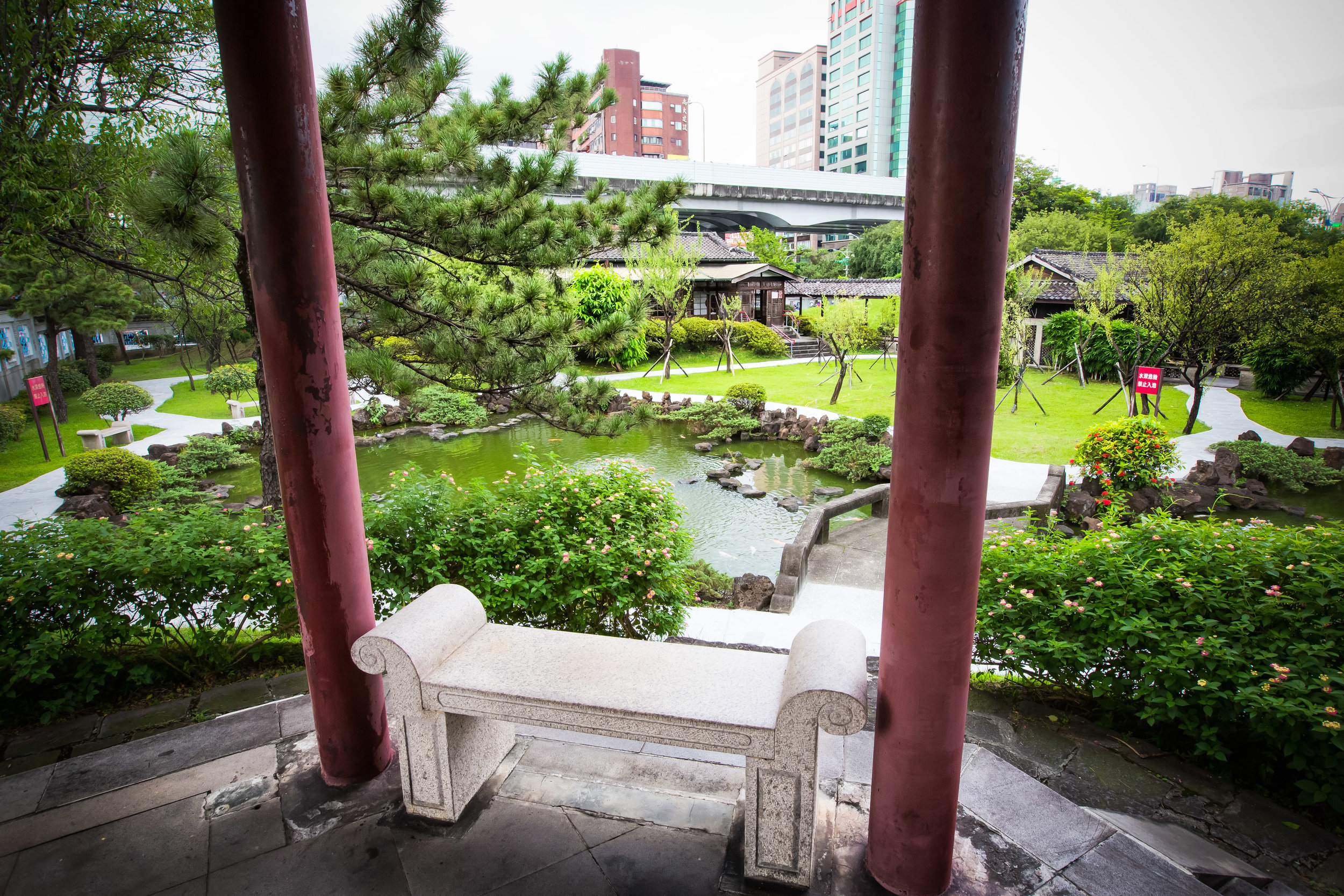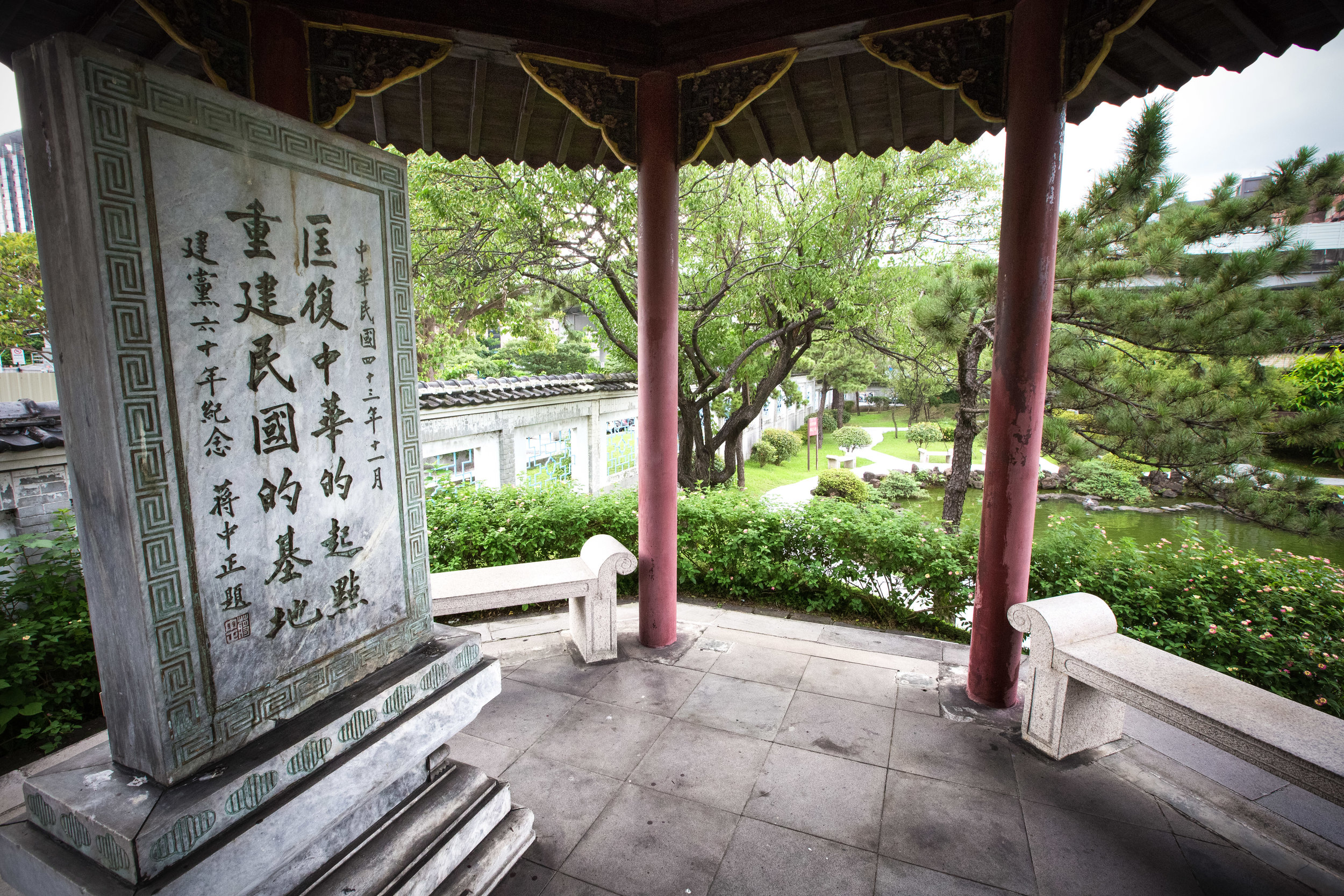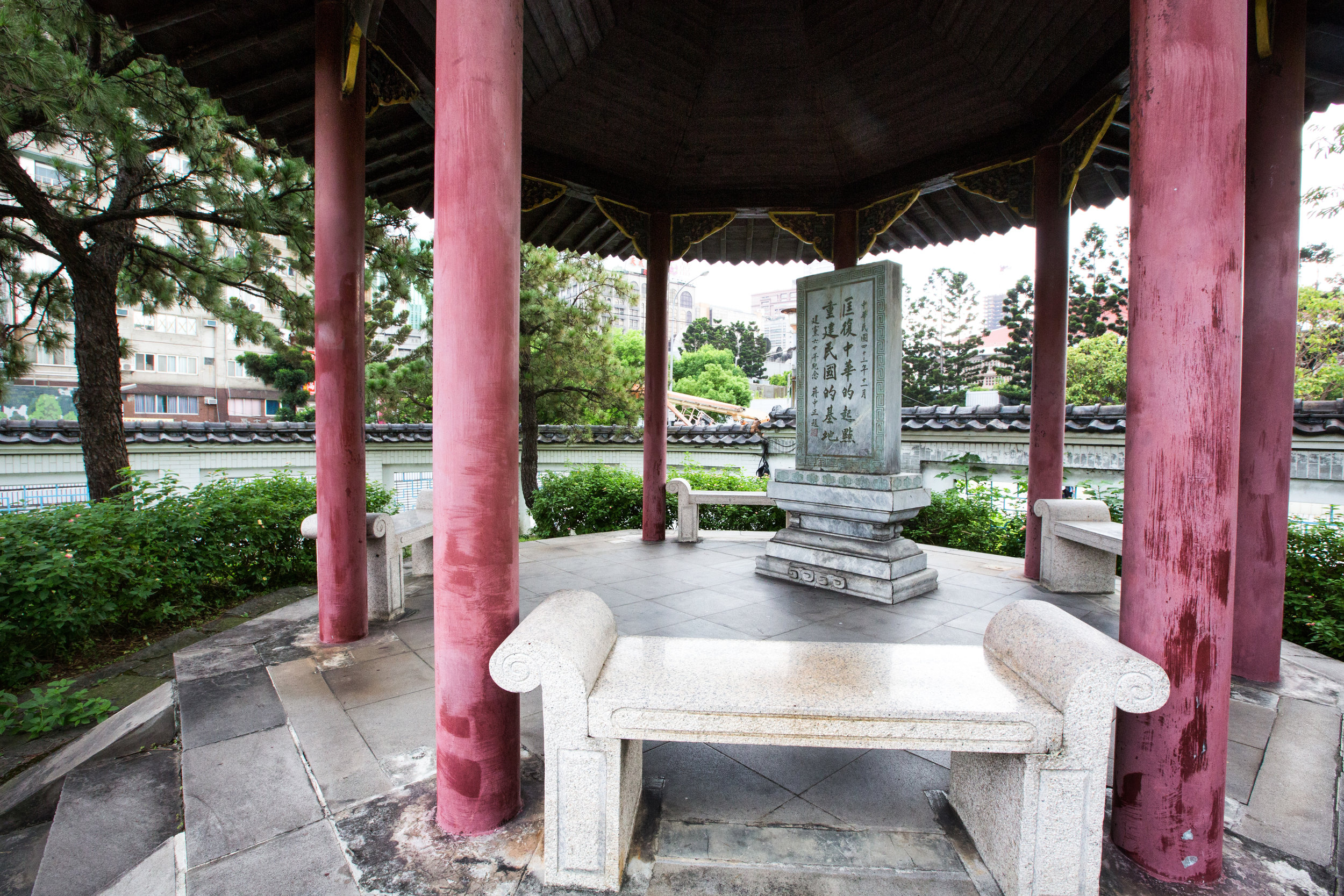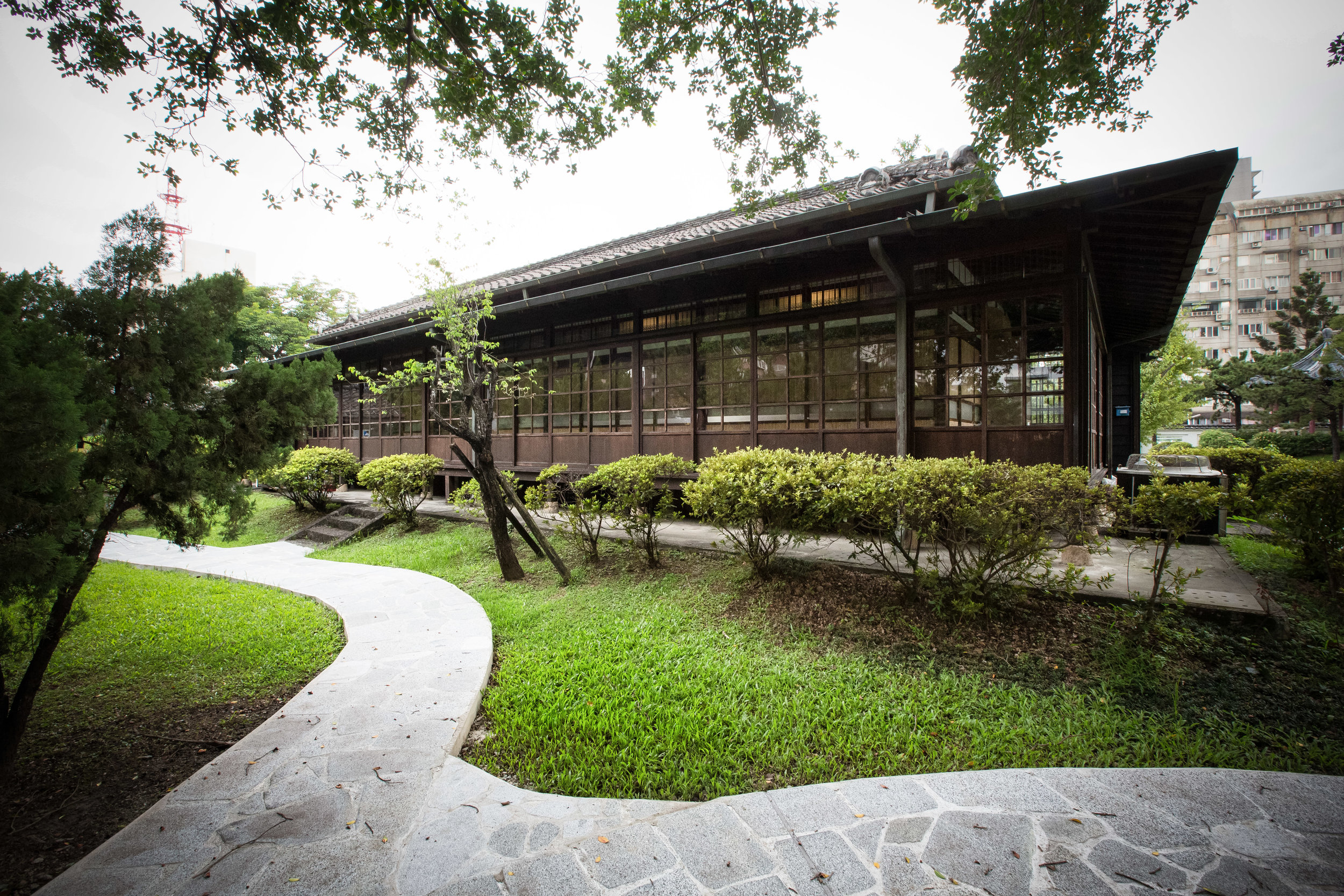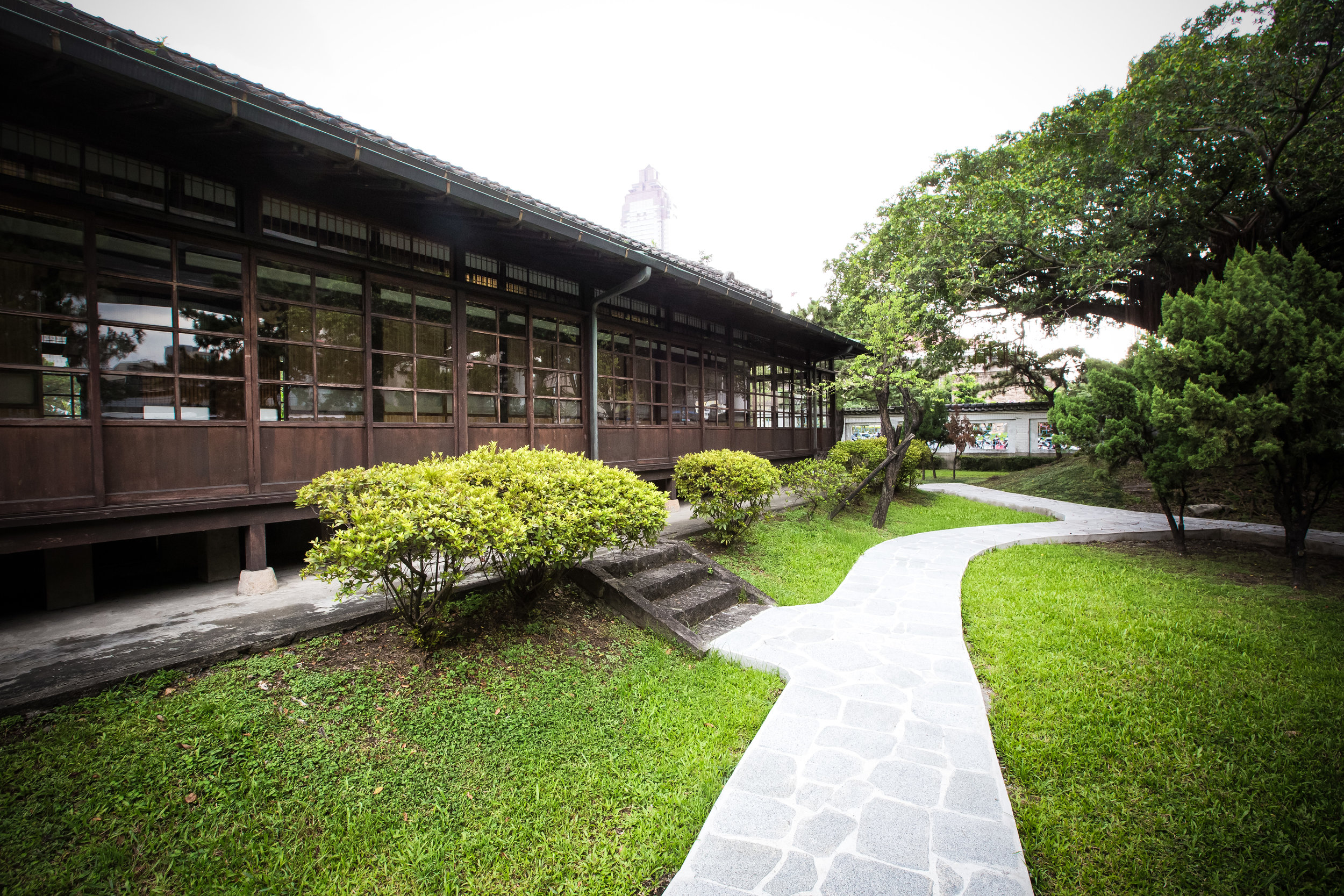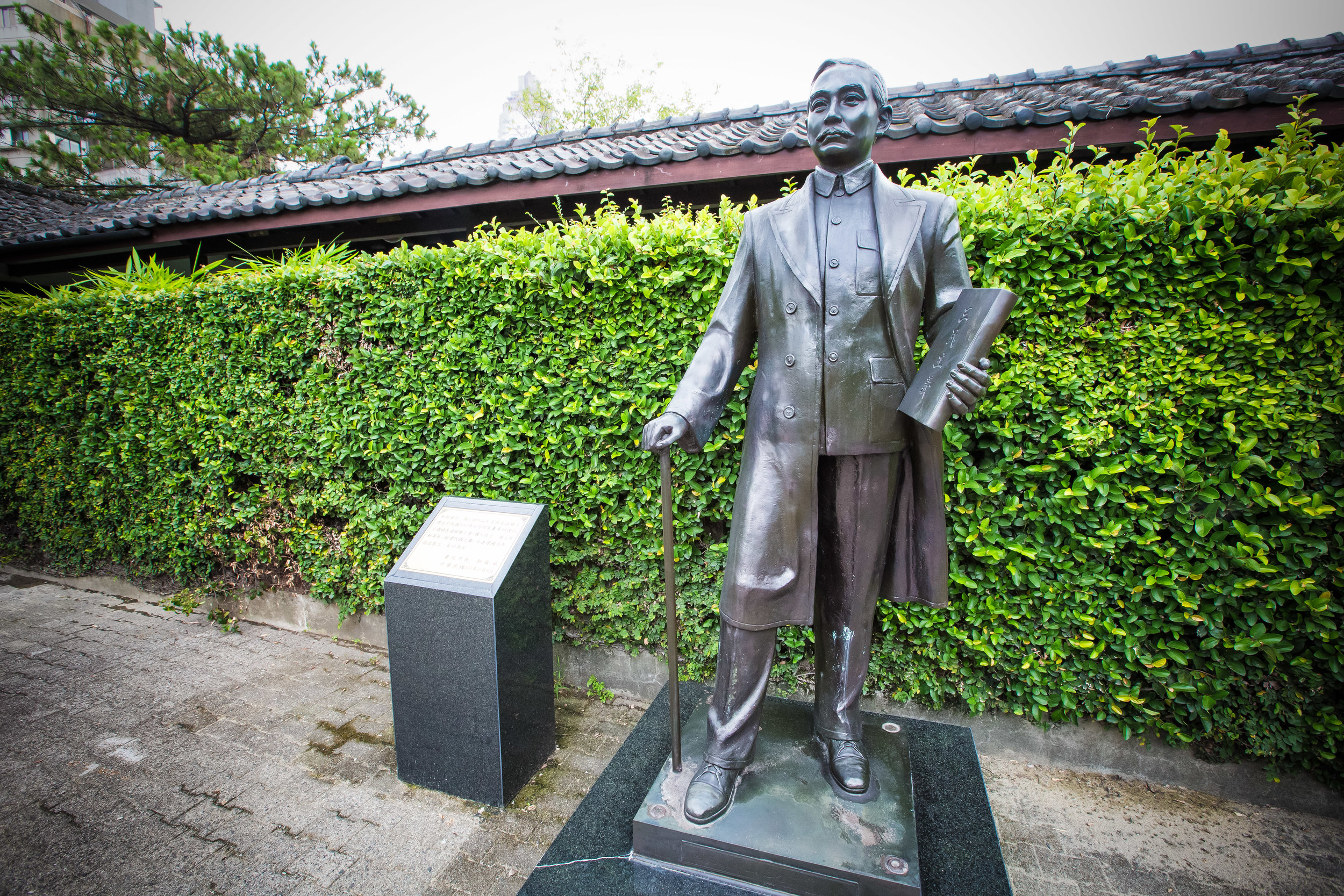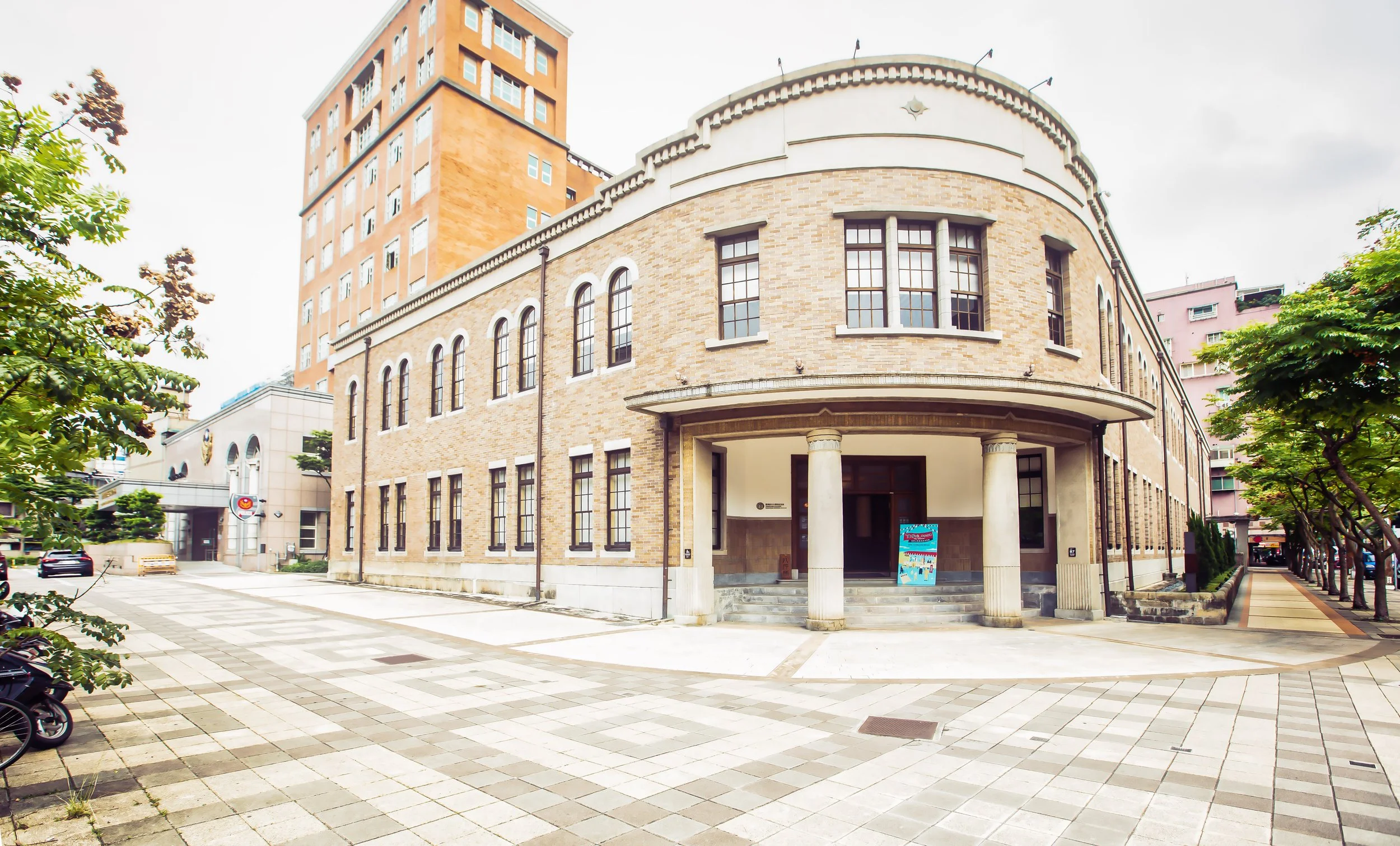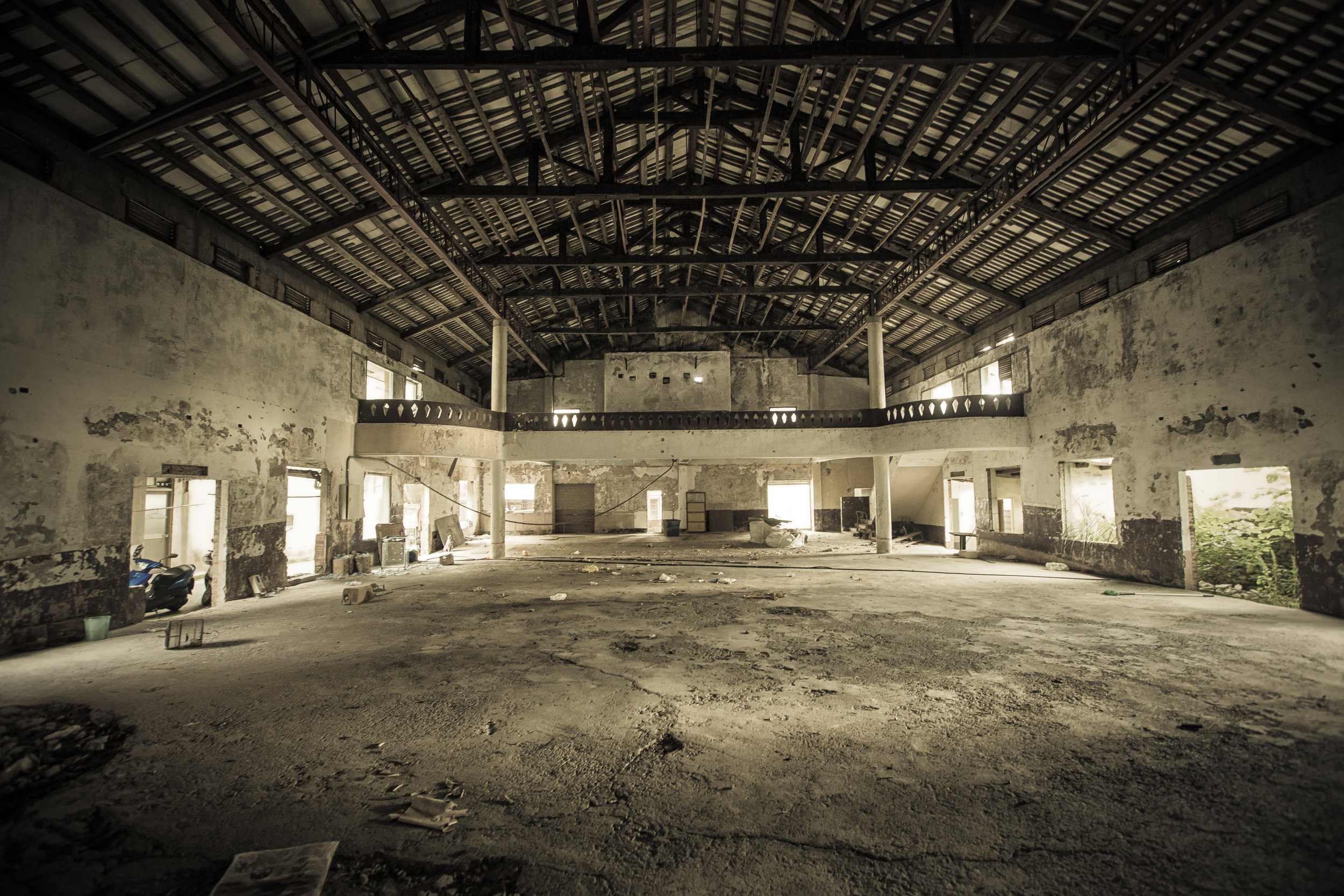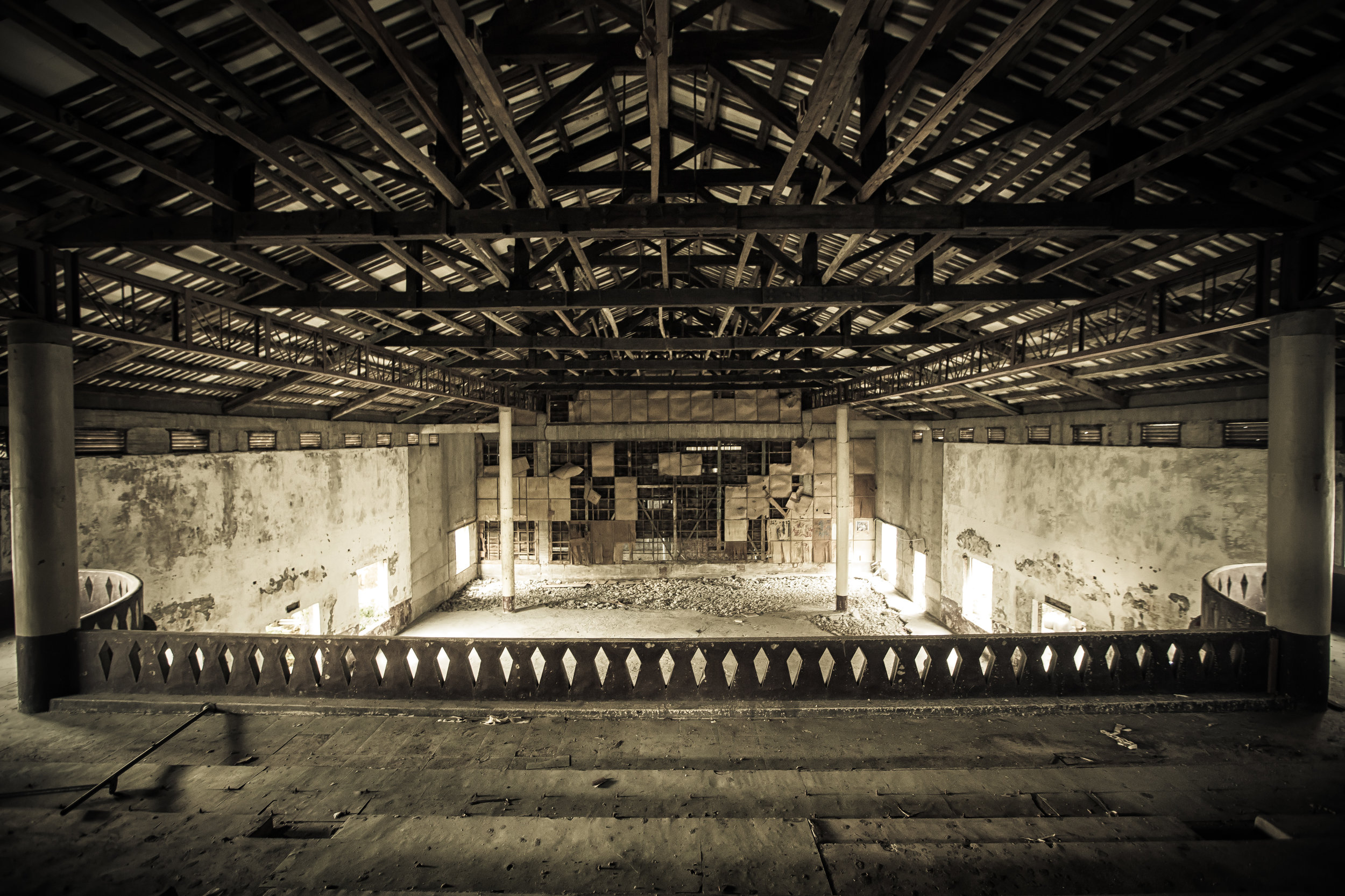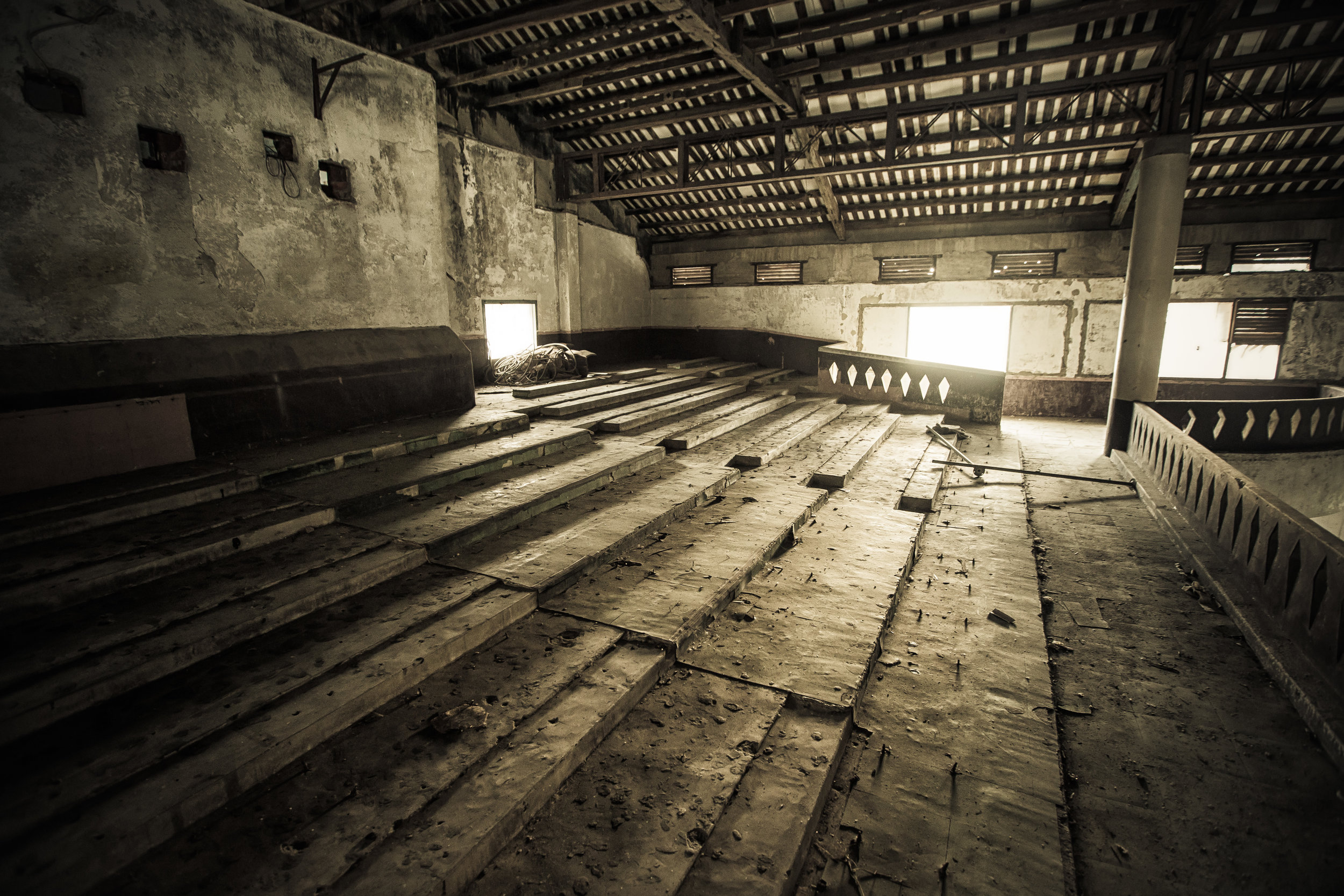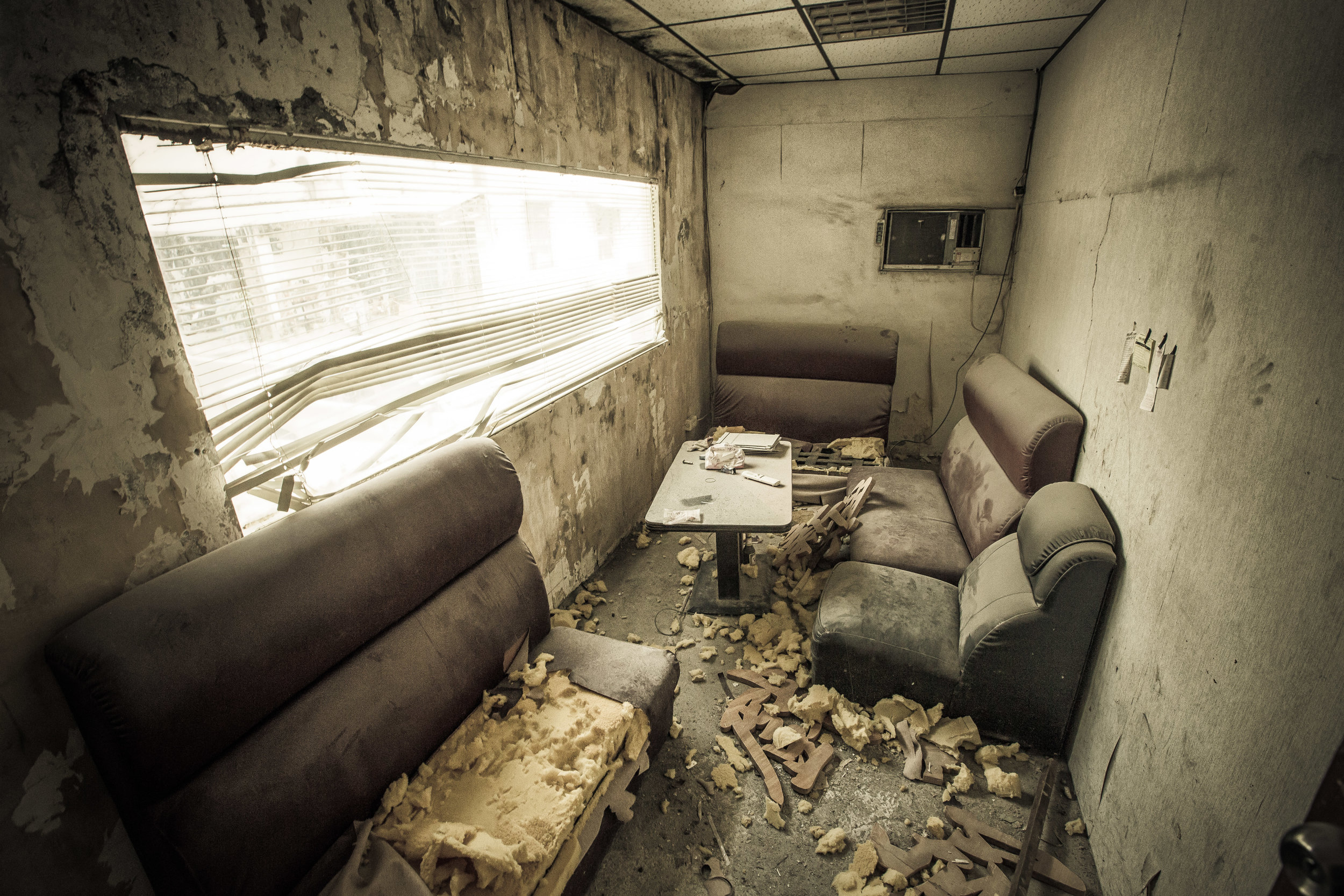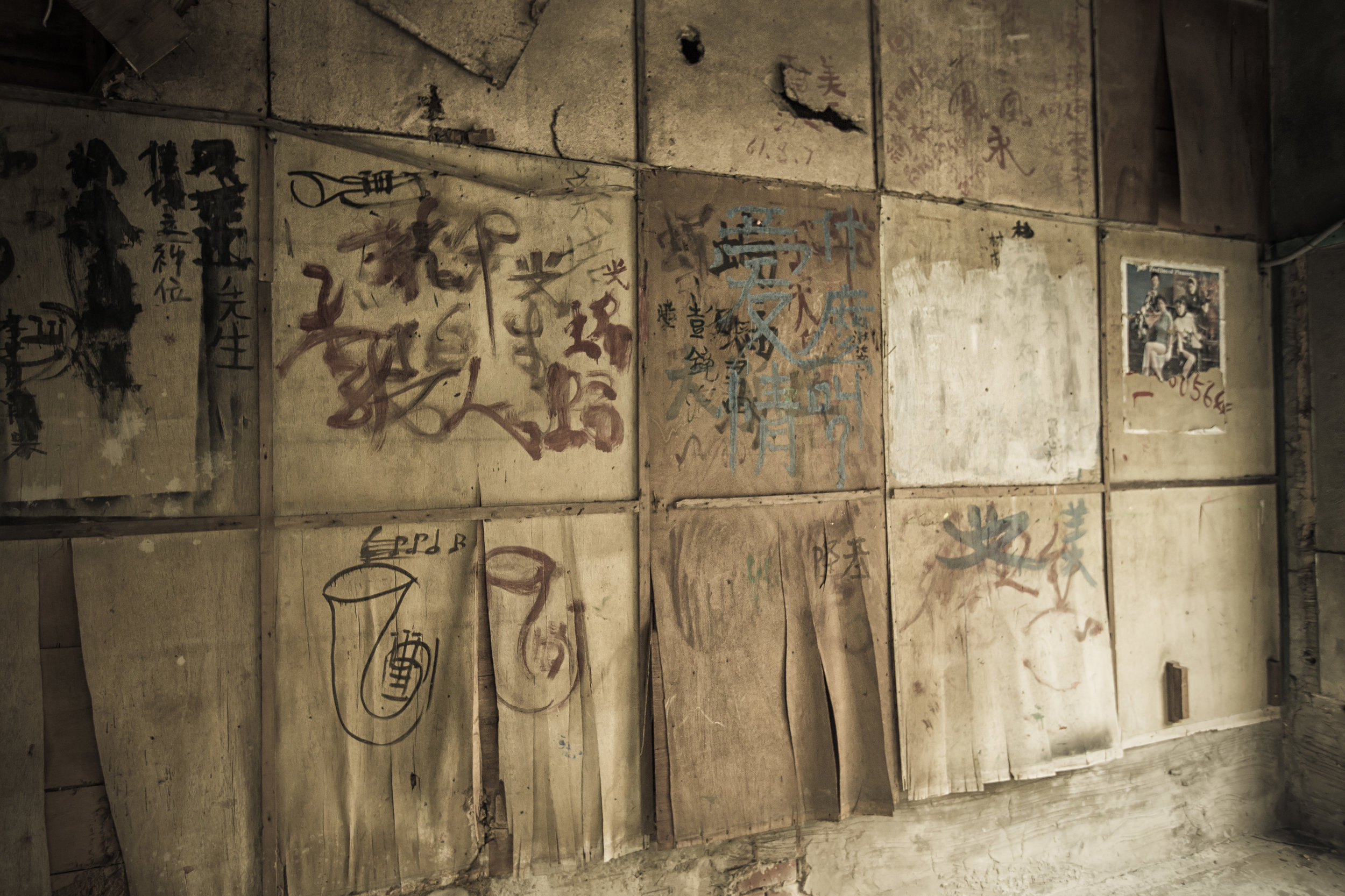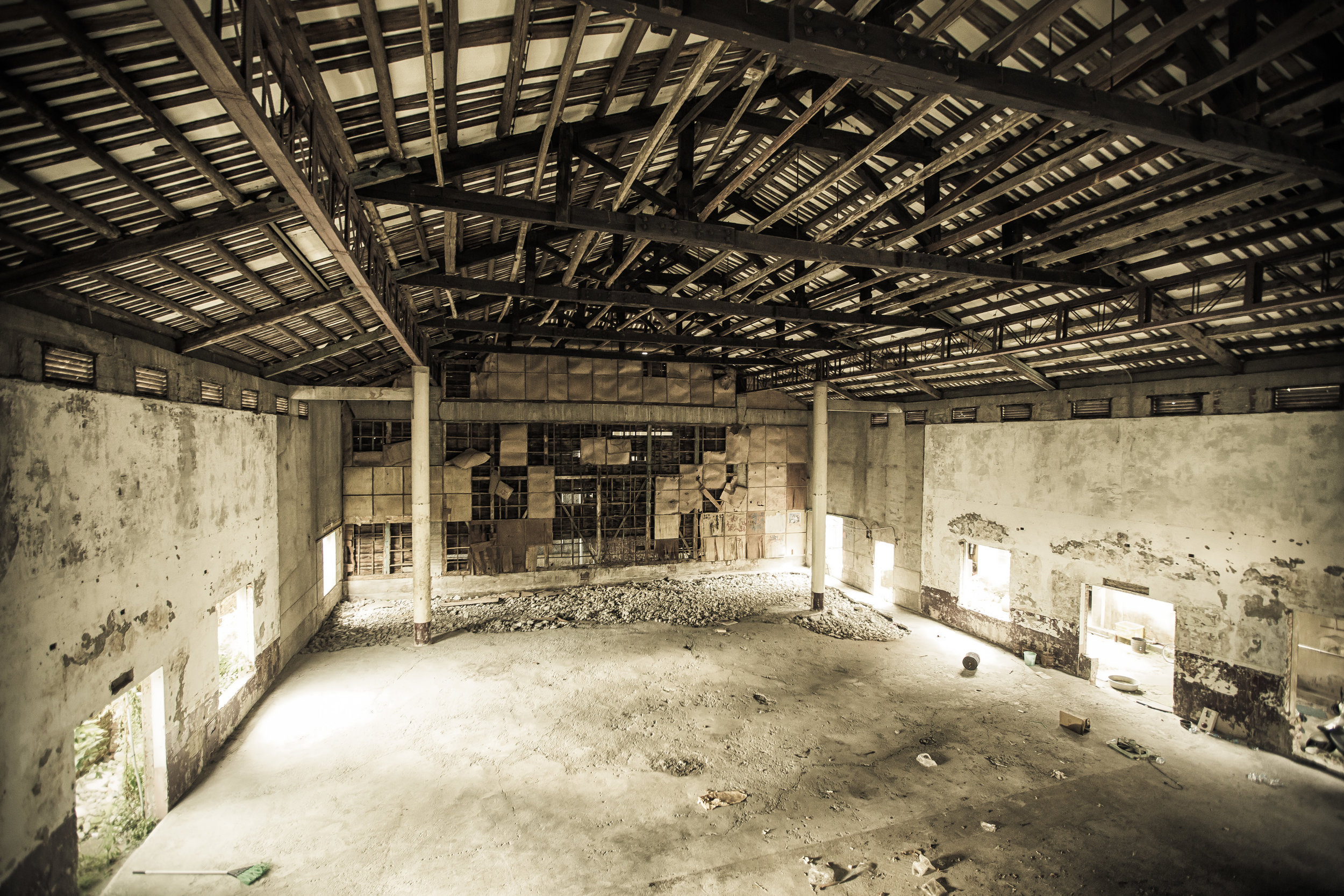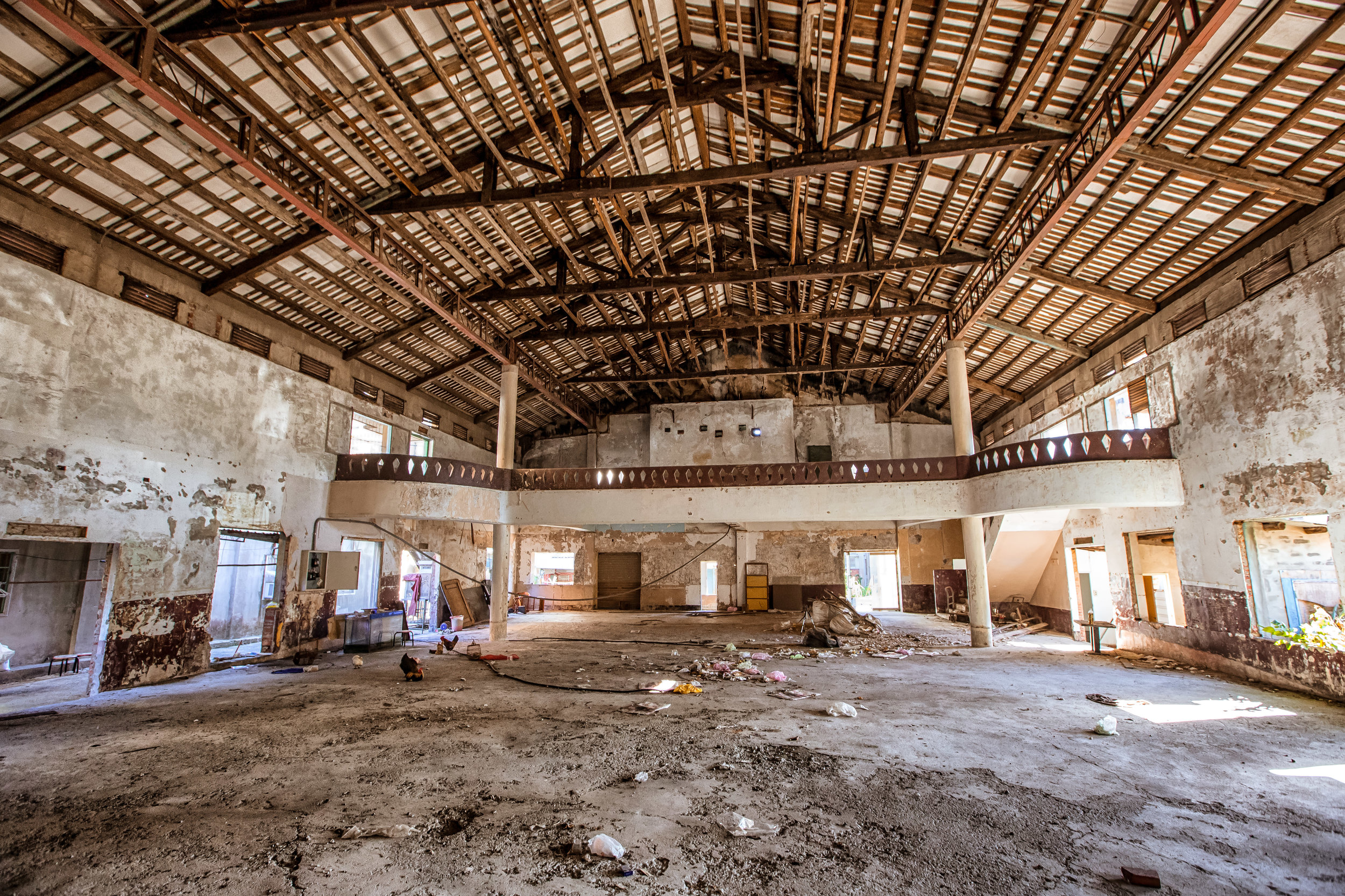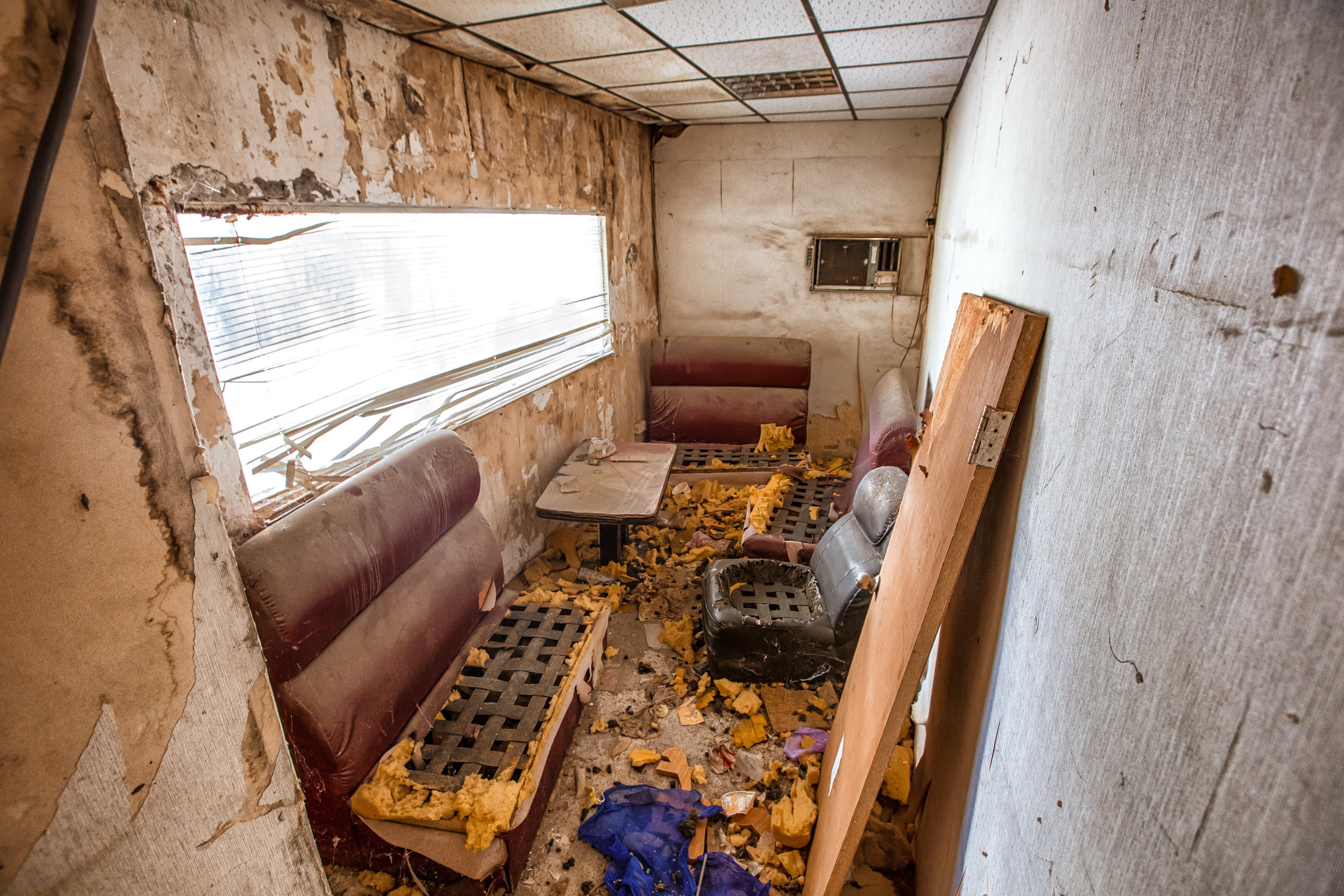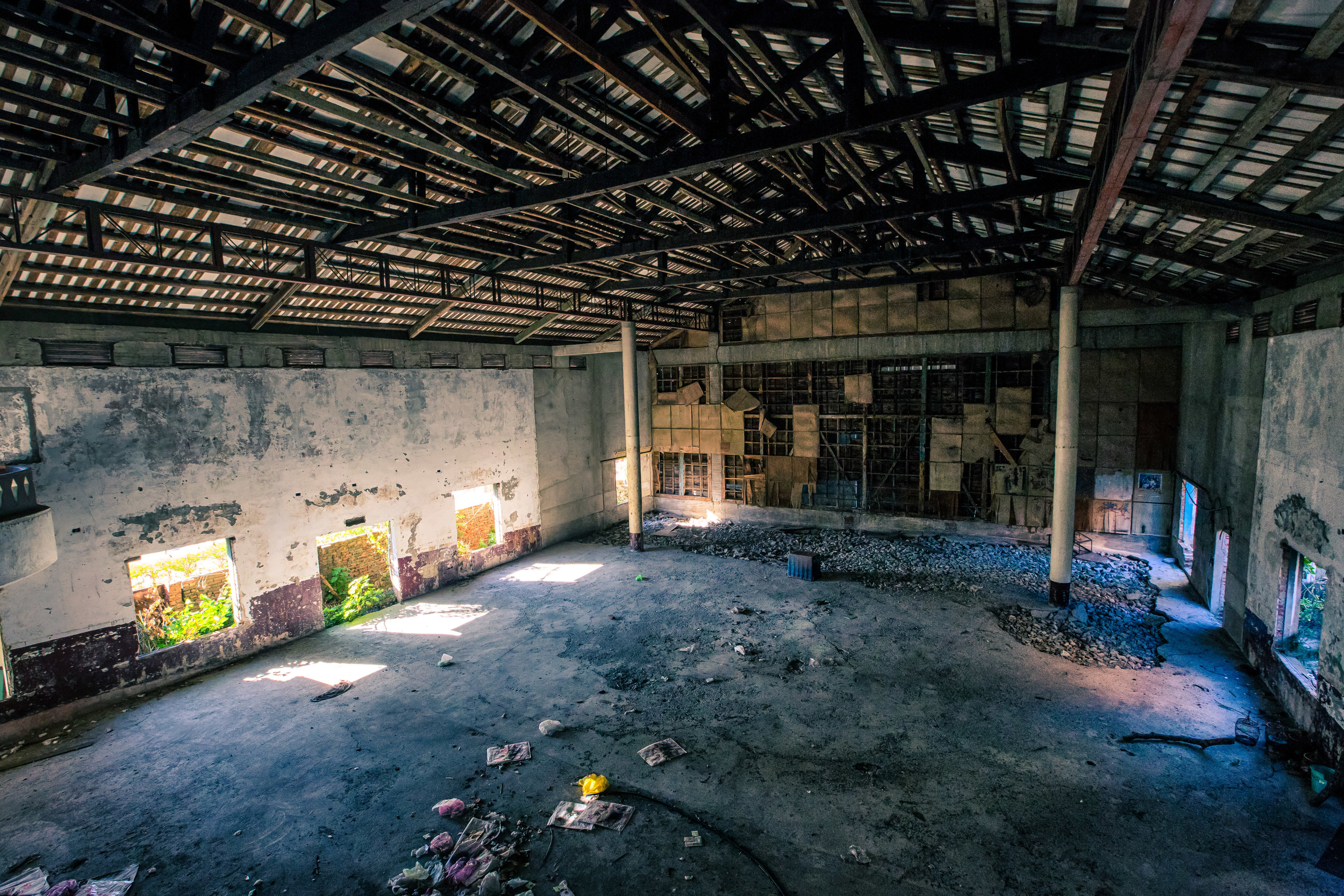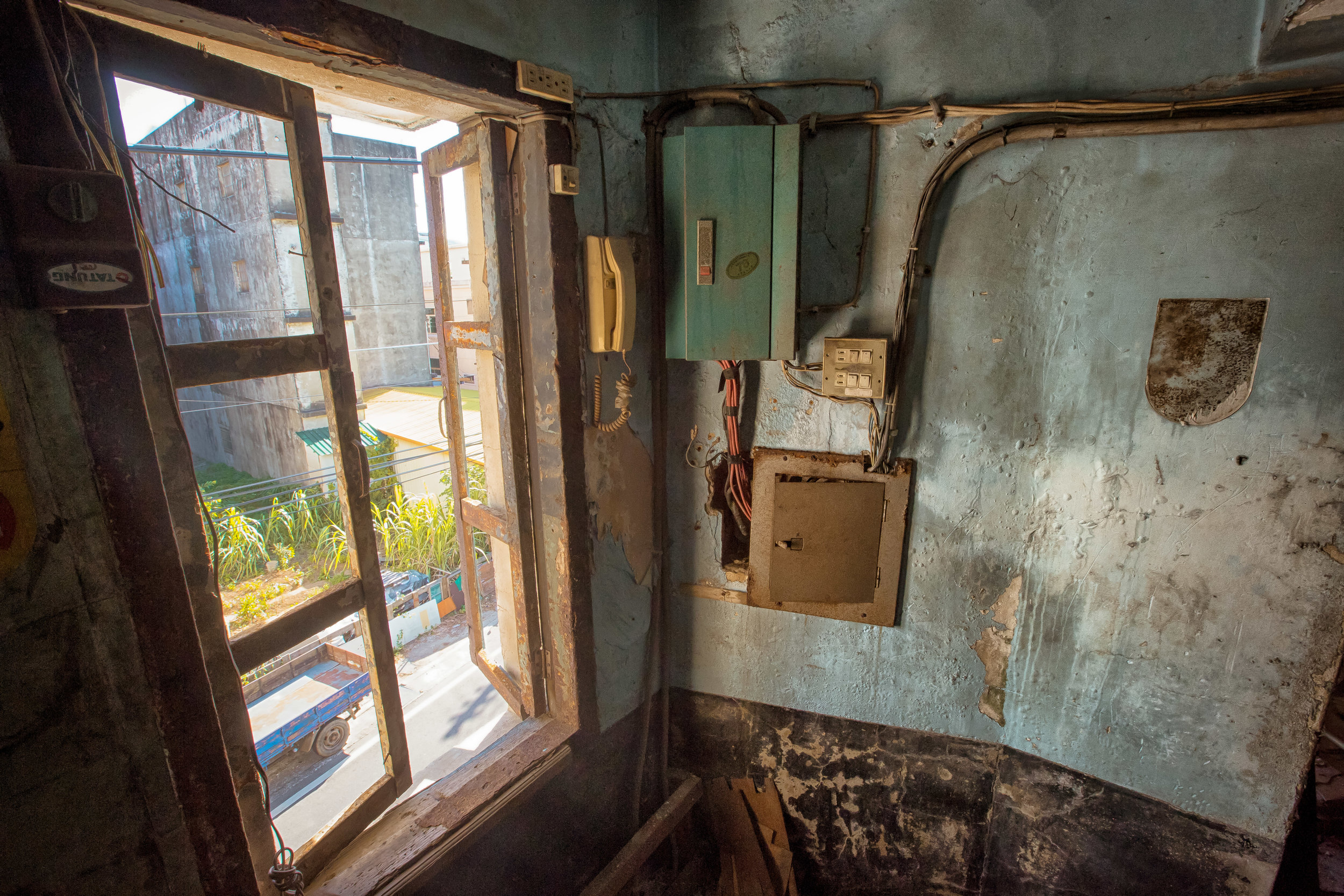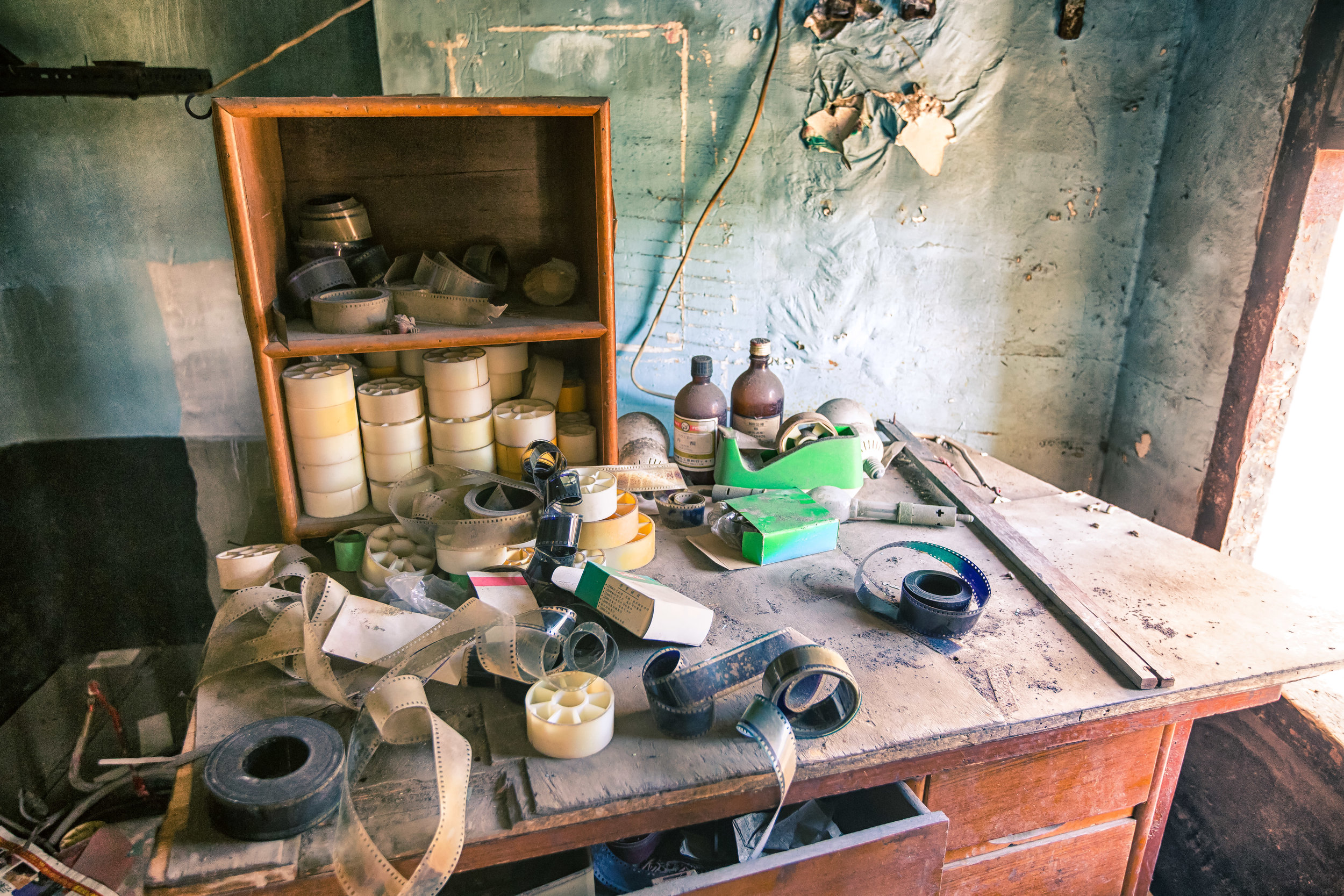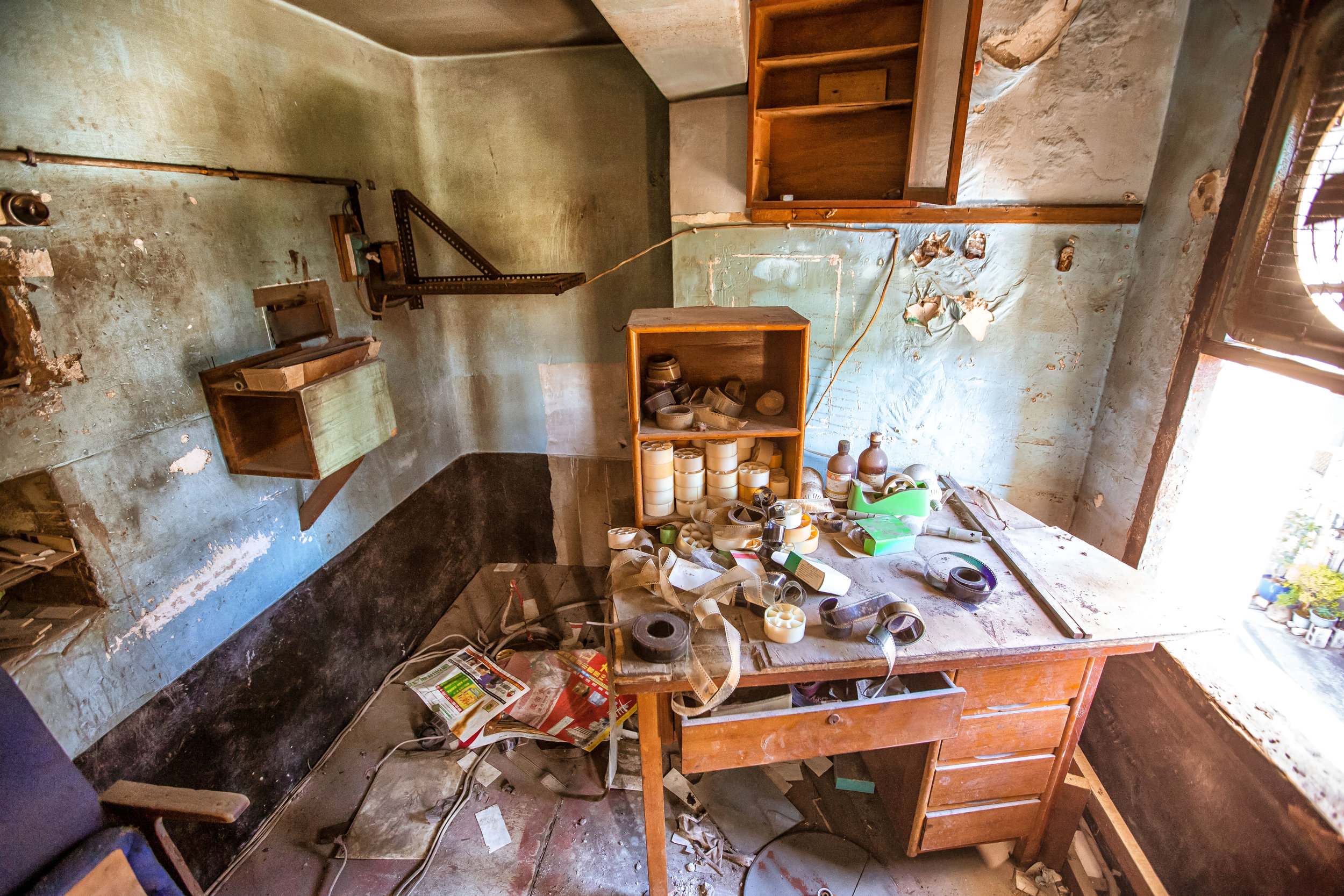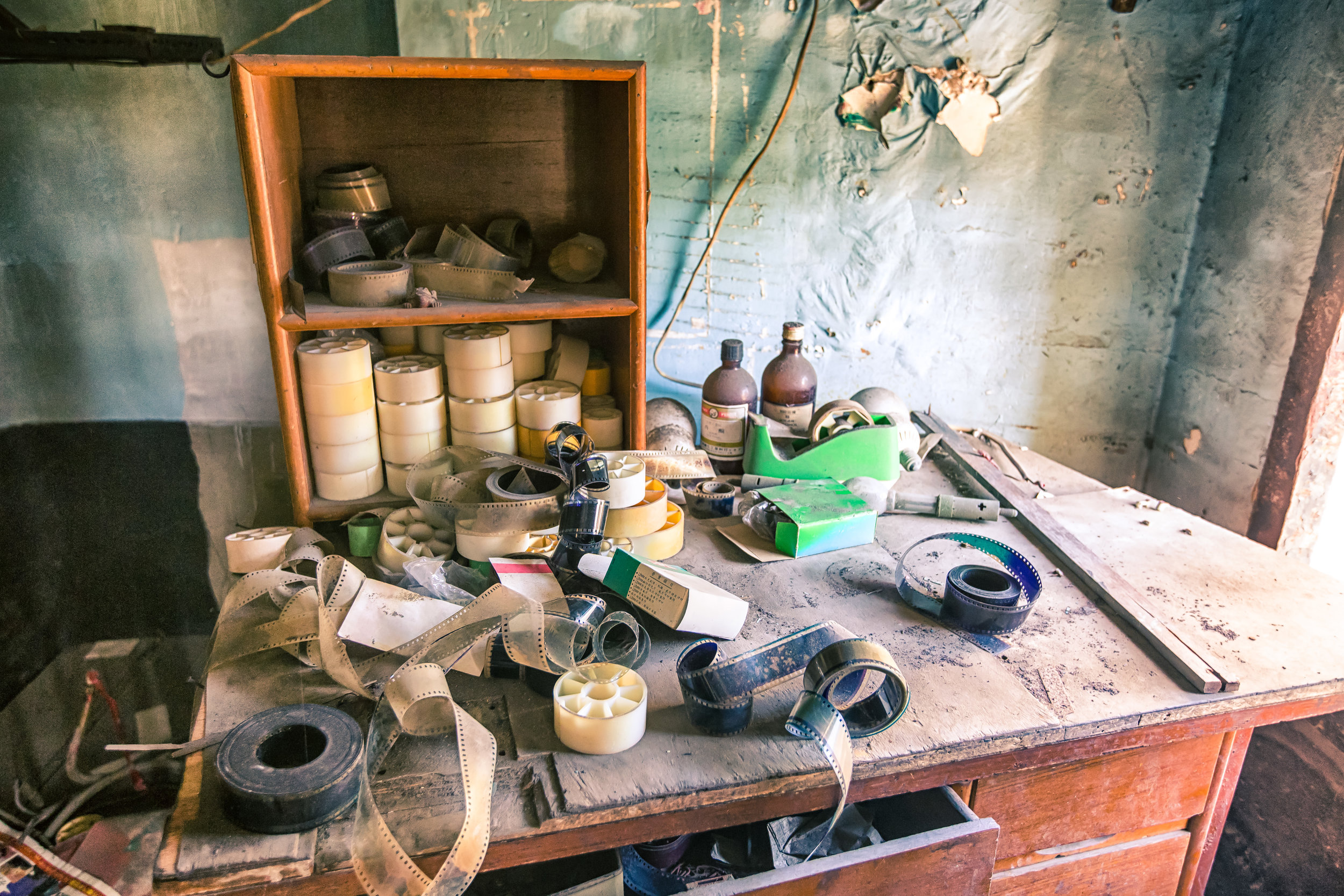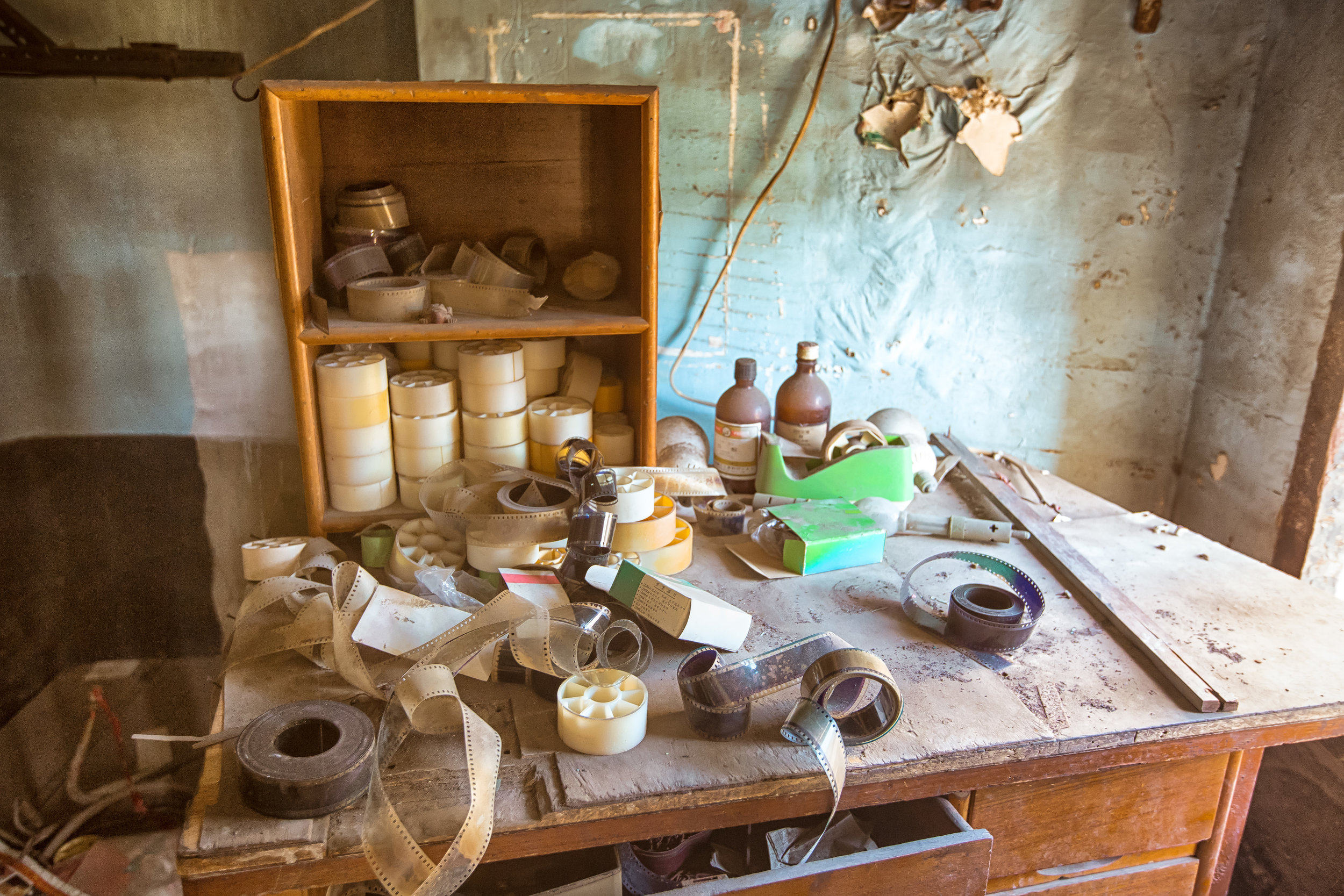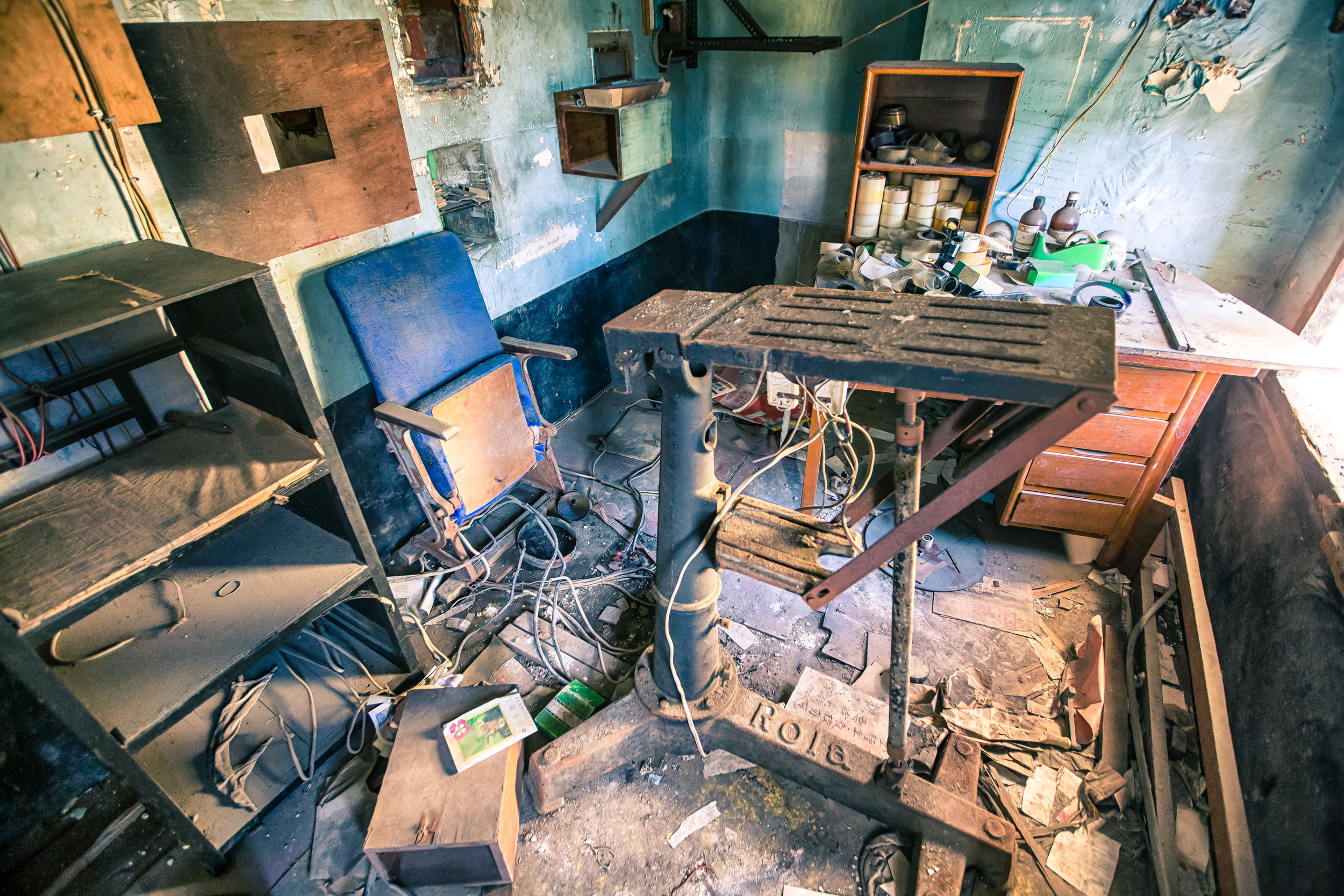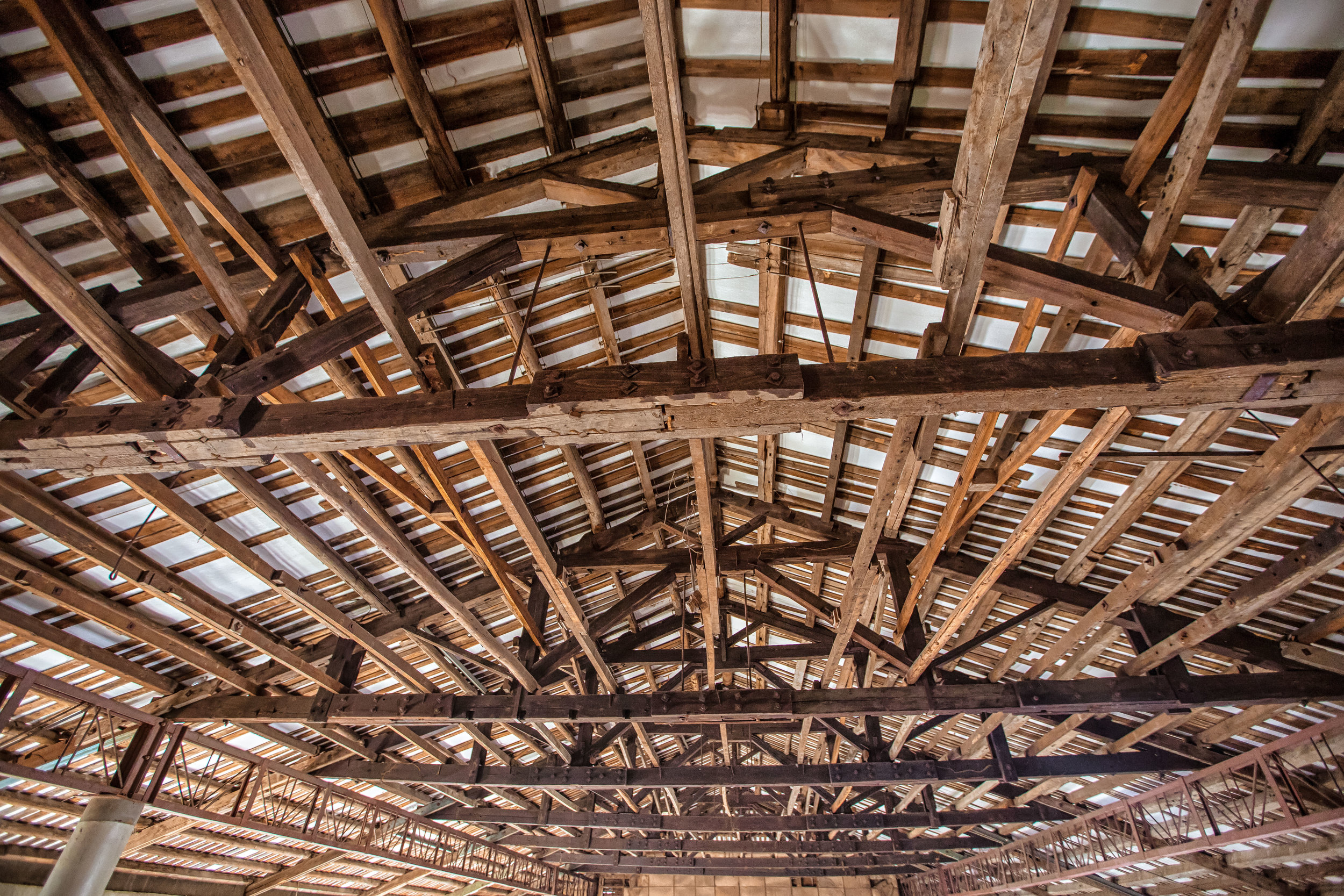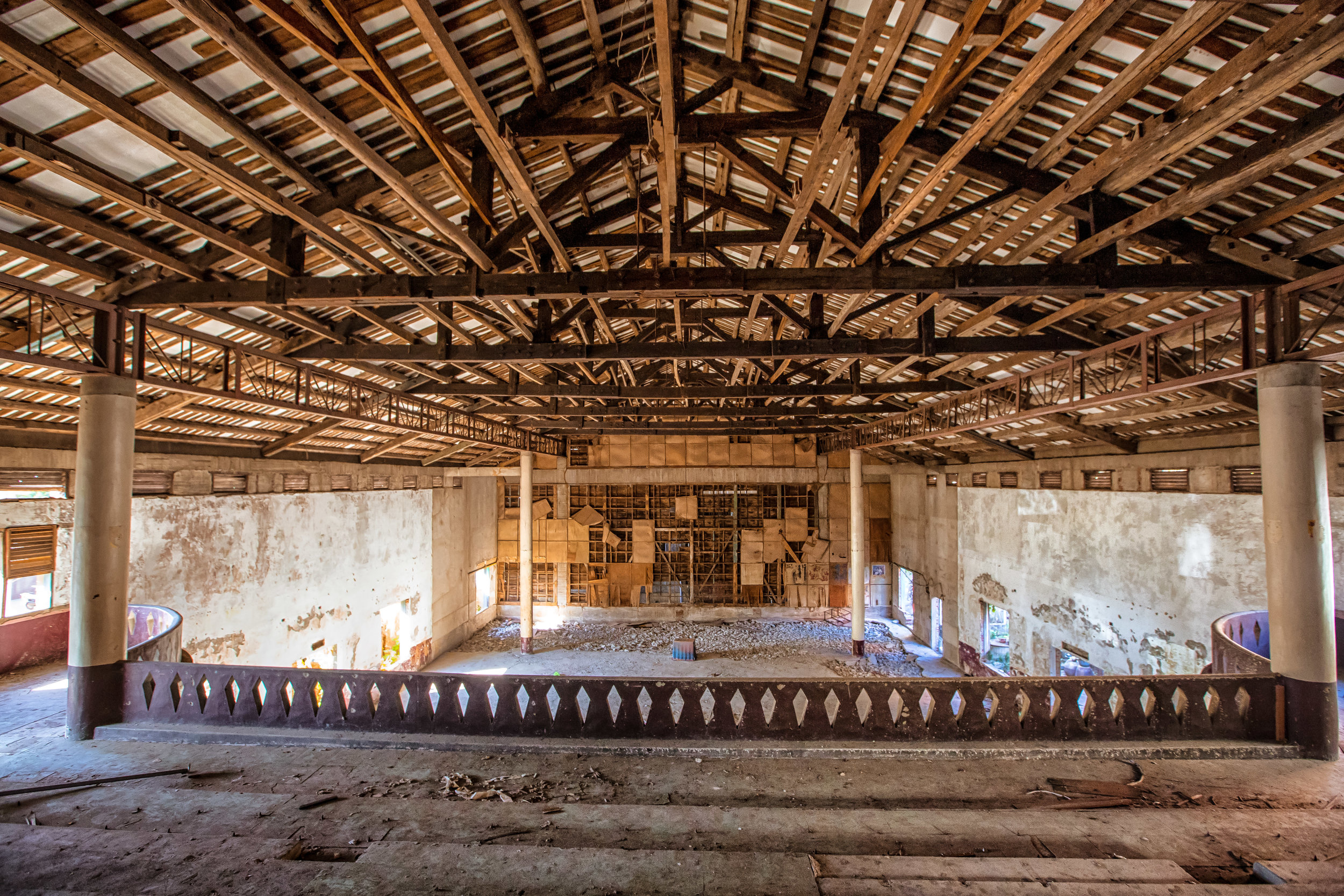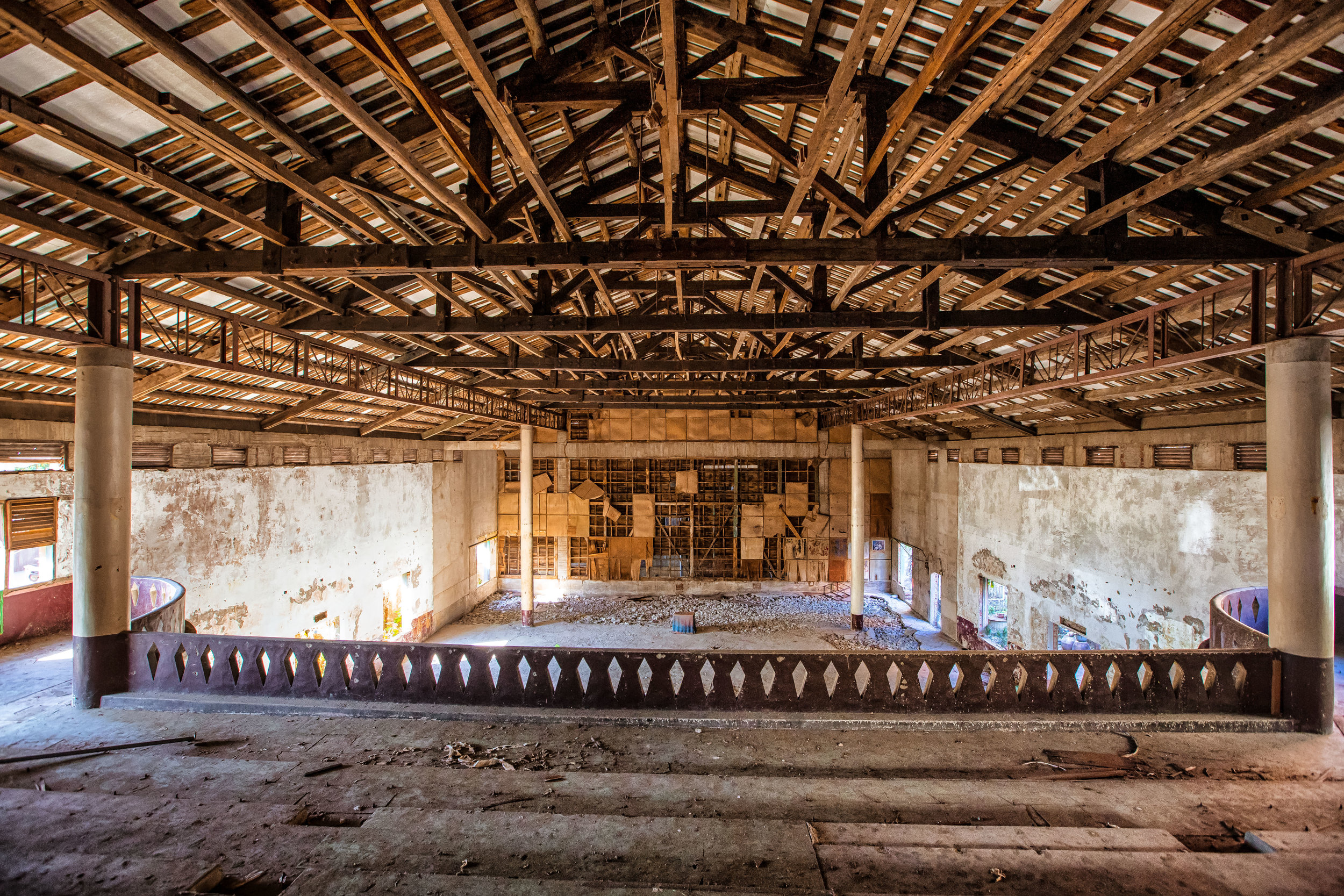Lingjiao Waterfall (嶺腳瀑布) is one of the many beautiful waterfalls found within New Taipei City's mountainous Pingxi District. It's not the highest, the widest or the most visited of them all but it is probably one of the best if you plan on going for a swim.
The waterfall is around 12-13 meters high and the flow of water you are likely to see will vary each time you visit. If you're lucky you may see one very large and wide waterfall but if there hasn't been a lot of rain you may see several smaller falls. I've seen photos where the two falls combine together to make a single set of falls but I think that when they are separated into two that it is actually more beautiful!
The waterfall finds its source from the Keelung River (基隆河) which flows through the mountains of Pingxi all the way down into Taipei and is the same river that forms the much more well-known Shifen Waterfall downstream. The water from the river is an emerald green and a bit warmer than normal mountain springs making it great for swimming, river tracing and kayaking in the area near the falls.
The water in the pool at the base of the falls is around 9-10 meters deep which makes it quite a deep pool for a waterfall in this area. If you are going to the waterfall for a swim, you need to make sure that you are a good swimmer - The deep water is what makes this waterfall fun though because it makes jumping from the top an activity that (I don't recommend) is completely awesome!
There are two trails to take you to the waterfall, one trail takes you down to the base while the other takes you to the top where people do their cliff jumping. There are several different places to jump from with highest being around 12 meters. Standing at the top and looking down can be a bit scary but once you take the jump you'll want to do it again and again.
This is where I have to caution you though - jumping is dangerous and not really permitted. If you have done this kind of stuff before and you're really comfortable with cliff-diving and swimming you will enjoy this. If not you will have to be really careful - On my visit to the waterfall a friend jumped into the water from the highest cliff but entered the water ass-first. A few days later her legs and back side were a giant purple bruise. It was funny but I also felt really bad for her.
Coincidentally as I'm writing this blog a friend posted a news link on a photo I shared of myself jumping that reported an 18 year old boy died while jumping. The article noted that he was jumping too close to the actual waterfall and not from the jumping cliffs that the majority of people use. Ultimately the strong current and whirlpools created by the waterfall hitting the water below didn't allow him to resurface in time and he drowned which is extremely unfortunate.
As far as I know, the waterfall was shut down by the police for some time so that they could conduct their investigation. I'm not really sure if it is opened back up as of yet.
It seems like the waterfall was more popular years back and someone tried to develop it as a tourist attraction. Next to the pool of water there is a concrete mound with holes, stairs, rooms and even a nude photo of a girl from the 70's or 80's. The mound could be best described as a Hobbit hole or maybe even Yoda's house. It is extremely strange but also quite indicative of how Taiwan poured concrete all over its scenic tourist spots several decades ago in an attempt to attract visitors and seem modern. The mound right now isn't actually in very good shape and it was never really maintained so it looks out of place and there is also a lot of trees and shrubs growing all over it.
Recently there have been some blog posts from bloggers like Follow Xiaofei who have reintroduced the waterfall to a new crowd of people and I have seen social media posts from friends throughout the summer, but for the most part the waterfall isn't really that busy. I went during the week with a small group of friends and we had the entire waterfall and pool to ourselves which was amazing!
Personally I'm conflicted as to whether this waterfall being popular is a good thing or not. I fear that if too many people know about it more accidents will happen. If this is the case, the government will definitely overreact and the waterfall might be shut down completely for recreational activity. On the other hand I feel like this is yet another of Taiwan's beautiful and under appreciated scenic spots so it should be promoted.
All I can say is that if you plan on visiting and you plan on swimming and/or jumping please exercise caution, don't get hurt and don't ruin it for everyone else!
Getting to the waterfall is easy - You can travel by car or scooter and park near Lingjiao Train Station (嶺腳車站) just simply take the Pingxi Rail line to Lingjiao Station and walk for five minutes. There are markers along the road that show how to get to the waterfall so it is quite easy to find.
If you're in the Pingxi area and are sick of seeing the sky lanterns pollute the beautiful scenery then why not visit a waterfall or two? There are a multitude to choose from that range from the Sandiaoling hiking trail to the Shifen Waterfall. If you plan on swimming there are a lot of choices and I suggest you checkout Follow Xiaofei or Taiwan Waterfalls blogs to find the waterfall that fits your schedule! No matter what you choose, be safe and exercise caution!
Gallery / Flickr (High Res Photos)
